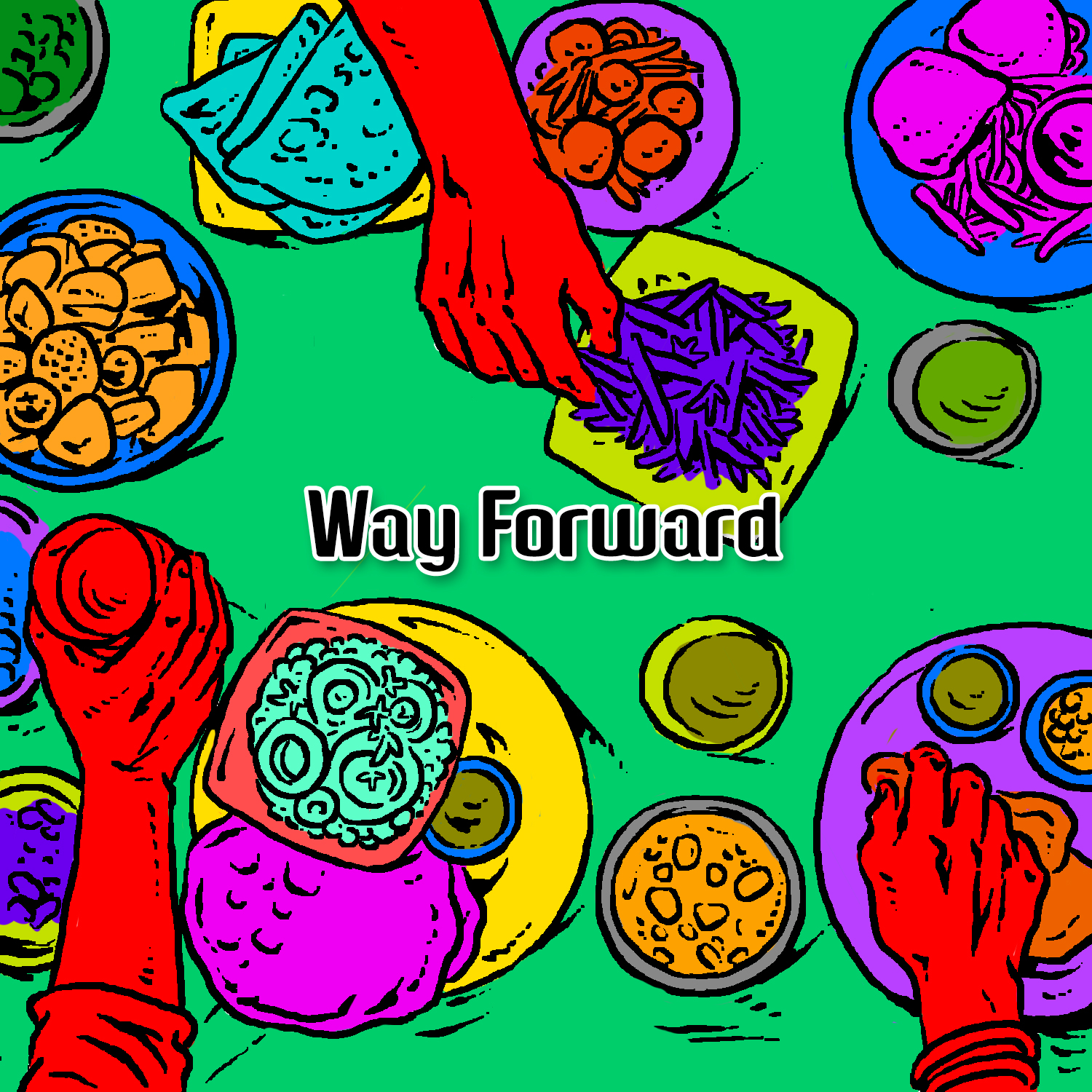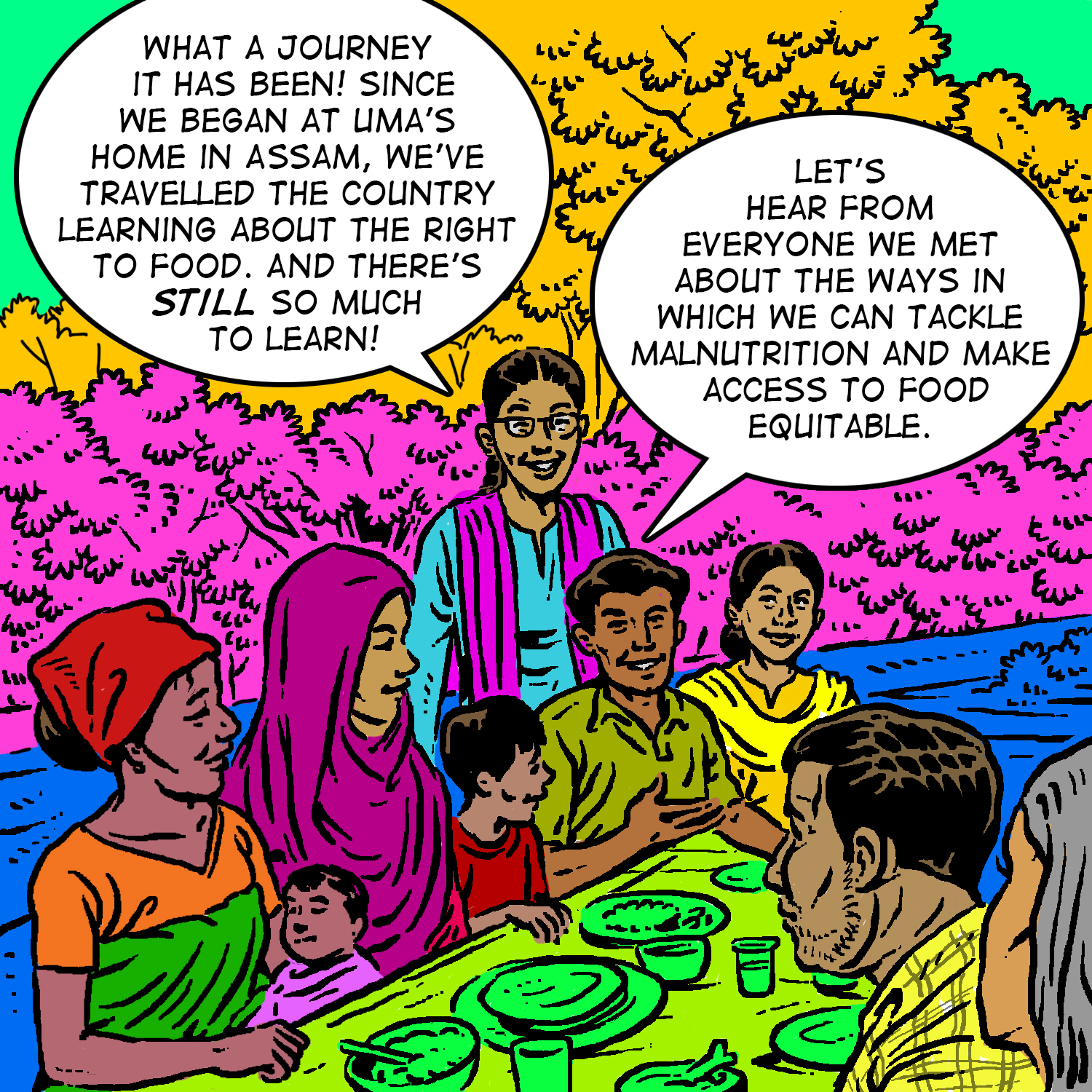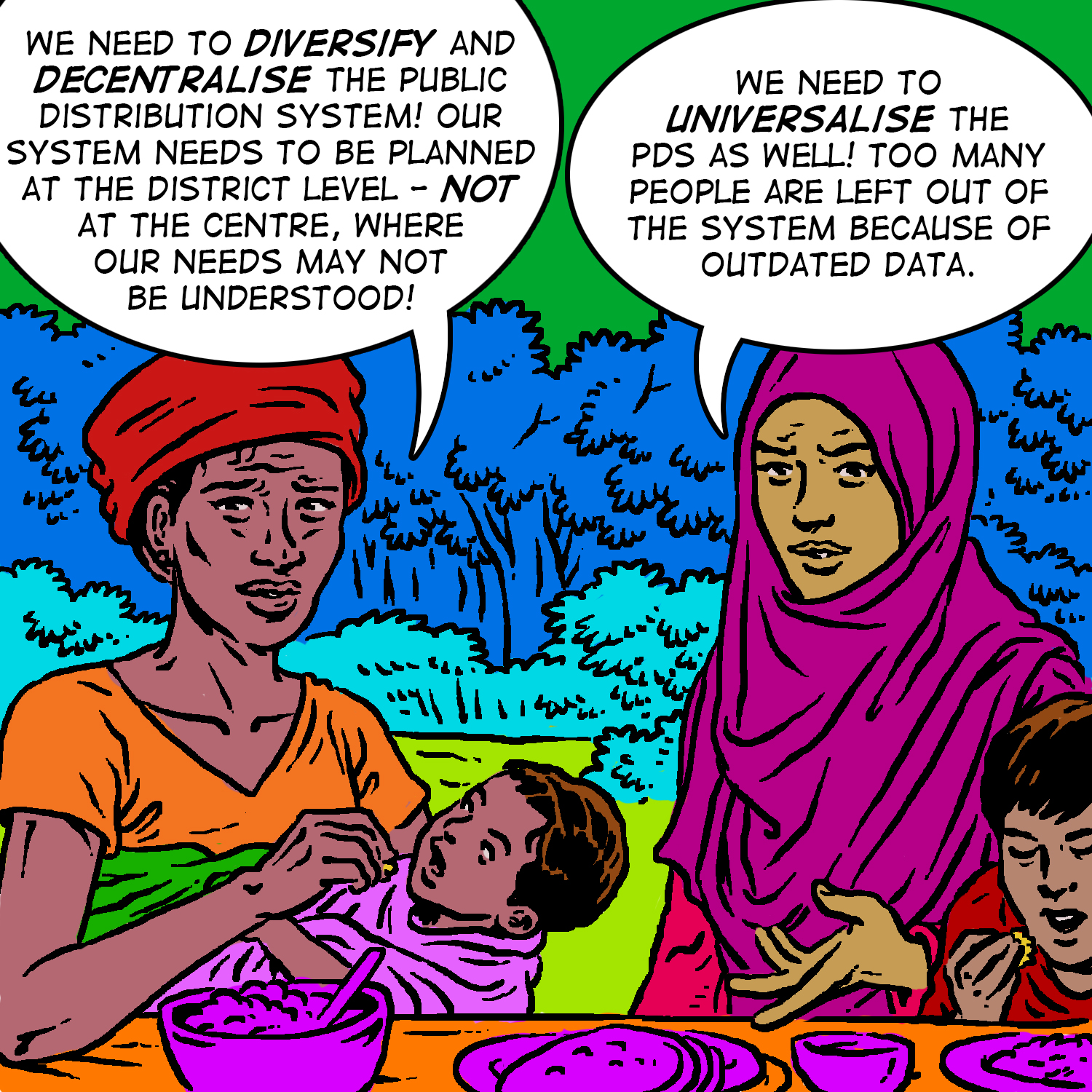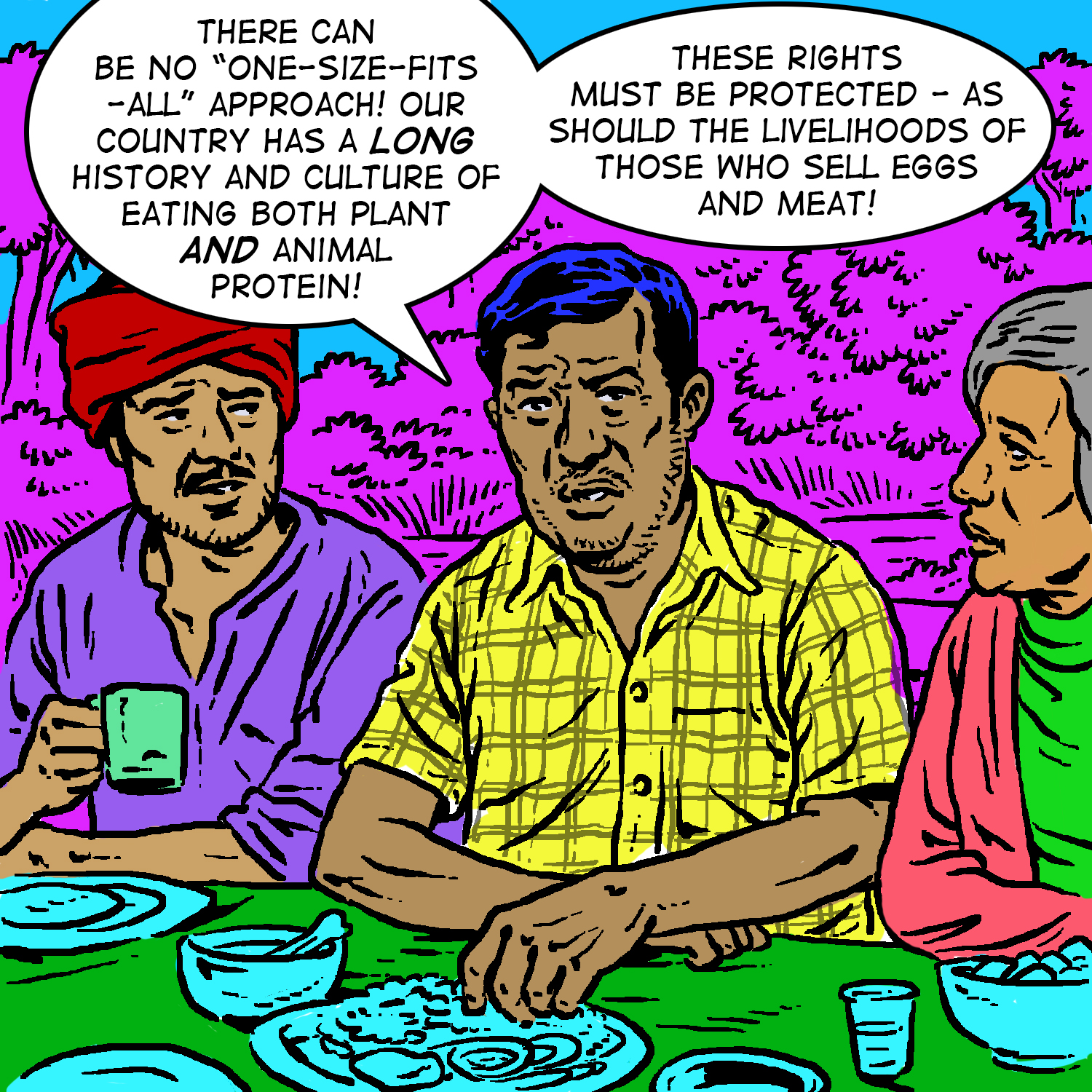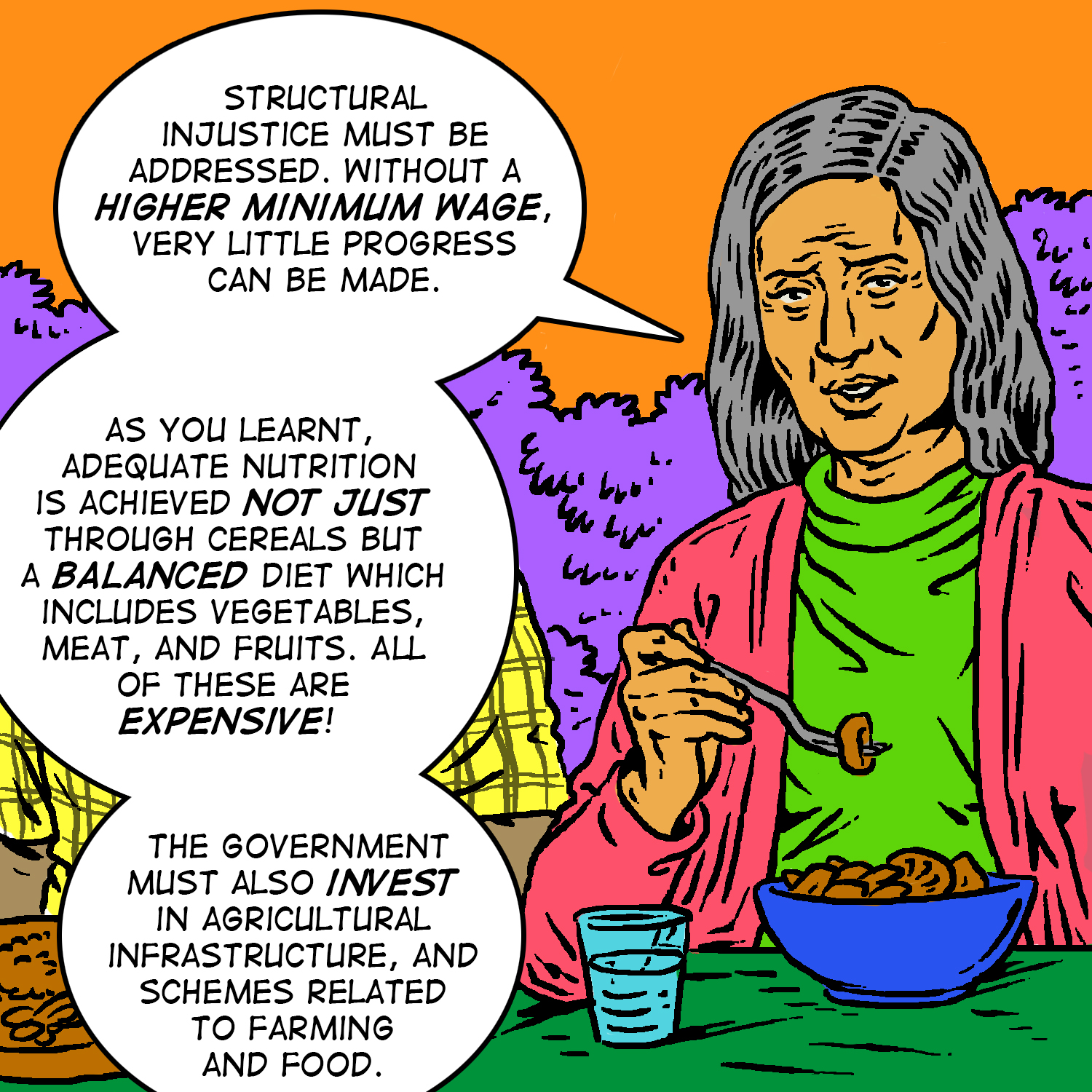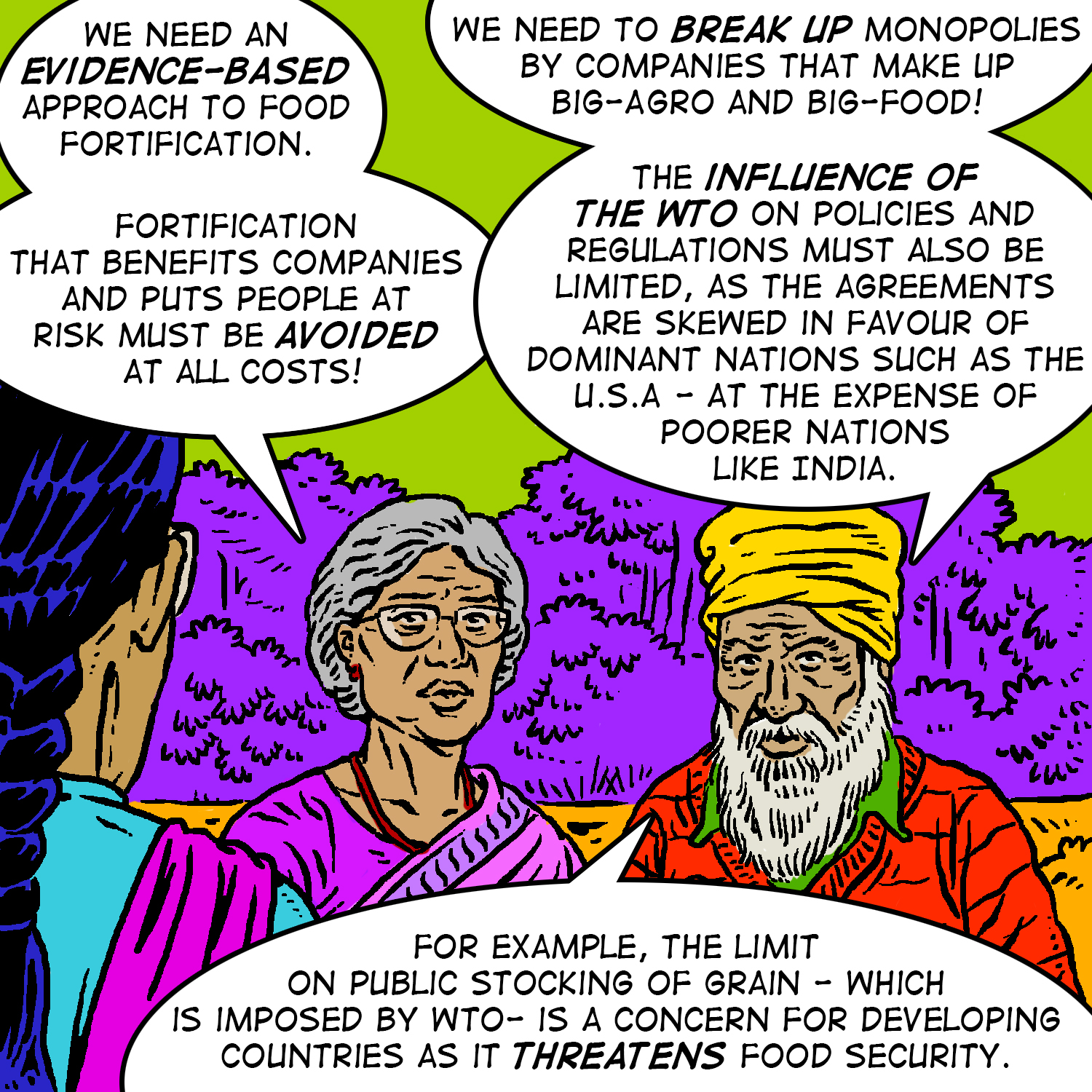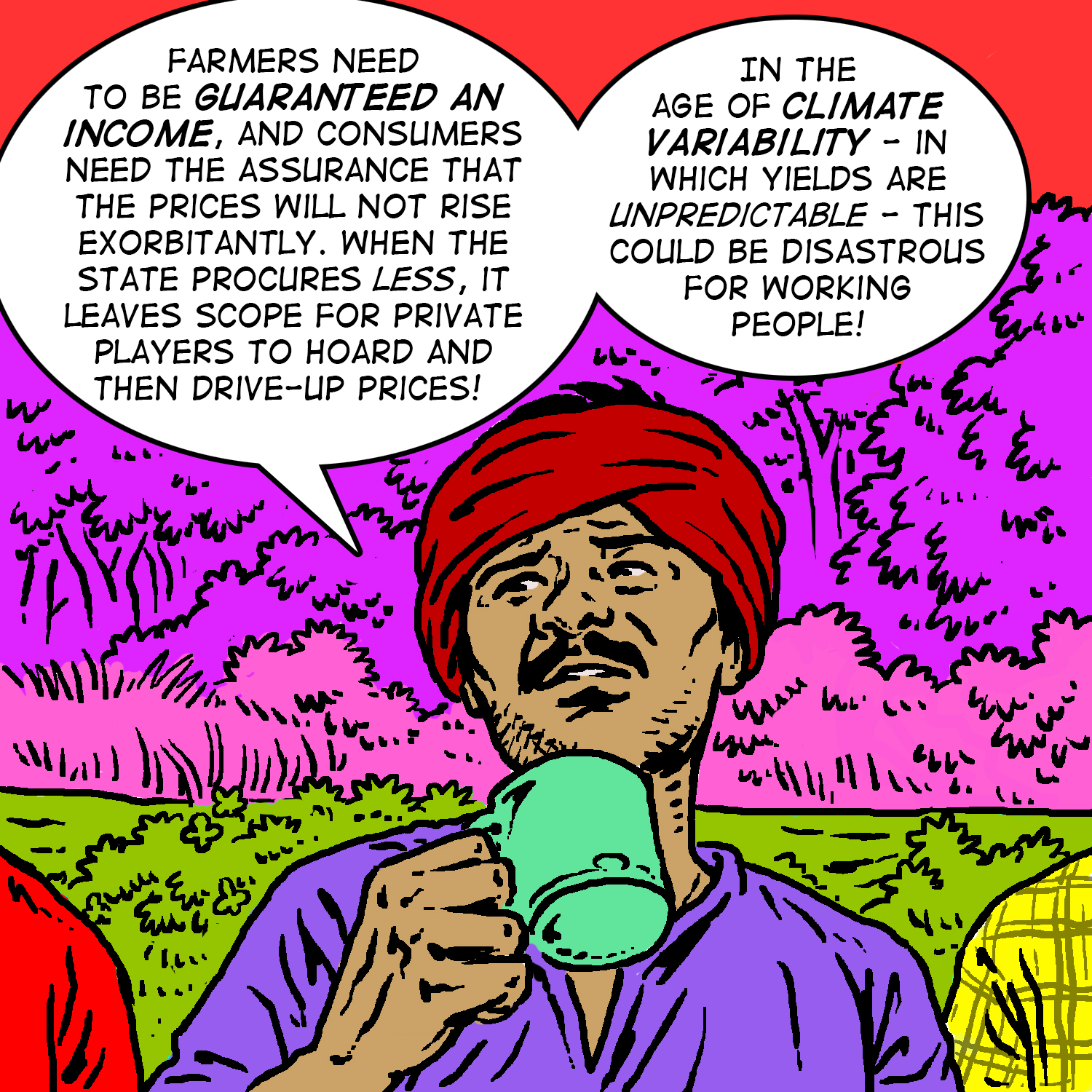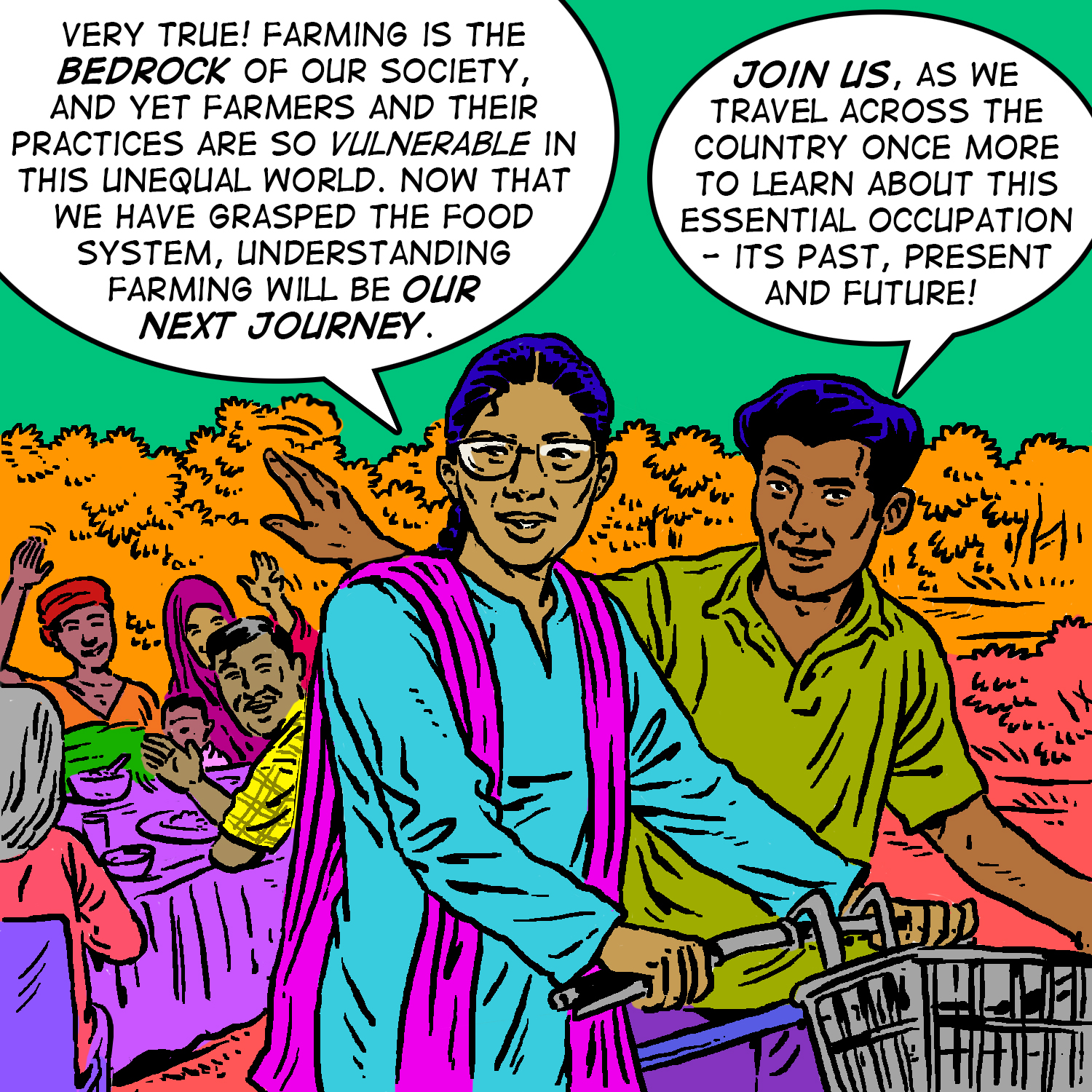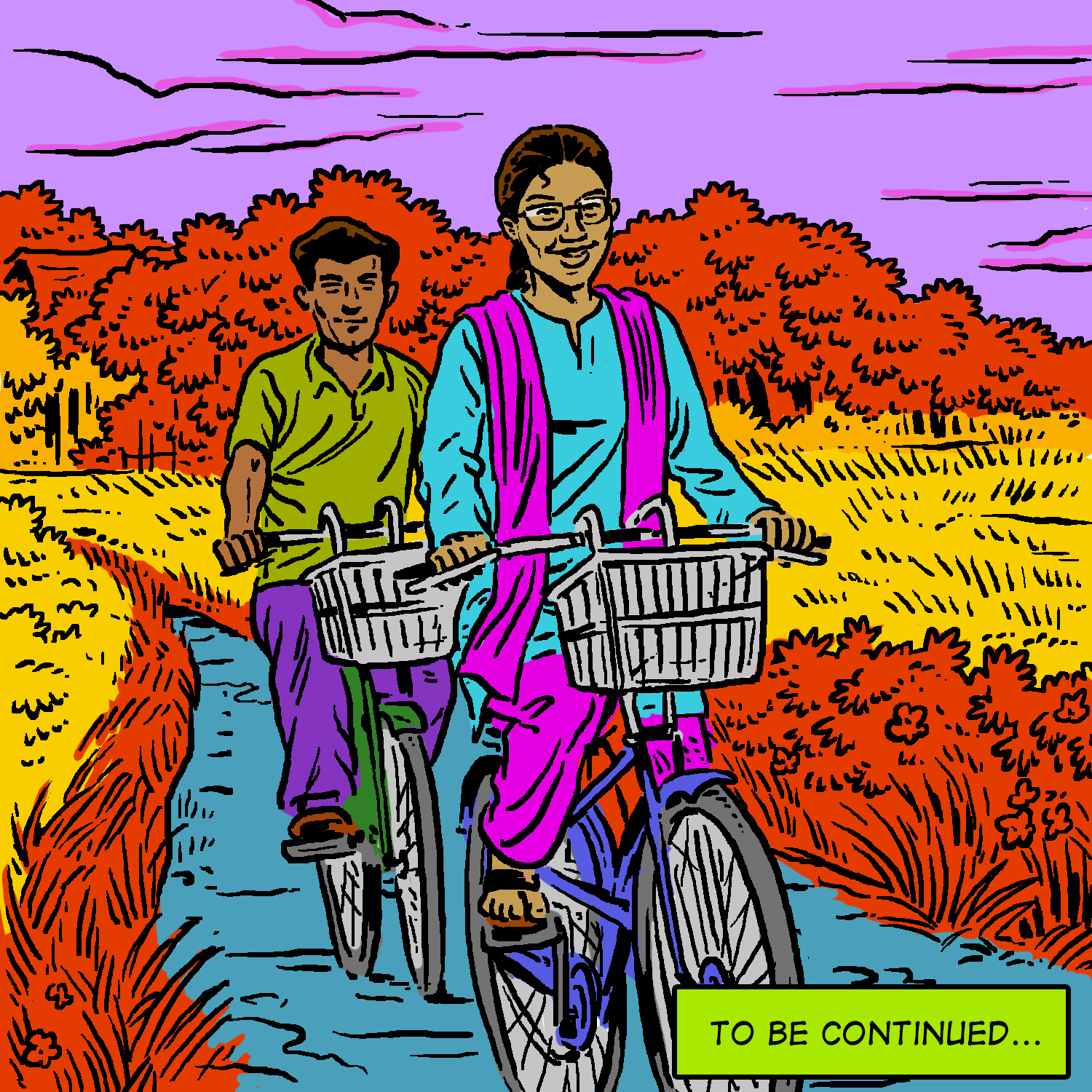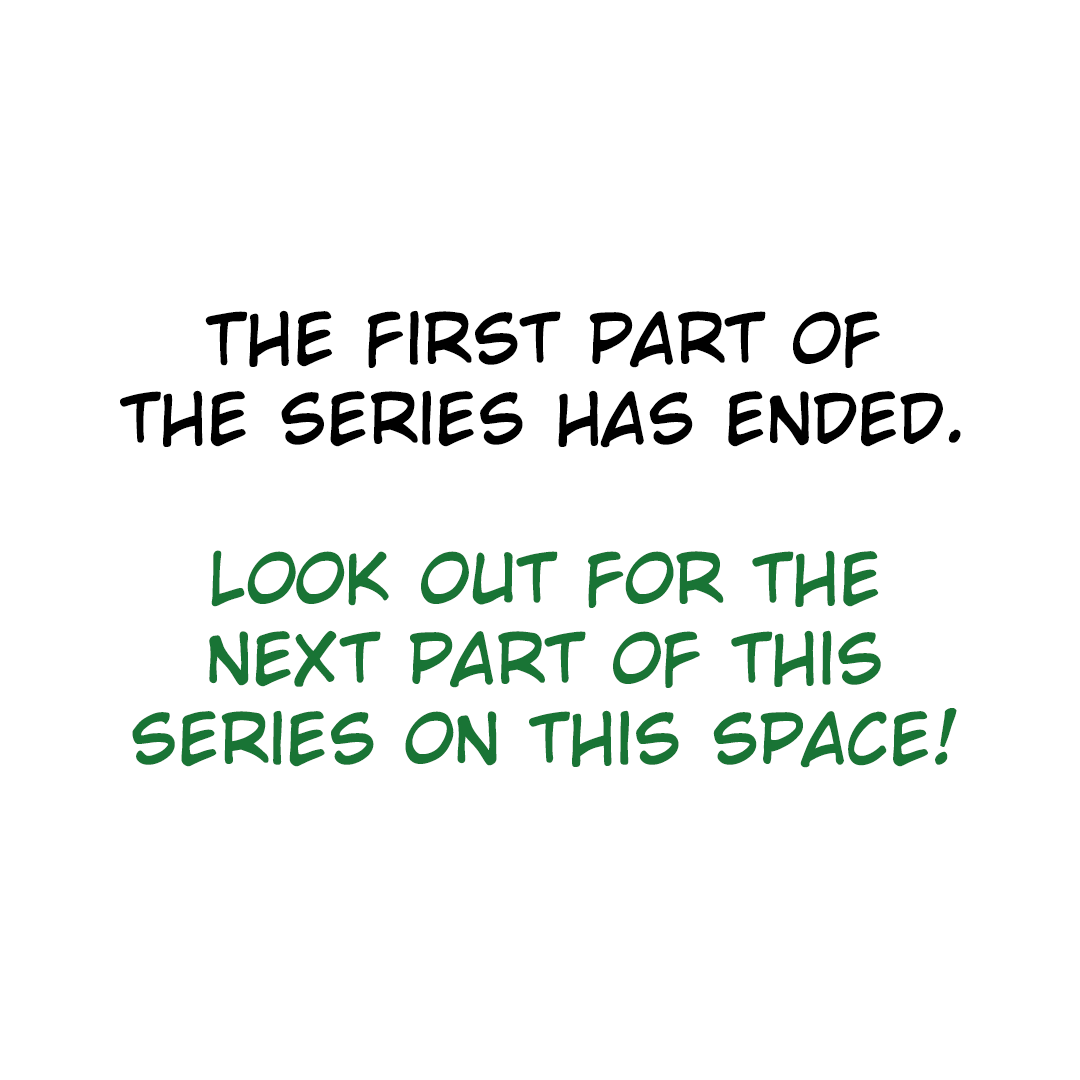#IndiaGraphicSeries on Agriculture and Food Security
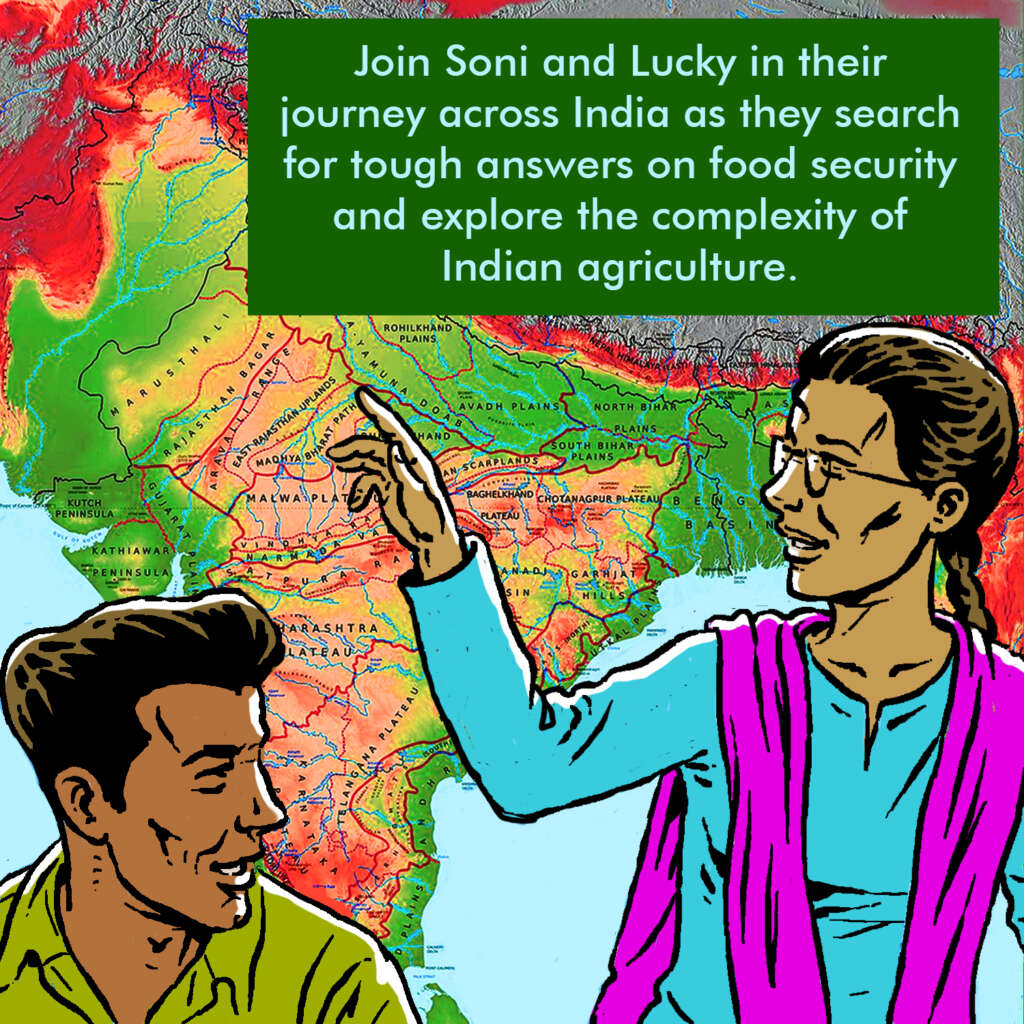
Join Soni and Lucky in their journey across India as they search for tough answers on food security and explore the complexity of Indian agriculture. The graphic series is created by Orijit Sen, Vidyun Sabhaney and Harsho Mohan Chattoraj, and done in collaboration with Rosa Luxemburg Stiftung – South Asia.
New updates every Monday and Wednesday, 19:00 India Time (GMT+05:30)
Chapter 1: Introducing Right to Food — 20 & 22 June 2022
Soni and Lucky are on a journey across India to find tough answers on the country’s food security and agriculture. Today, they are in the state of Assam confronting the issue of #RighttoFood.
On one hot afternoon they stop in a village where they meet Uma who, despite being a cultivator herself, depends on the Public Distribution System for food. Uma explains that flooding due to unseasonal rain destroys their crop year on year. Her husband’s earning as a construction worker is not enough to feed their family of four.
While Soni and Lucky learned about the harsh reality of the difficulty in access to food from Uma, Ayesha, an anganwadi worker, stops by and introduces them to the idea of #RighttoFood, and what it means to millions of Indians who struggle with hunger.
In 2021, the Global Hunger Index ranked India at 101 out of 116 countries. This identified India as a country with one of the highest levels of under-nutrition in the world.
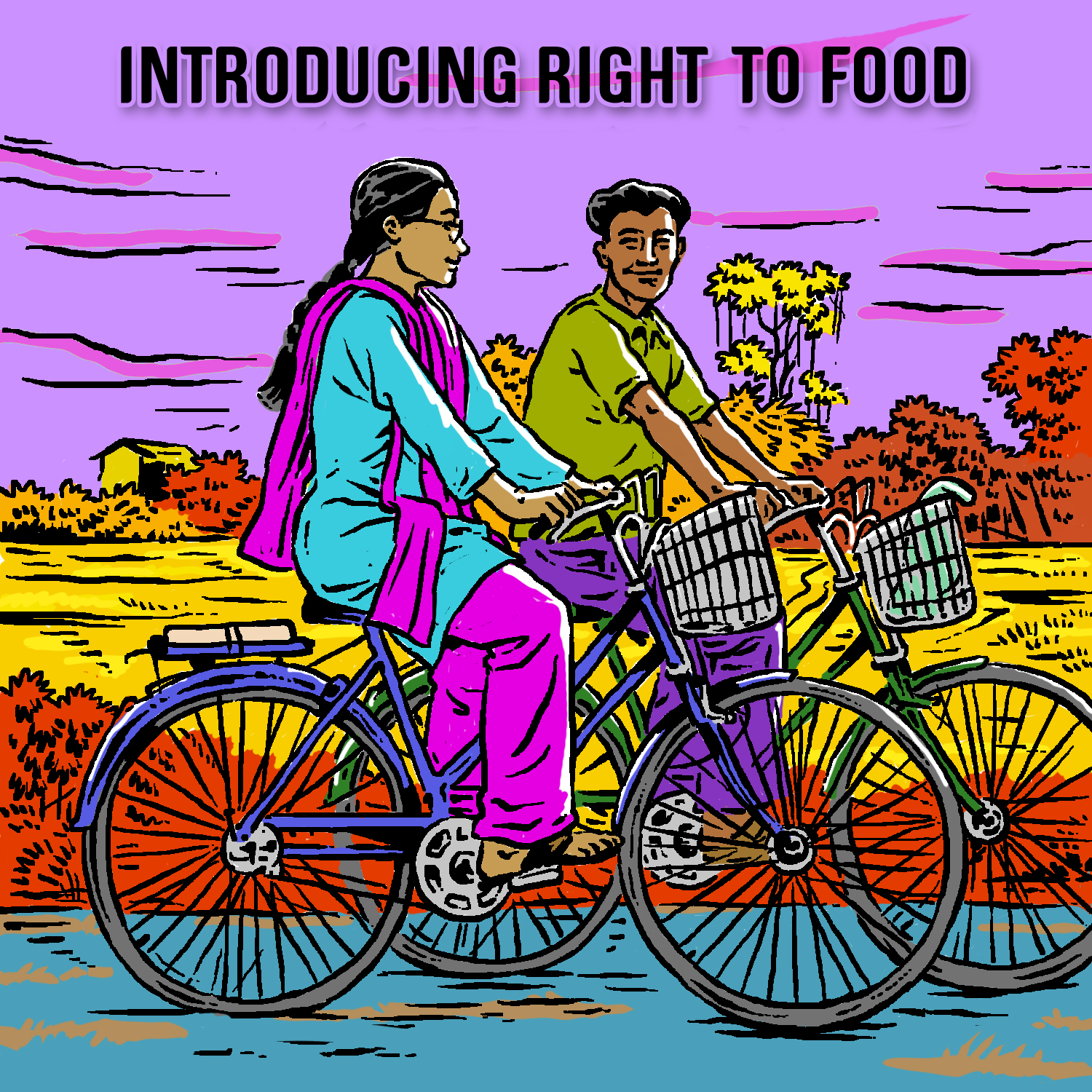
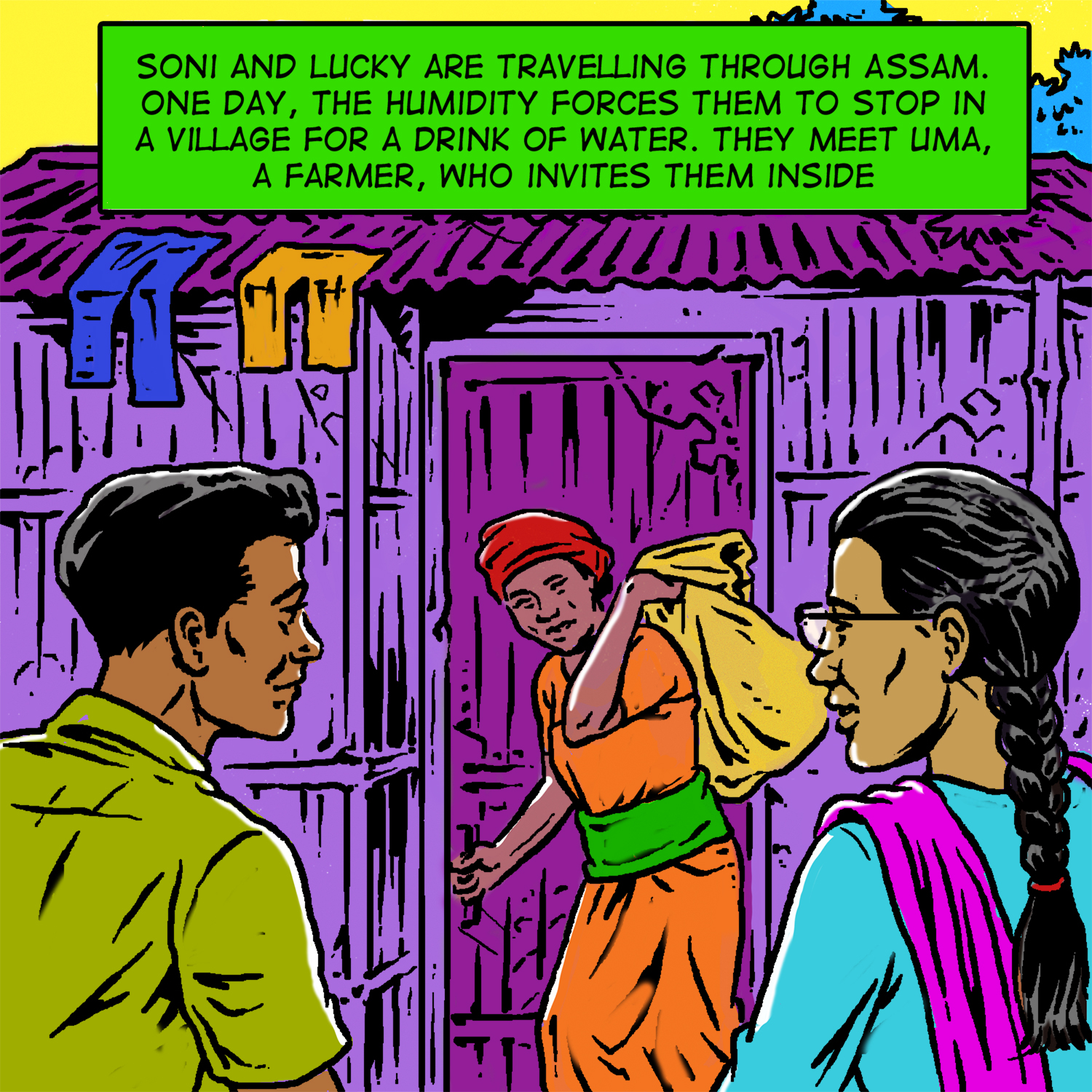

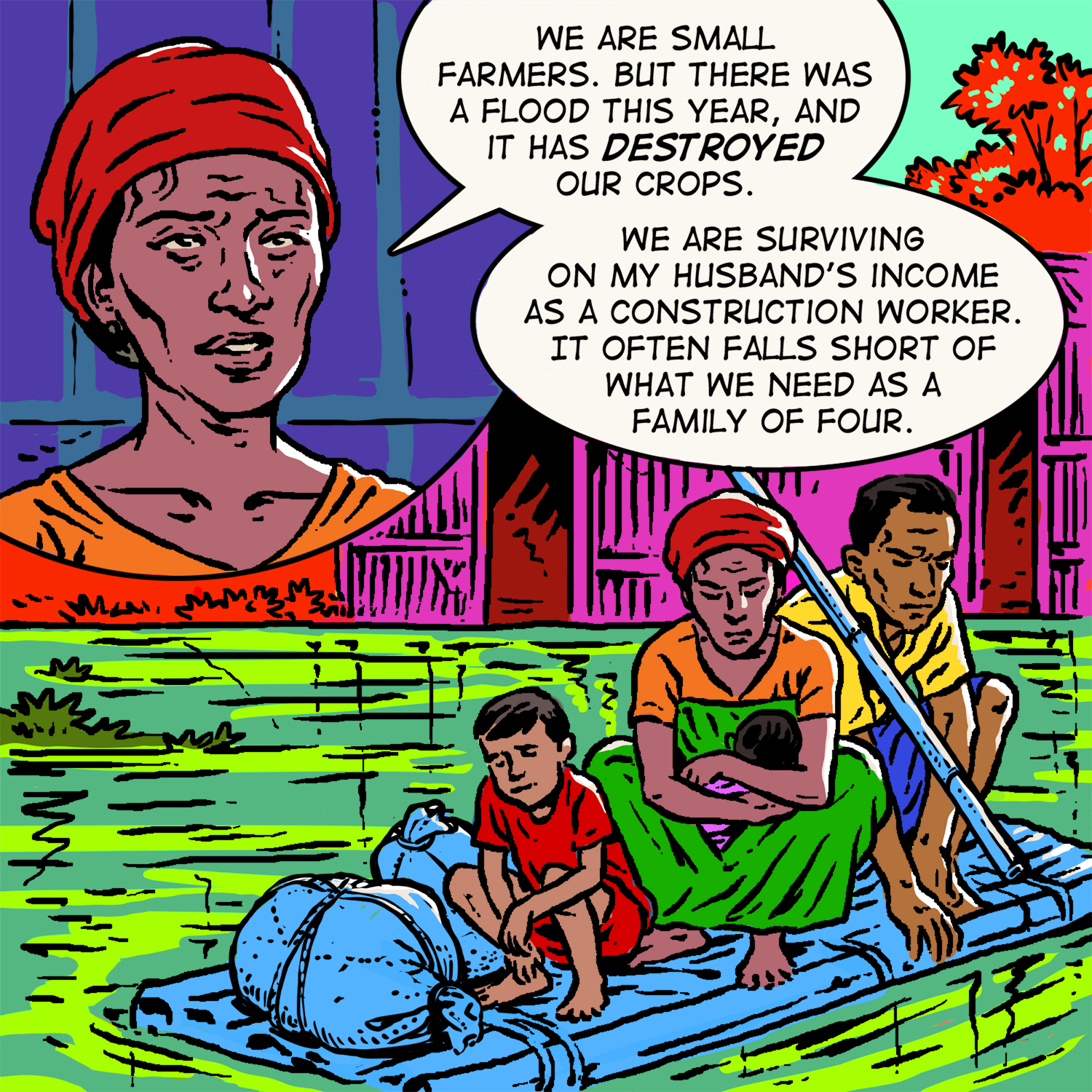

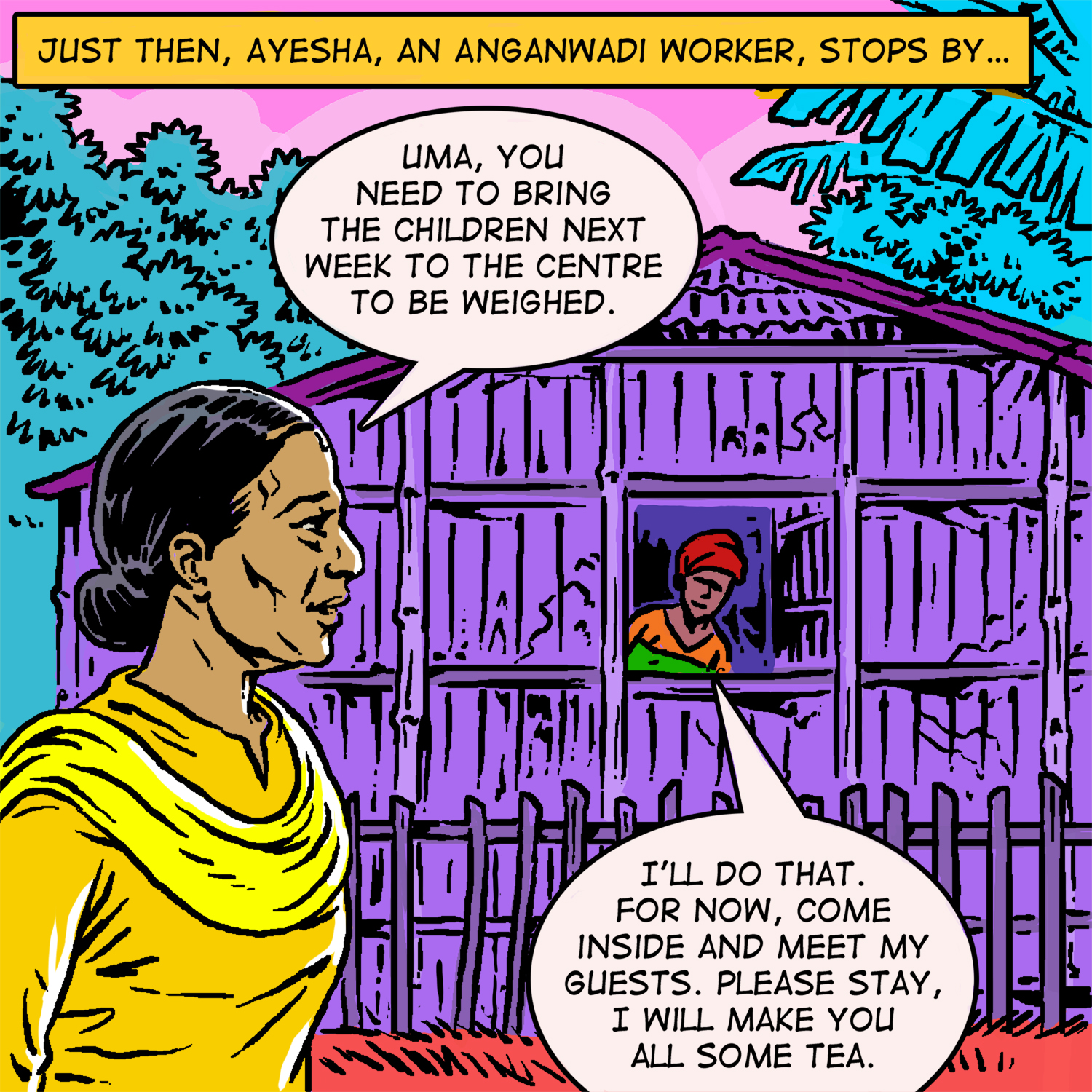

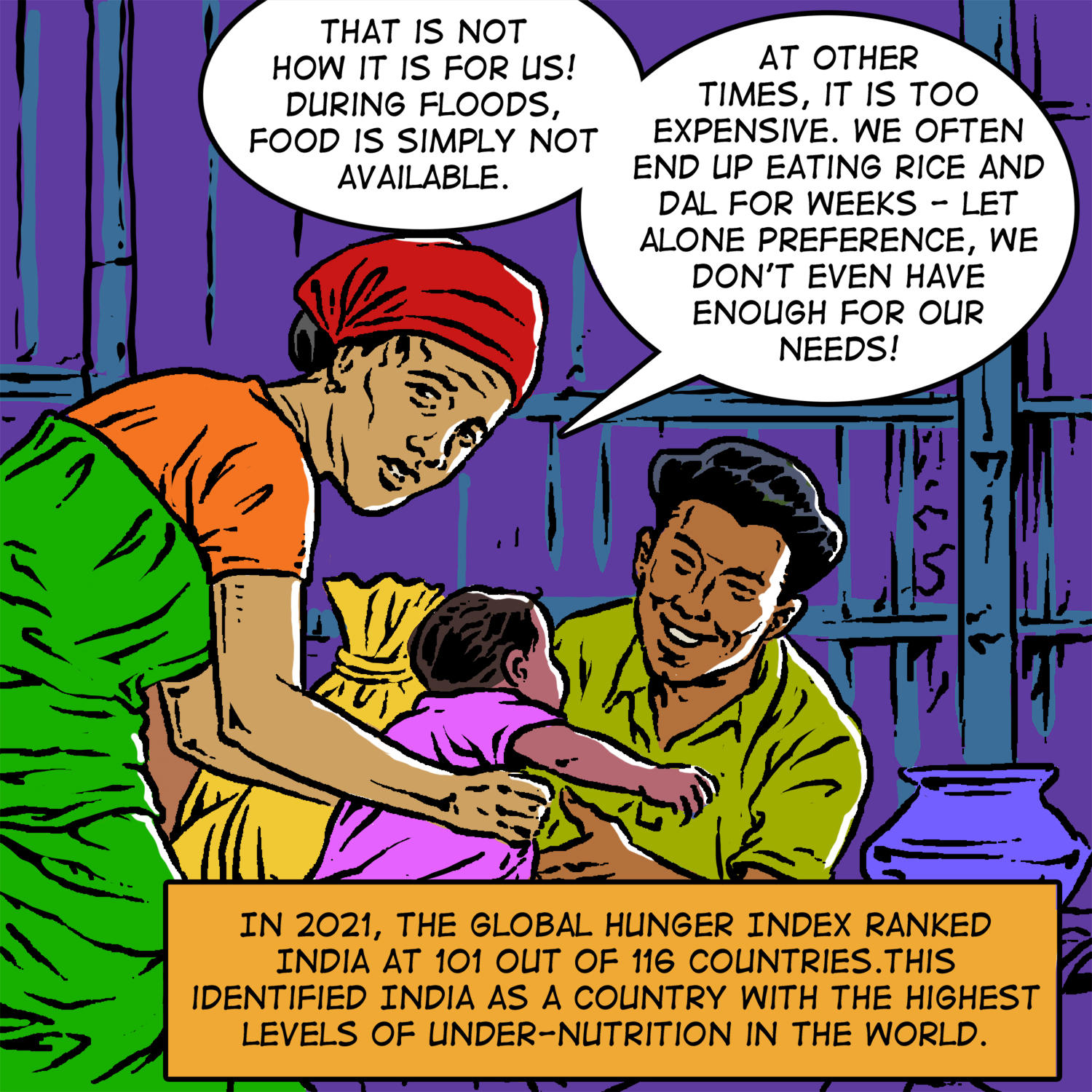
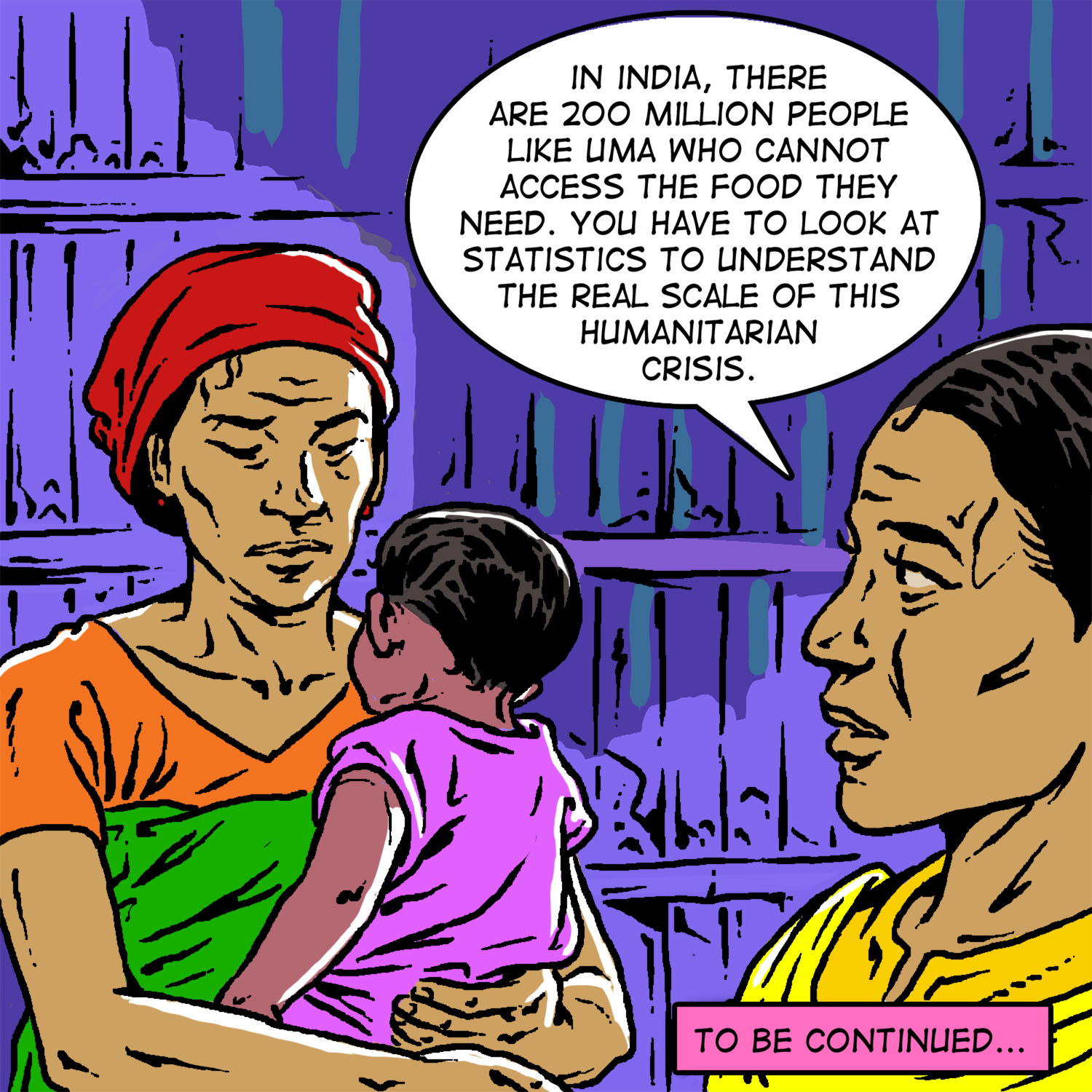

Chapter 2: Hunger and Under-Nutrition in India — 27 & 29 June 2022
Still in Assam, Ayesha, the anganwadi worker, takes Soni and Lucky through the staggering number of people who struggle with hunger and malnutrition in India. In 2021, 3 out of 10 children in India were stunted, a condition brought about by chronic undernutrition.
After learning from Ayesha about the staggering number of people who struggle with hunger and malnutrition in India, Uma also shares the shocking fact that most small farmers in her village don’t have enough to eat. The question is why?
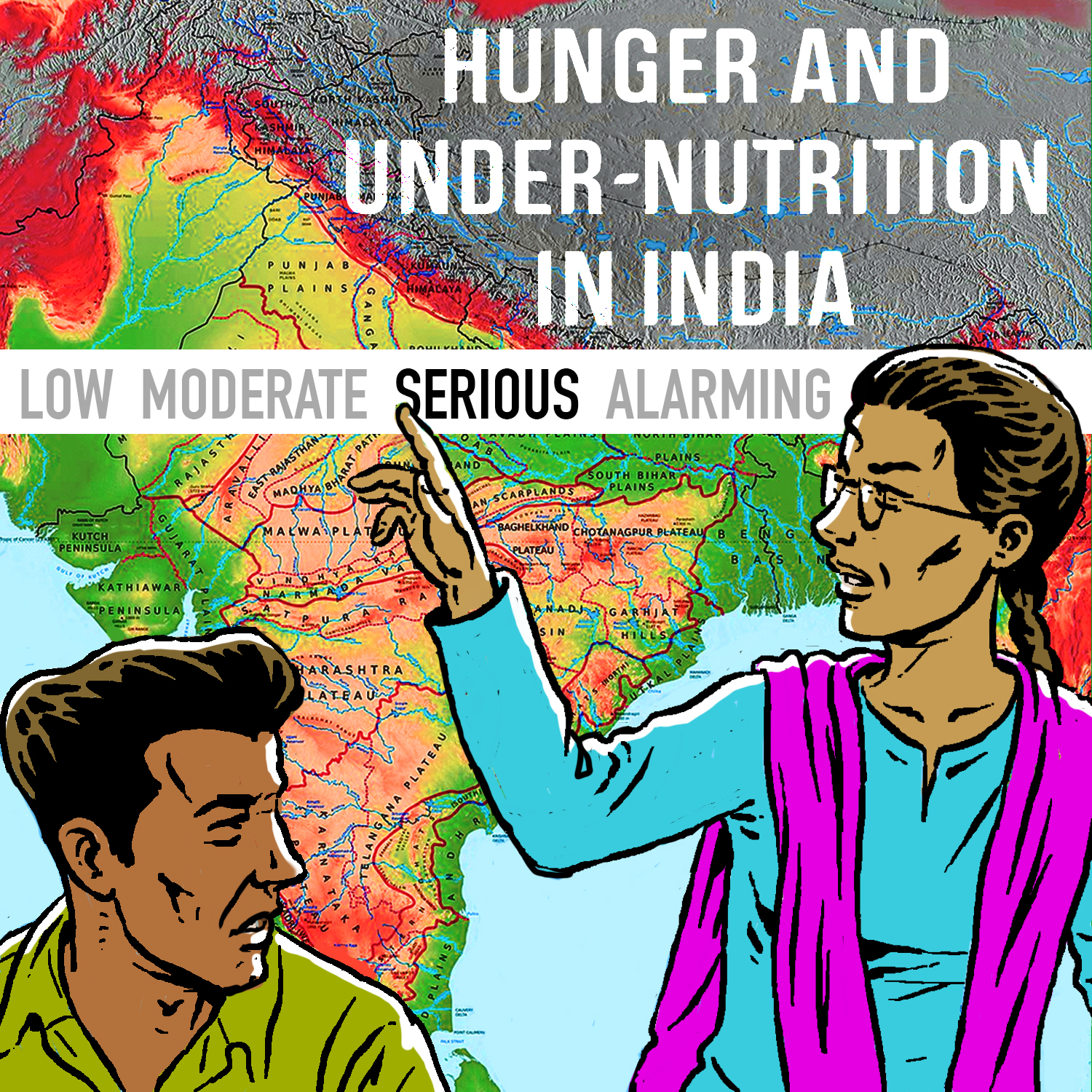


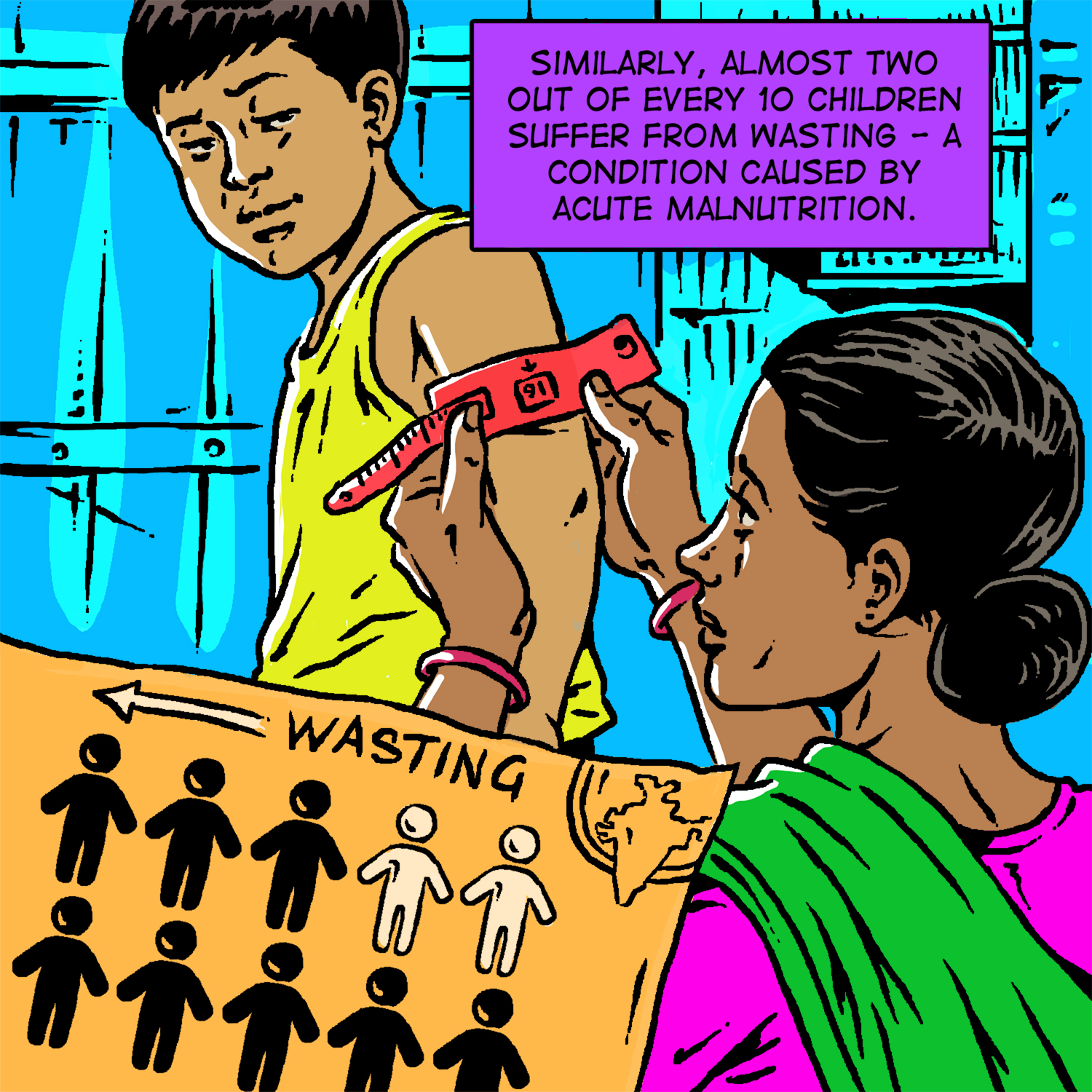
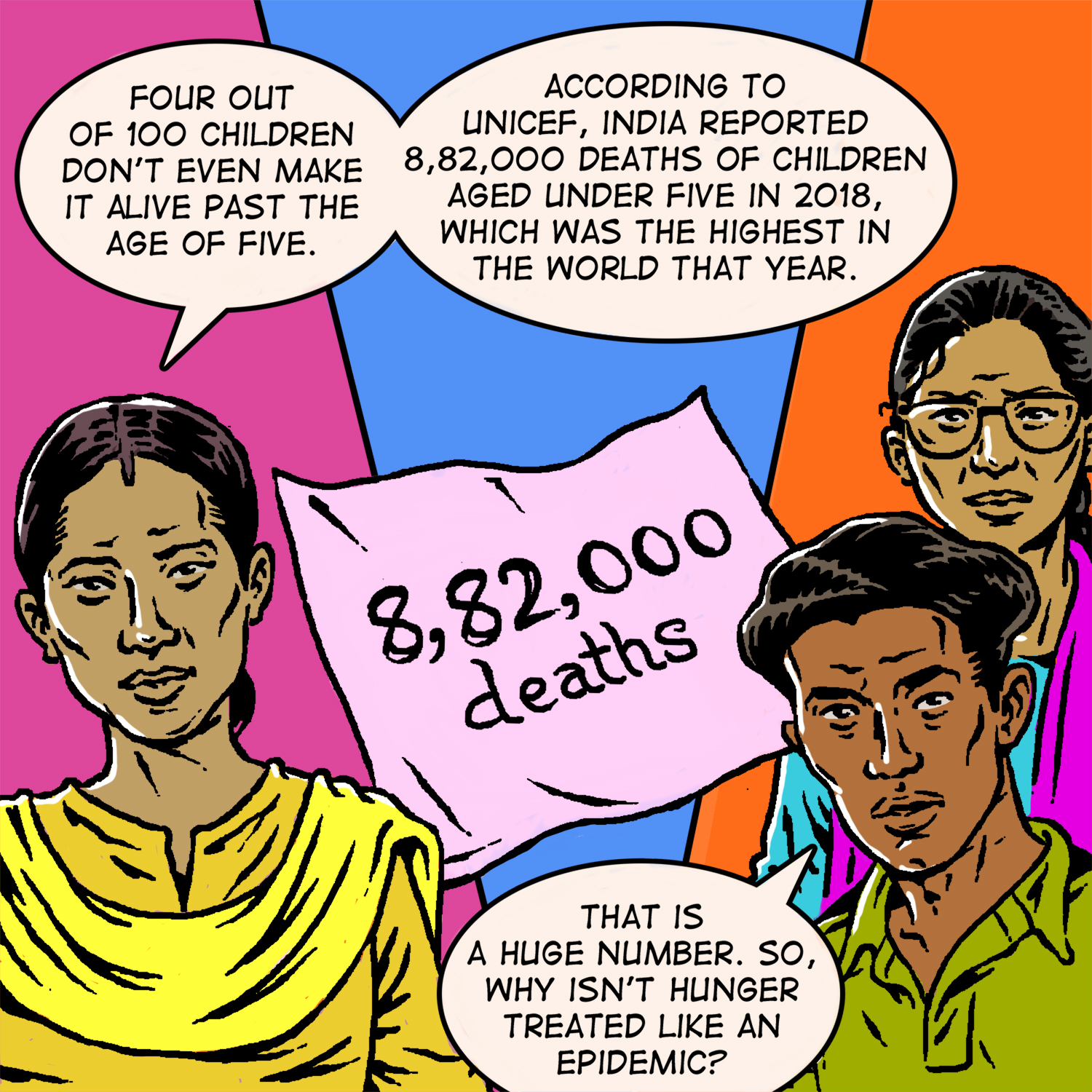
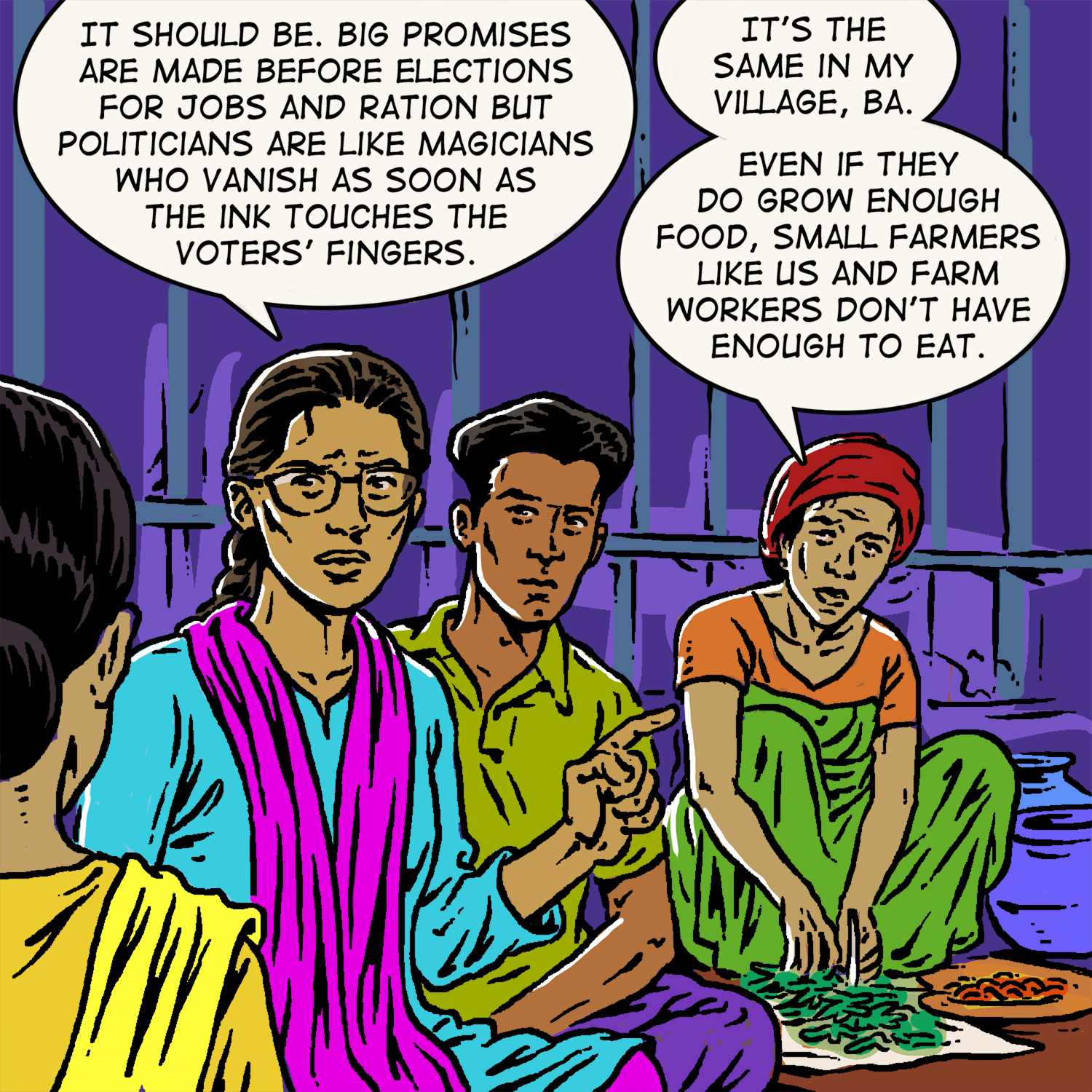
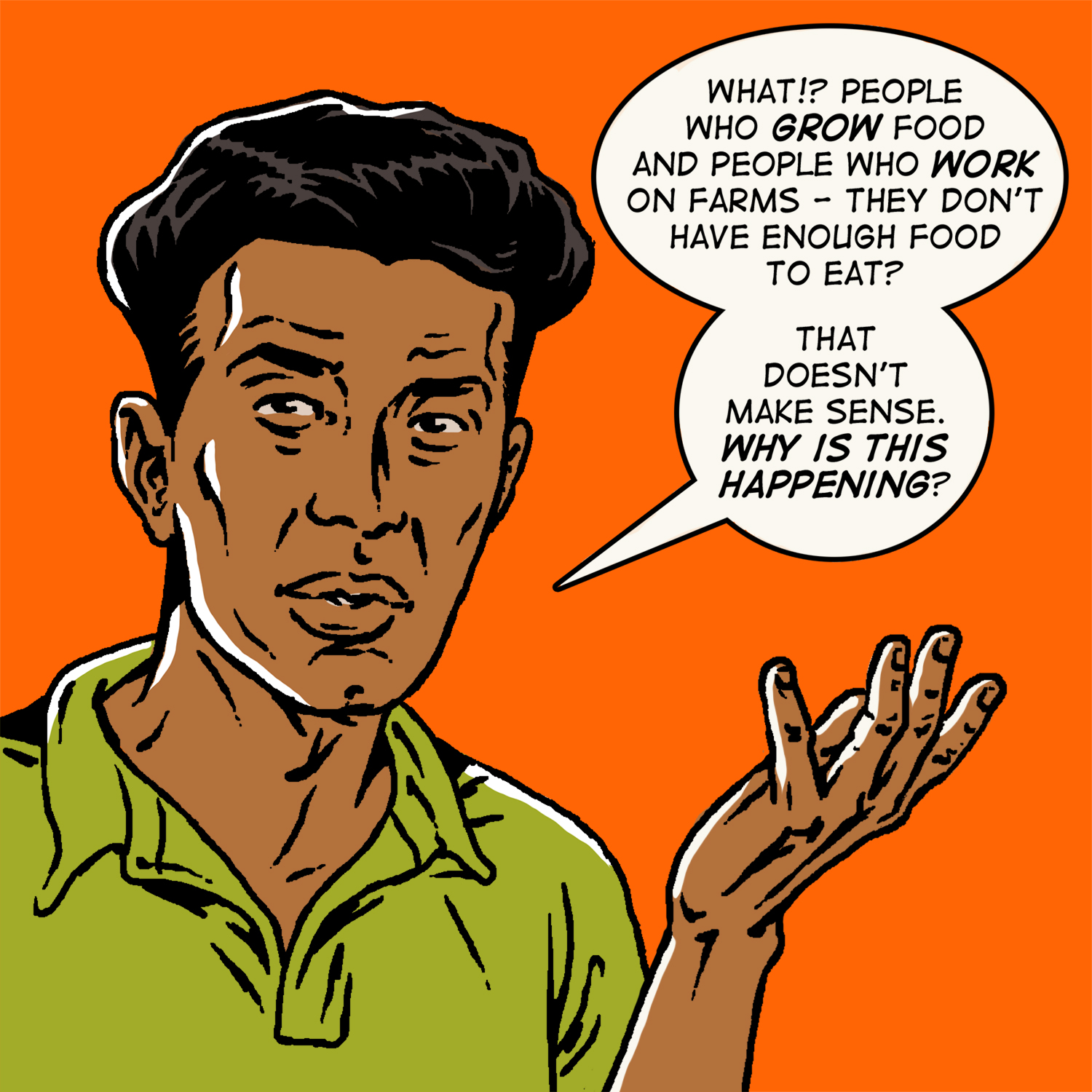
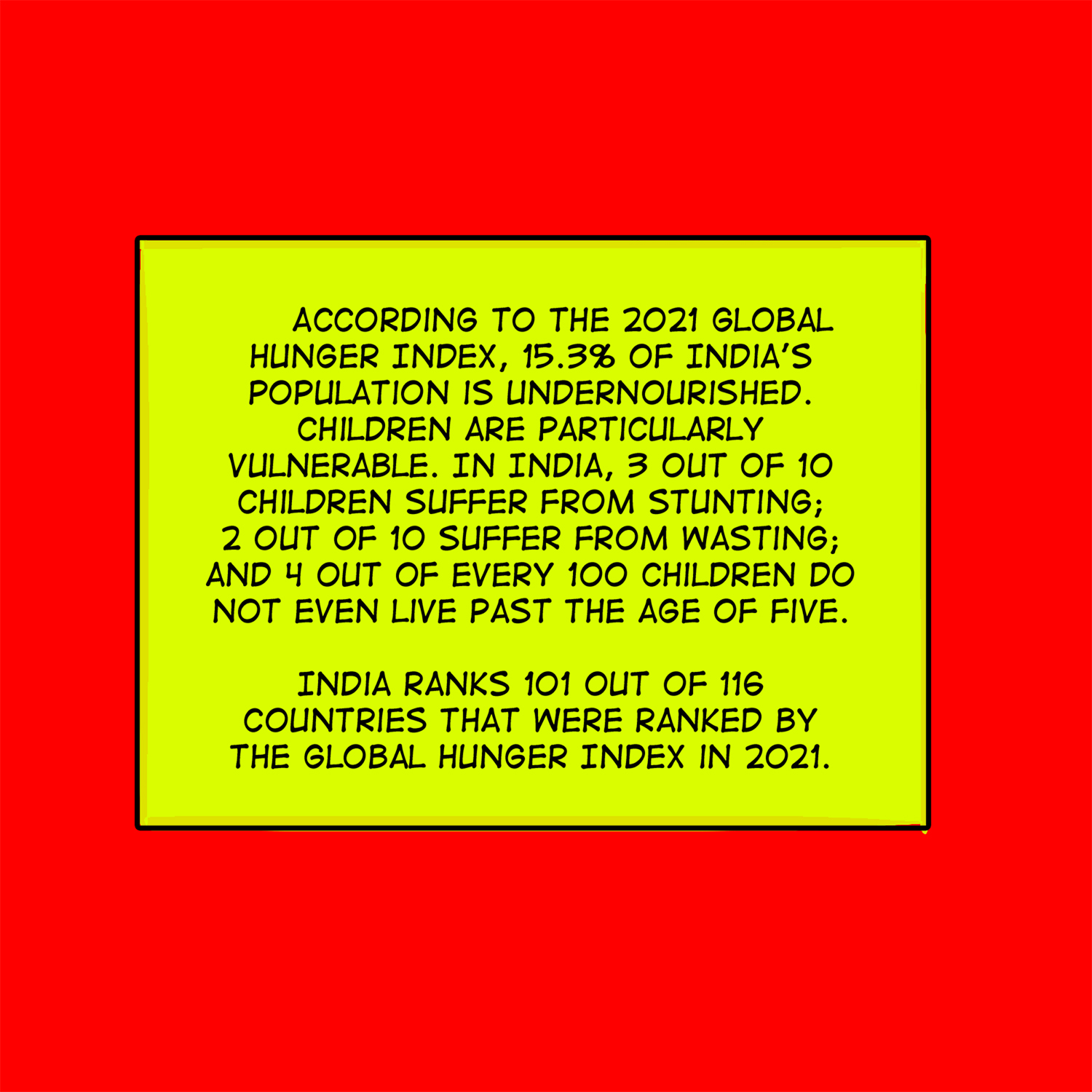
Chapter 3: Why is Hunger Widespread in India? — 4 & 7 July 2022
Sony and Lucky are now talking with Madhavi, a teacher and an economist, in her office at a university. She contextualises India’s struggle with hunger for Lucky and Soni. They discuss India’s struggle with hunger on account of colonial policies in the past, and the inadequacy of the official poverty line today.
Soni and Lucky also explore the economic conditions and social inequities that make Indians vulnerable to hunger and malnourishment, and they discover that social inequities like gender and caste have a role to play, as well as climate change and other catastrophes.
According to UNICEF, a quarter of India’s women are under-nourished. Caste hierarchies also result in resources being dominated by upper-castes across religions. Natural disasters and extreme weather conditions can create physical barriers to accessing food or even destroy crops entirely.
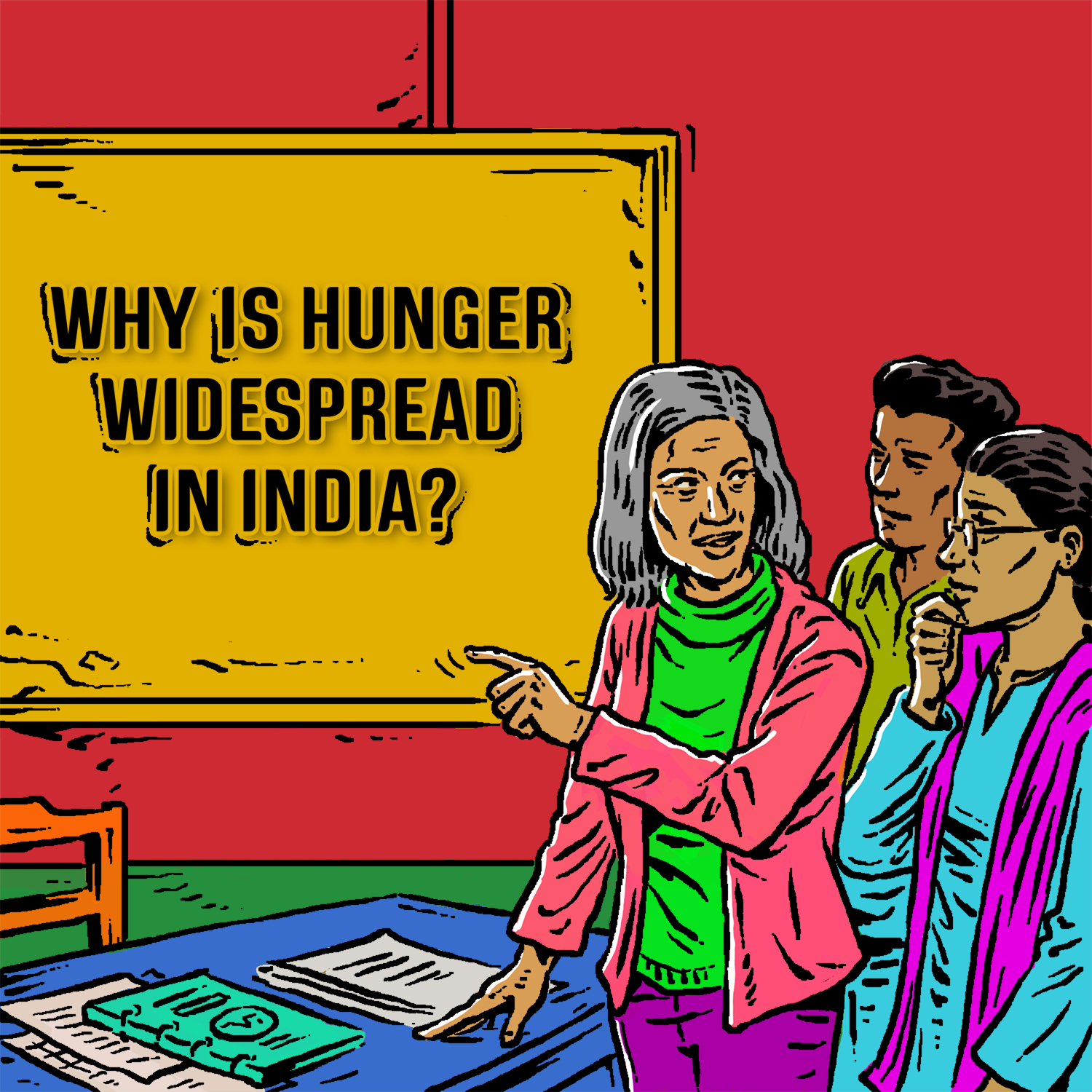
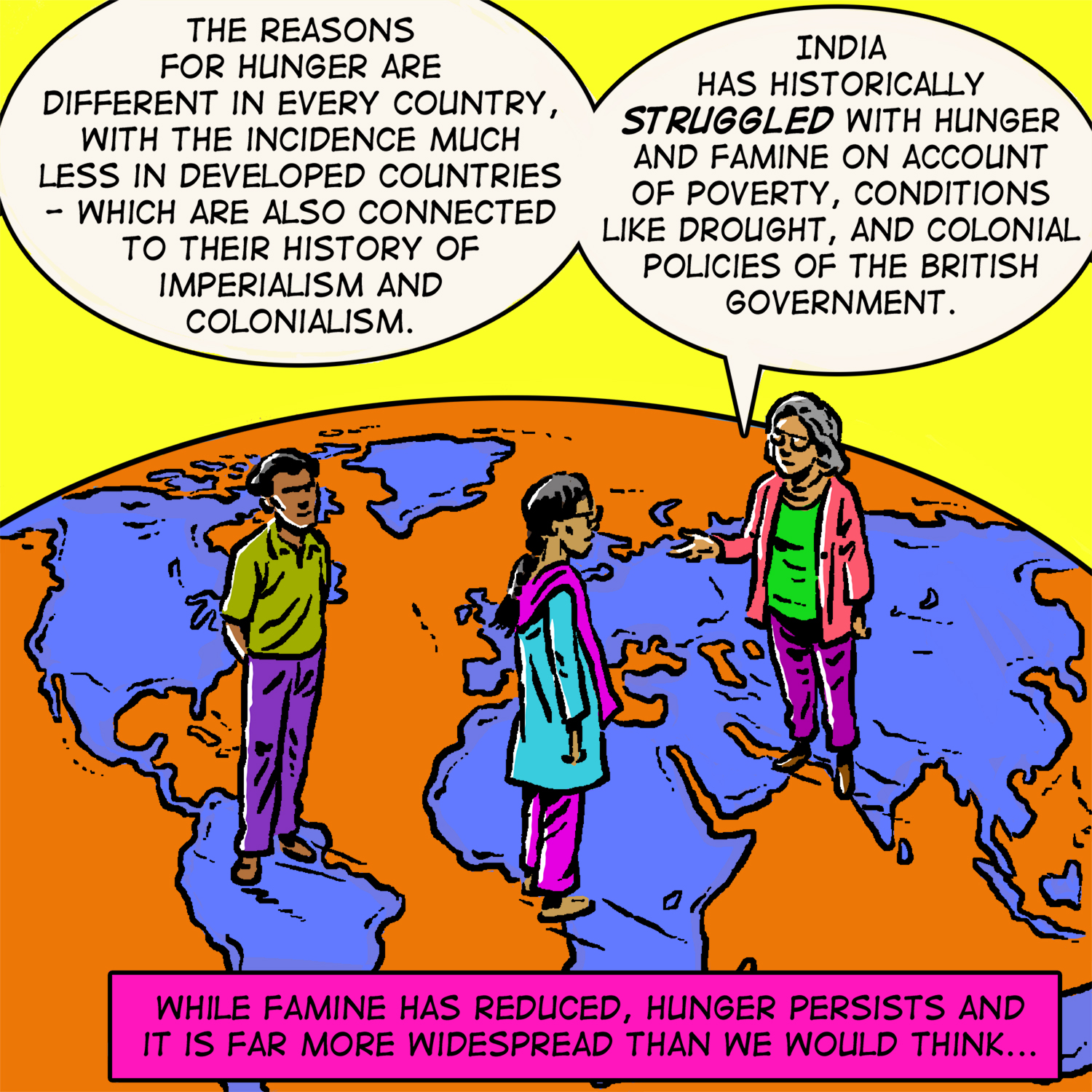
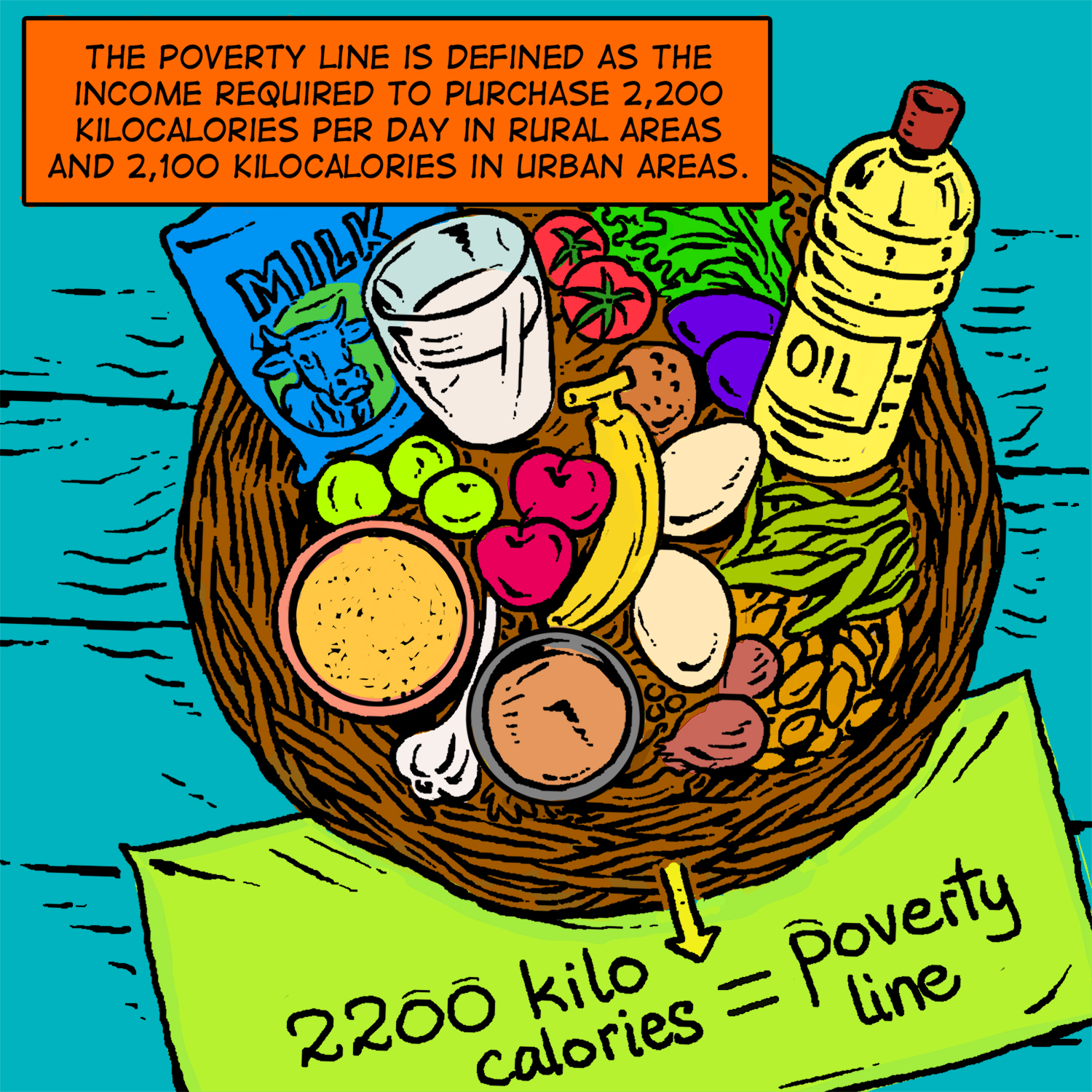

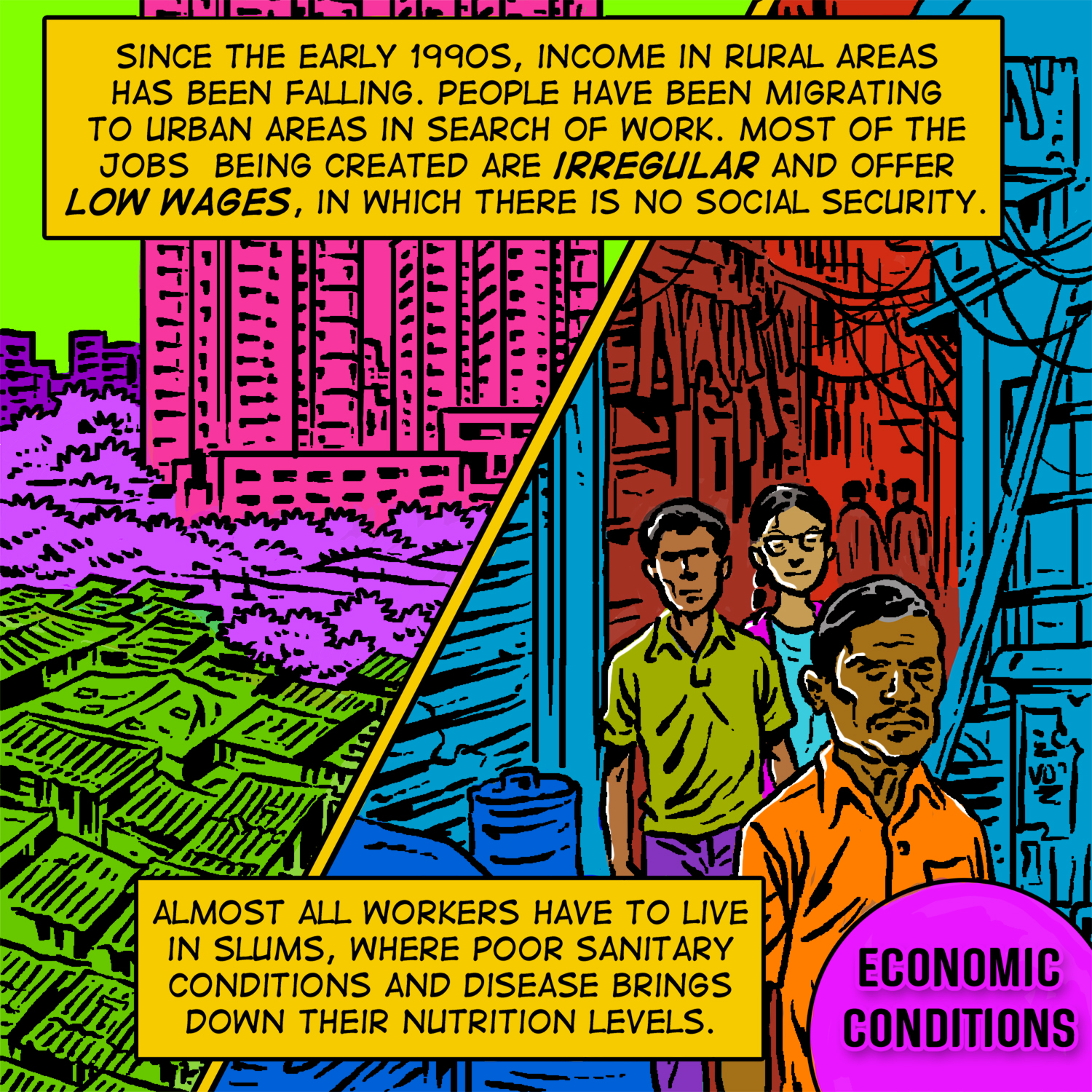
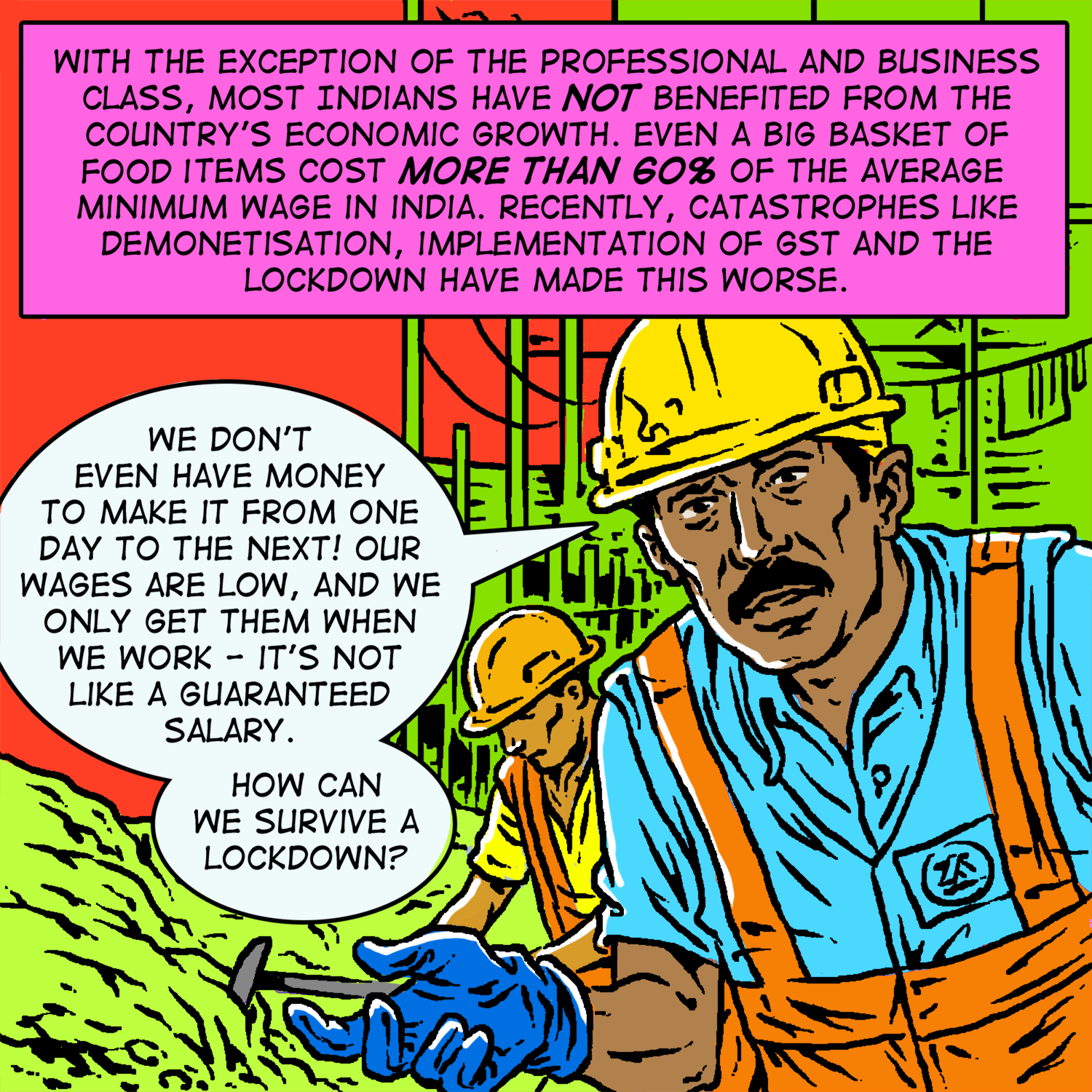
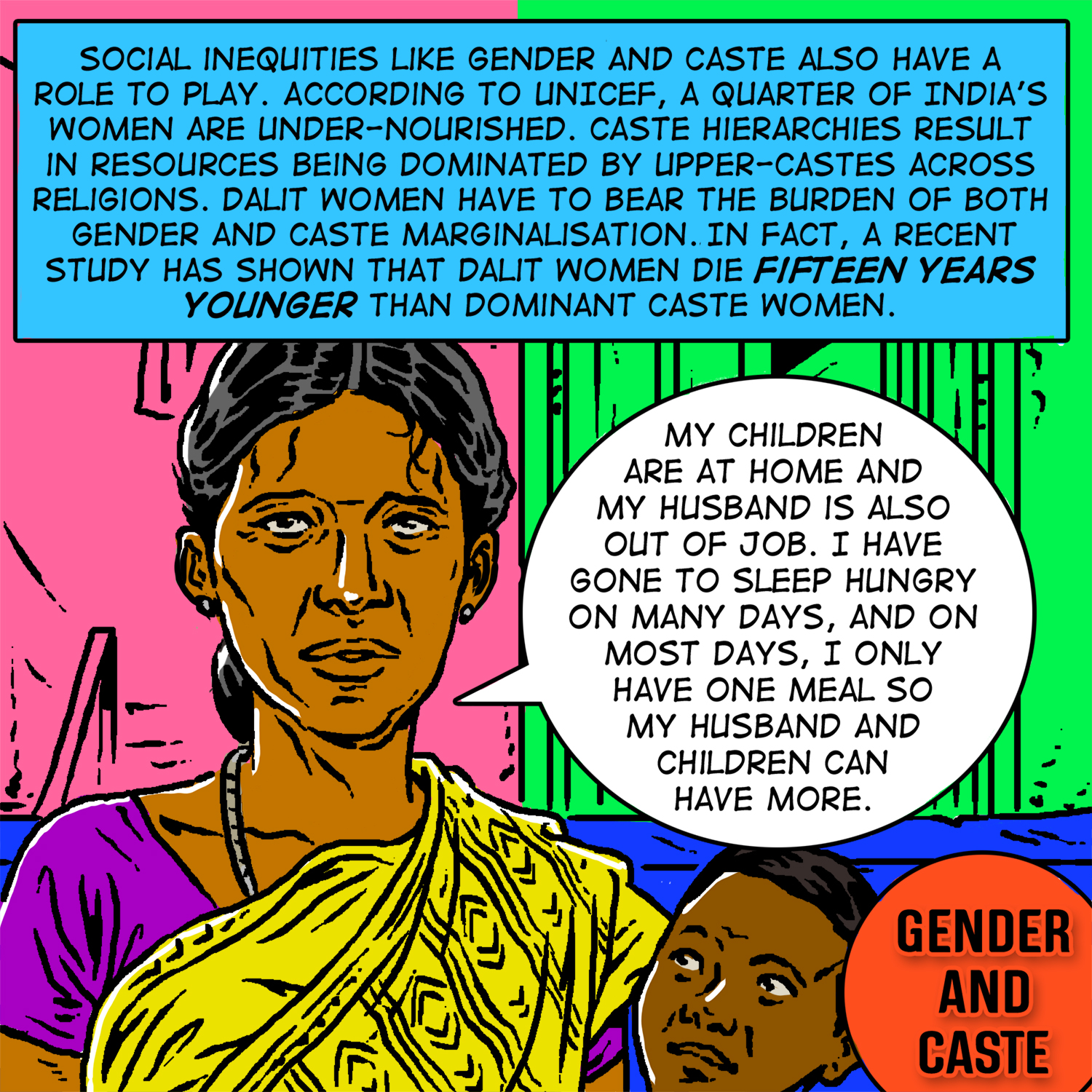
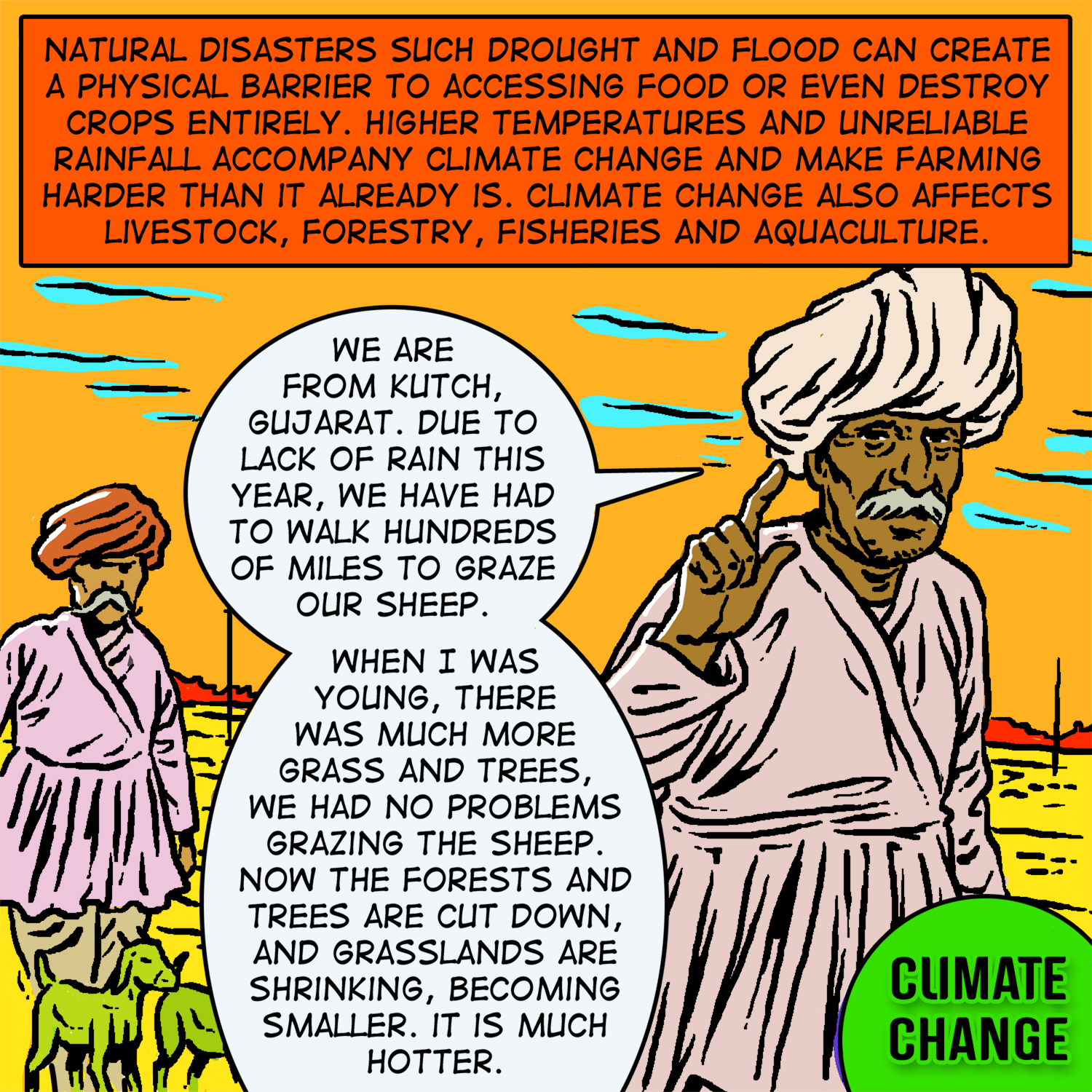

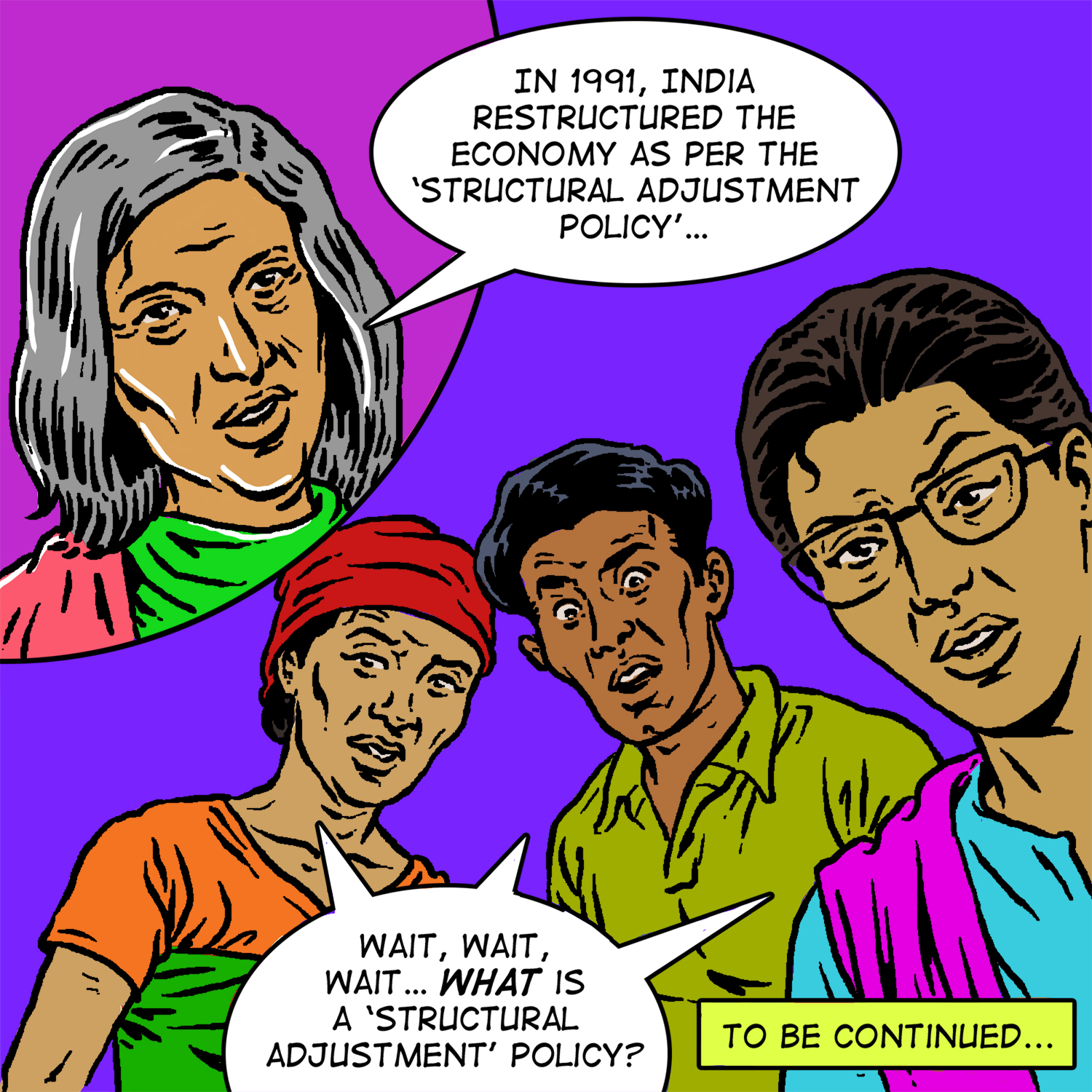
Chapter 4: What is ‘Structural Re-Adjustment’? — 11 & 13 July 2022
“In 1991, India needed a loan from the IMF and World Bank. This loan came with conditions that required re-structuring the economy. These were called ‘Structural Adjustment Policy’.”
Madhavi, who is an academic, discusses with Lucky and Soni how Structural Adjustment Policies have led to privatisation of essential public goods like healthcare, education and others. How are these policies affecting farmers? They also discuss how the neoliberal policies have meant expenditure has increased, whereas earning has decreased, leading to a situation where people – even farmers – are cutting back on even the absolute basics like food.
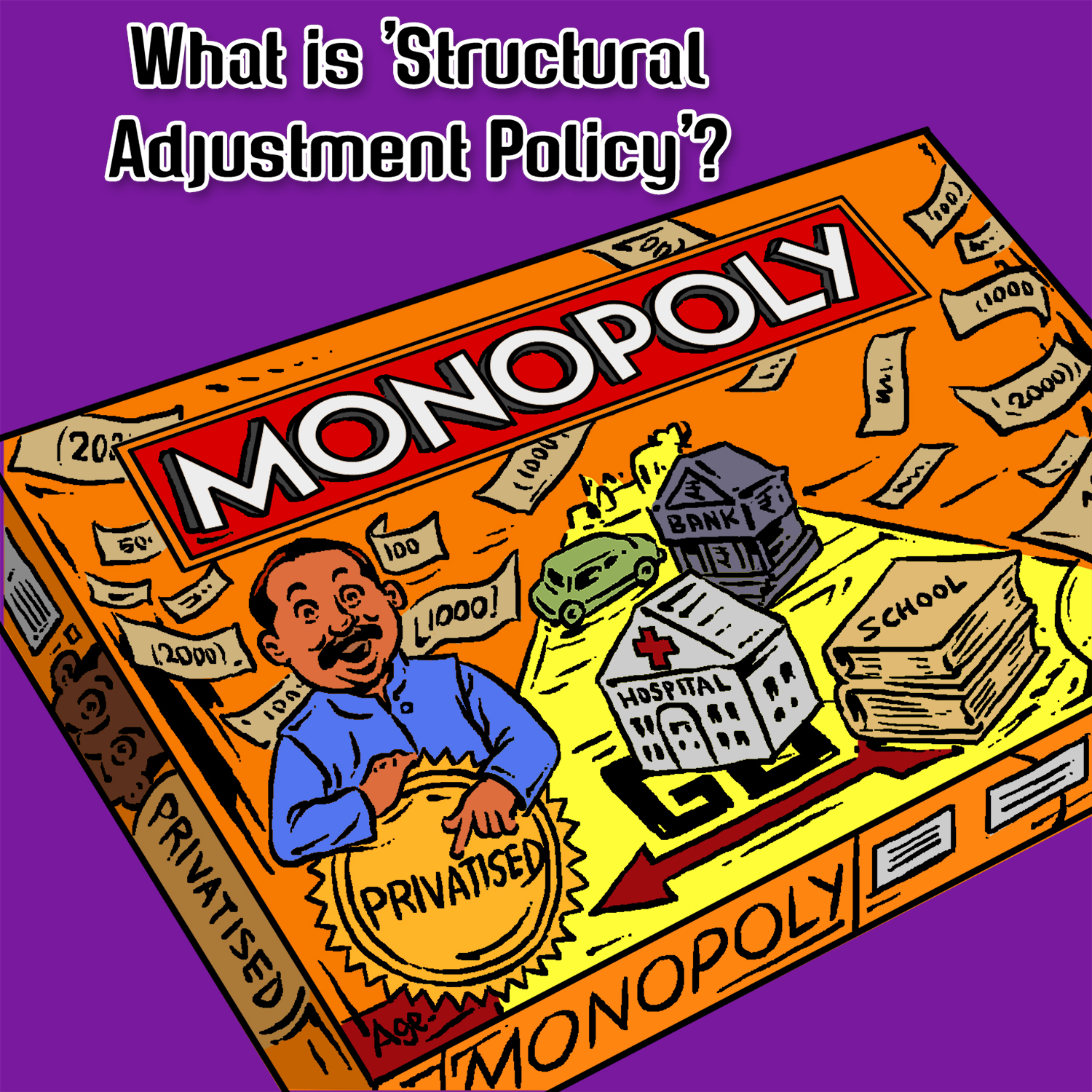
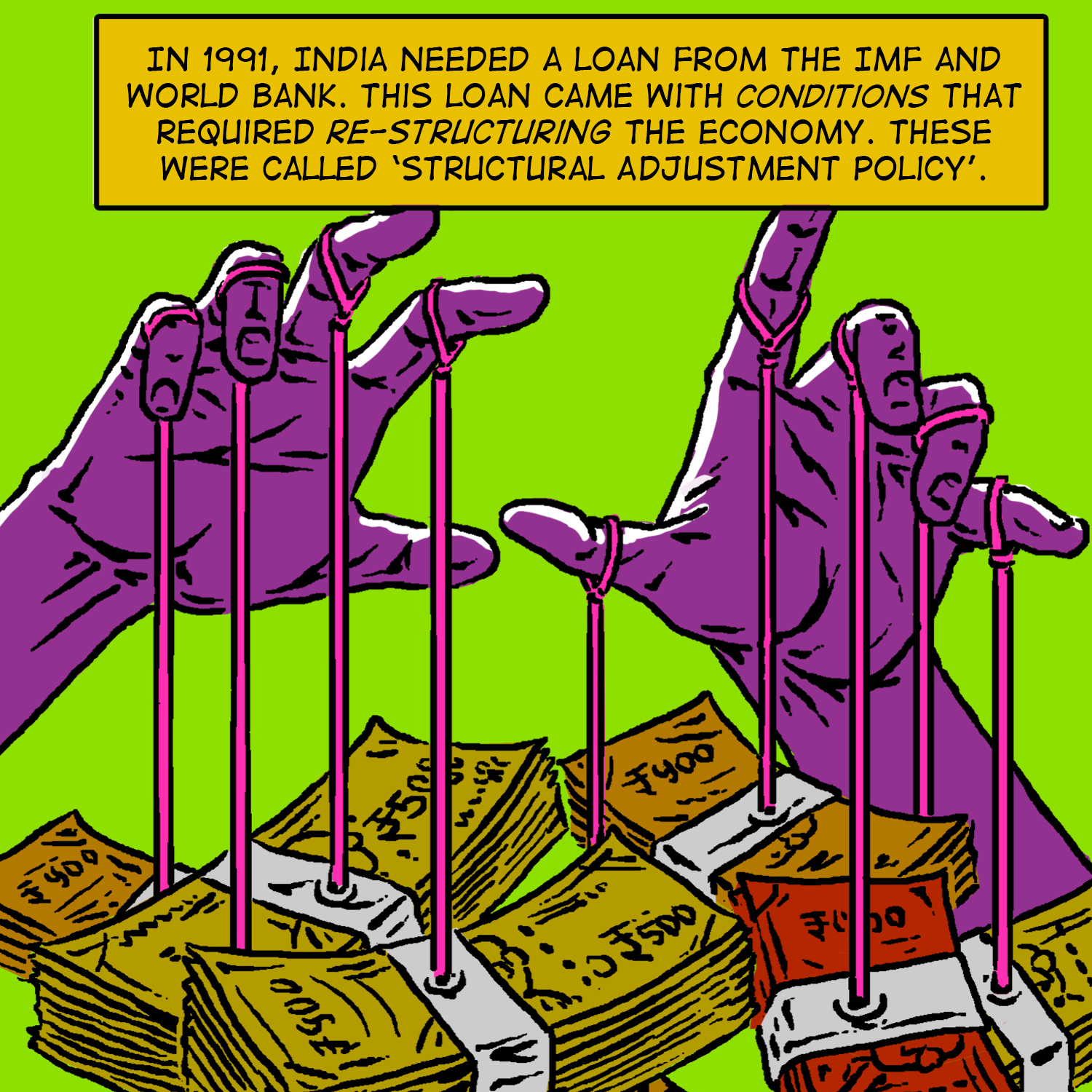
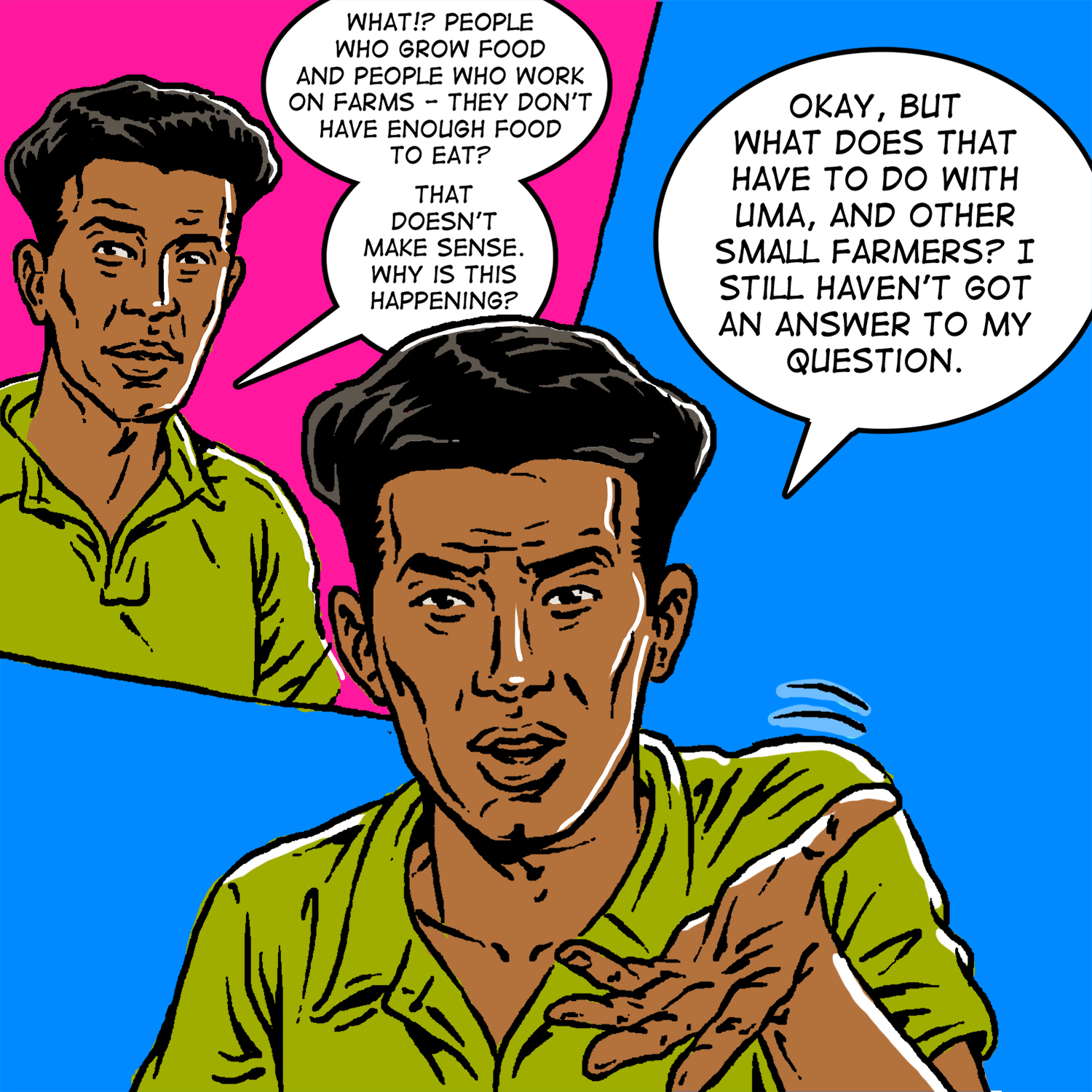
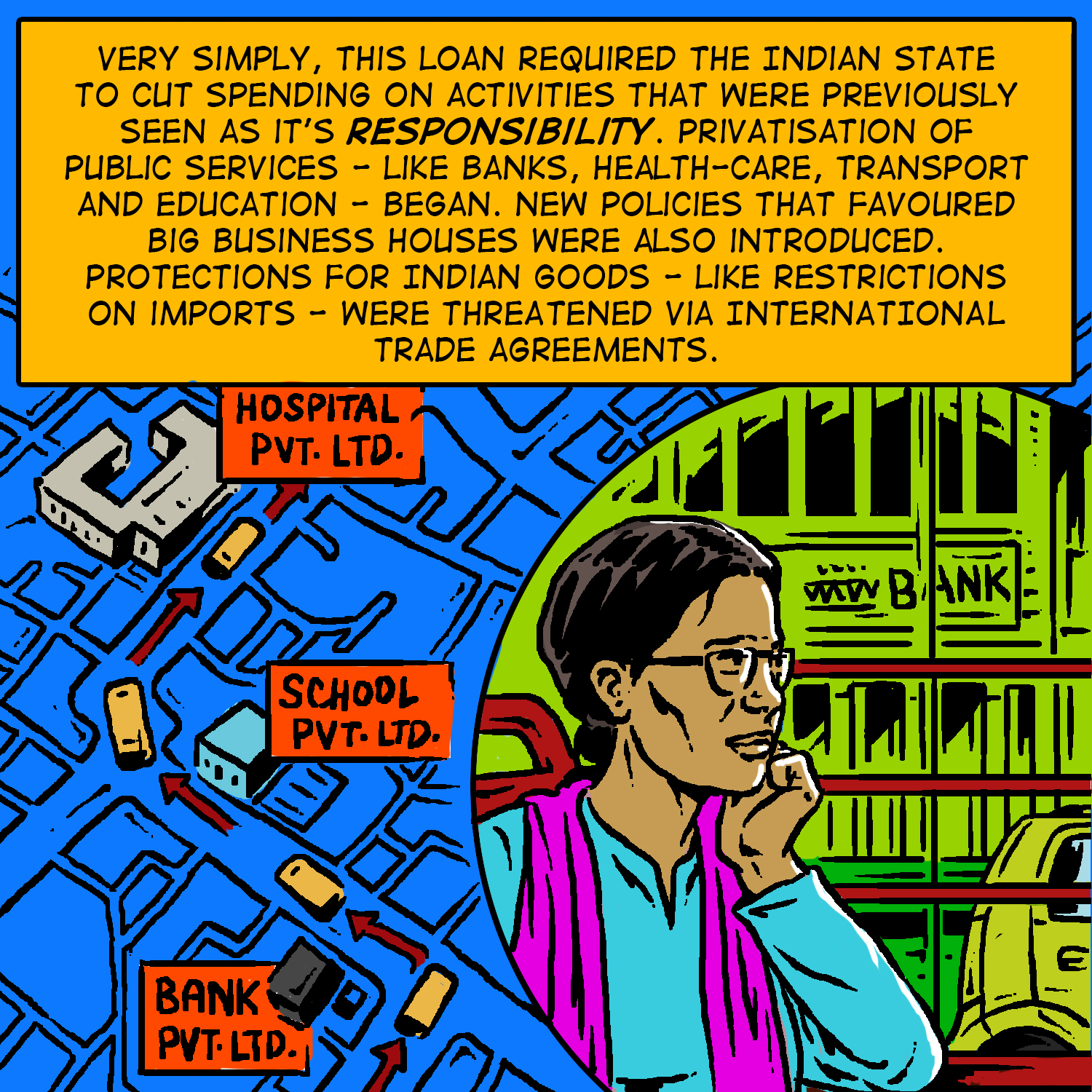
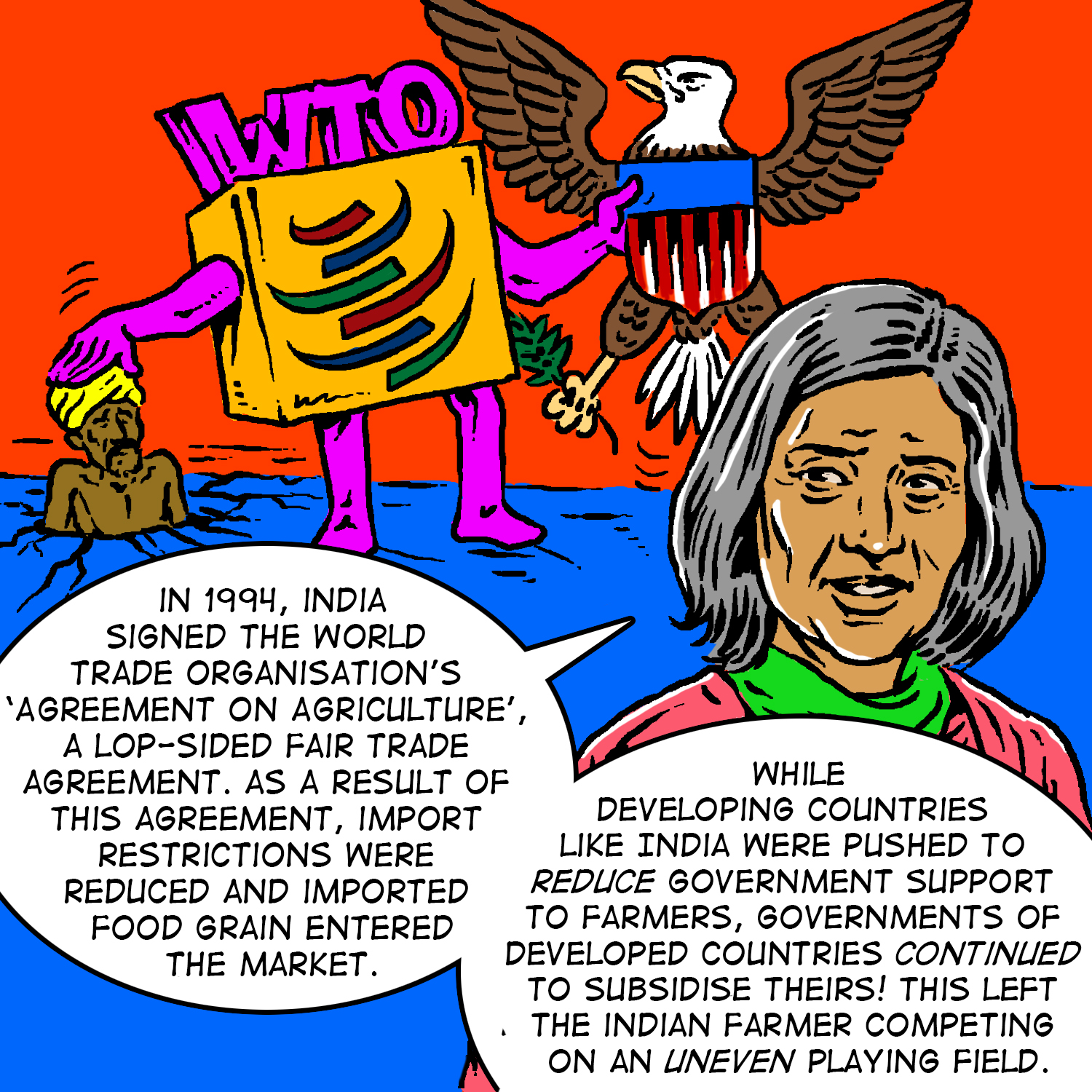

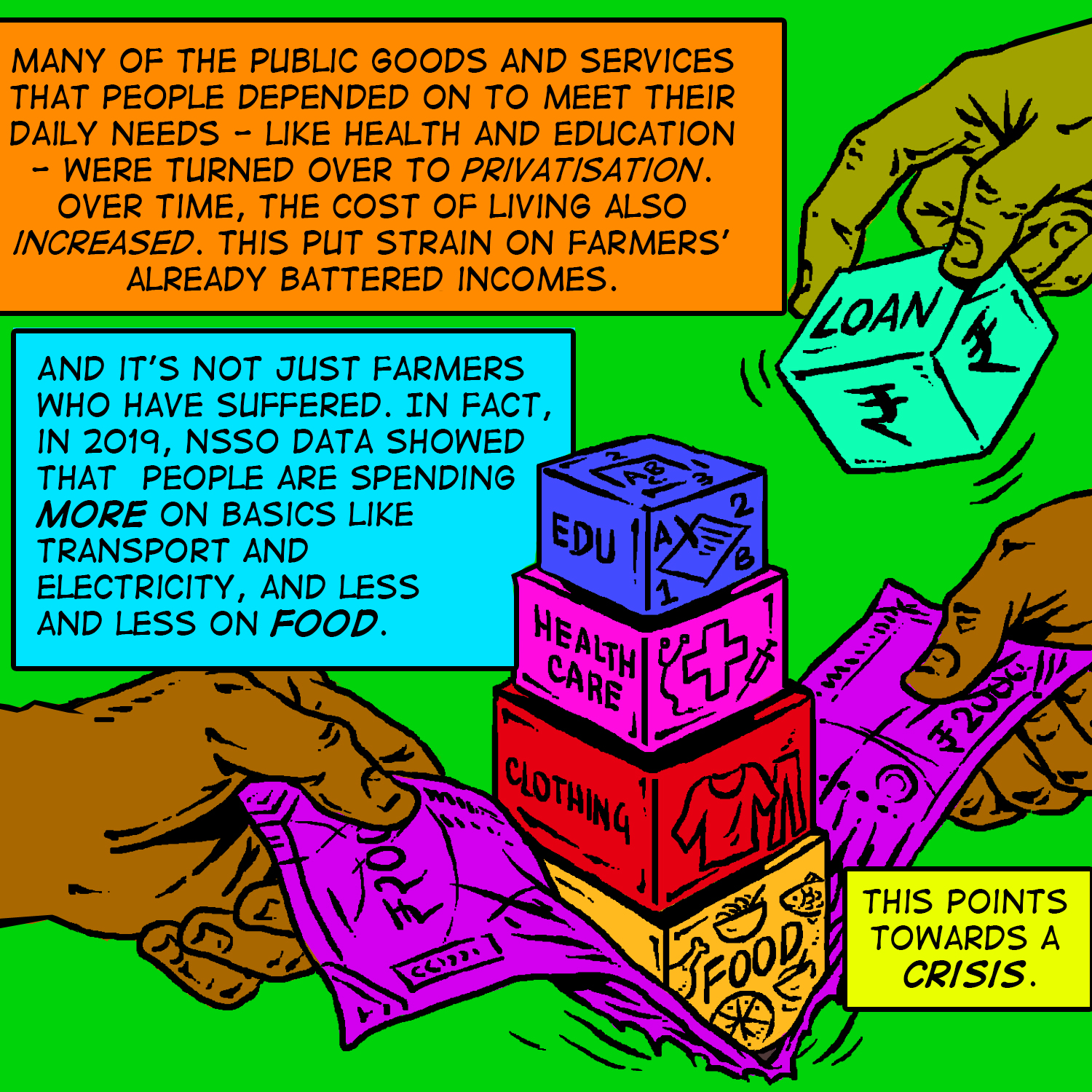
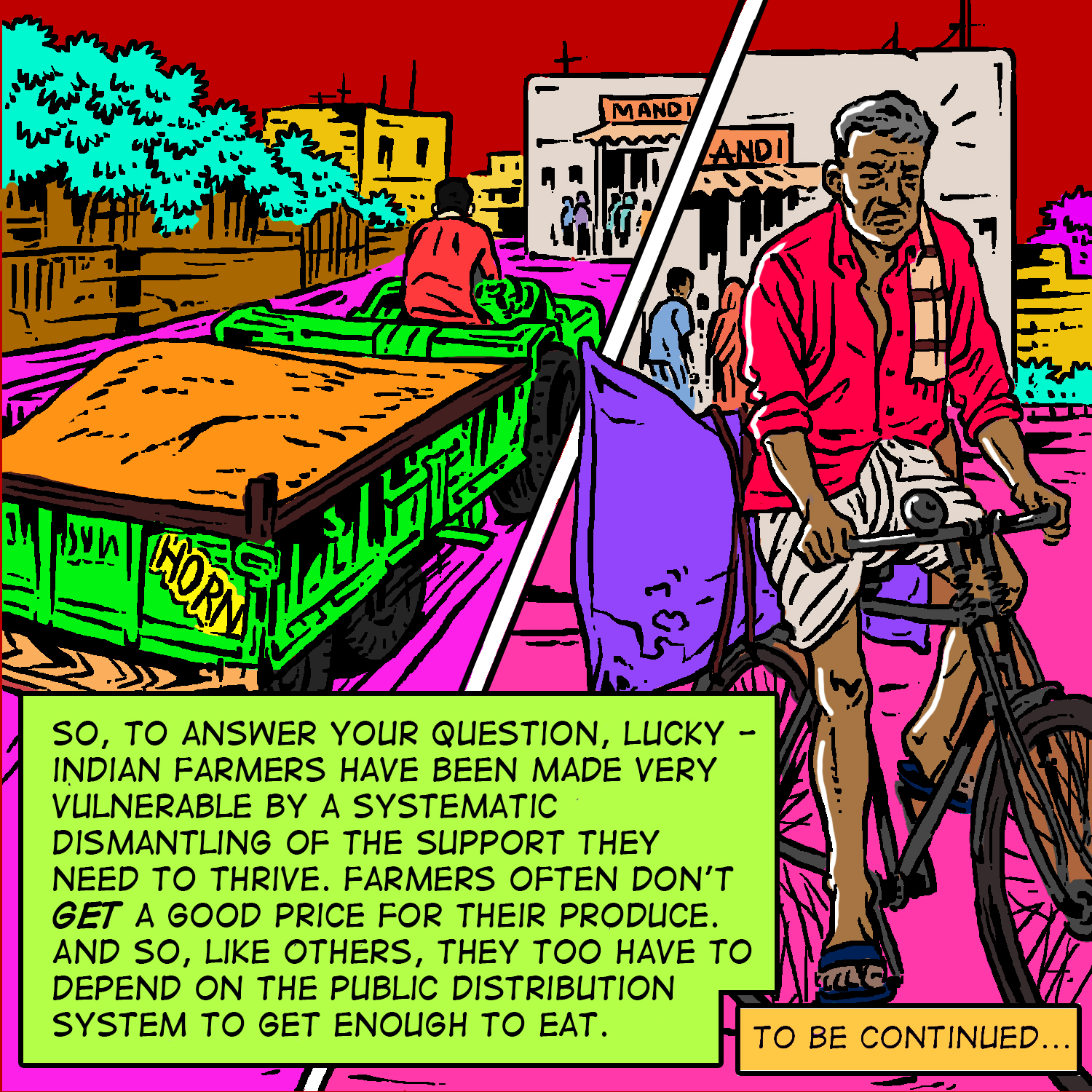
Chapter 5: The Road to PDS: A brief timeline — 18 & 20 July 2022
Soni, Lucky, with Uma, the farmer from Assam, and her kids cycle through the history of the Public Distribution System to discover how policy decisions changed its course and made it what it is today.
Public Distribution System is a system by which subsidized food can be purchased at Fair Price Shops. Locally, we call these ration shops. At these shops some food grains like wheat and rice, sugar and fuel such as kerosene are available.
As we continue to cycle through the history of the Public Distribution System (PDS), we see that while there have been some improvements, there is still a long way to go. The #RighttoFood campaign has said that in order to meet the food security and nutritional needs of the people of #India, the PDS must be universalised.
After dropping Uma and her children off at the ration shop, Sony and Lucky cycle on to their next destination.
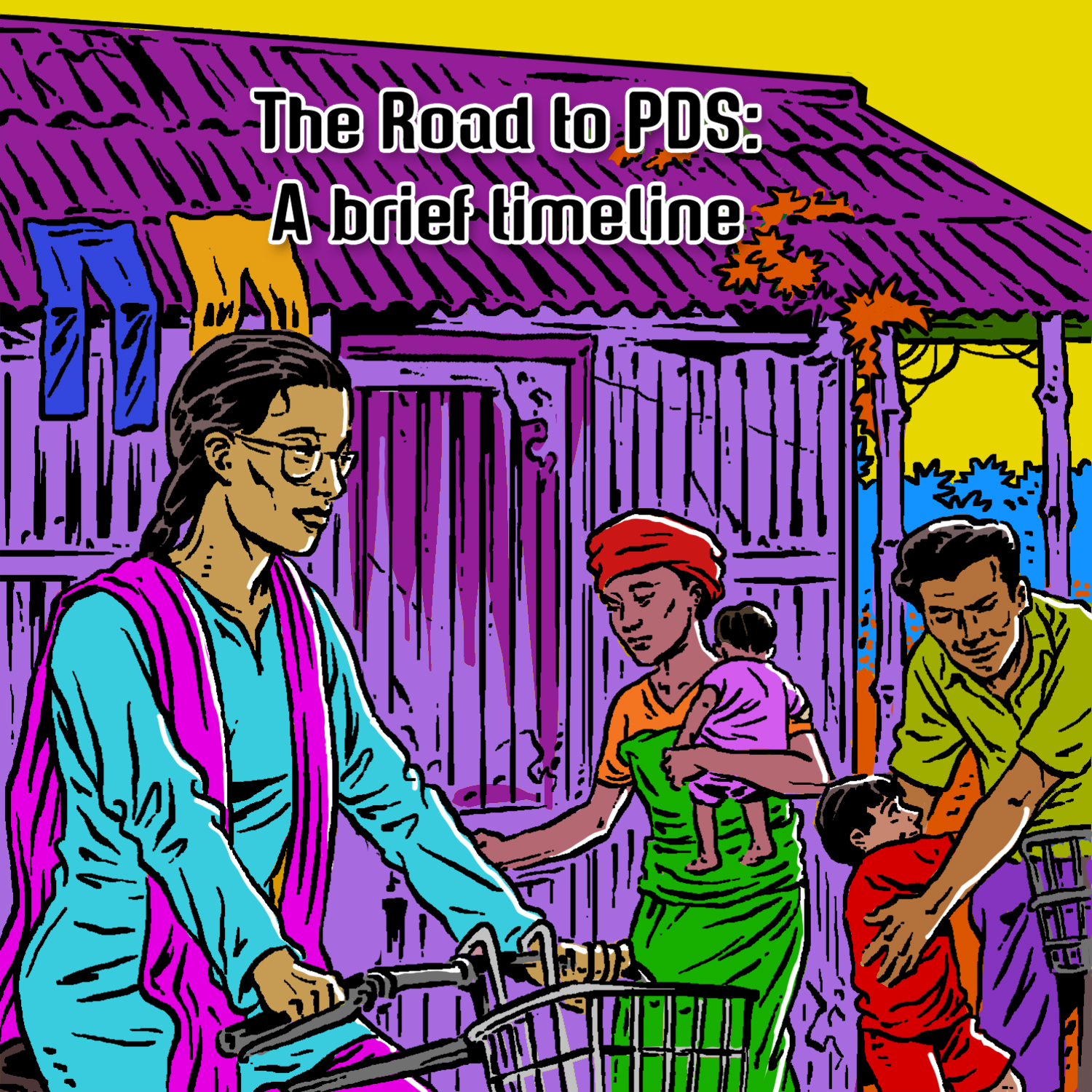
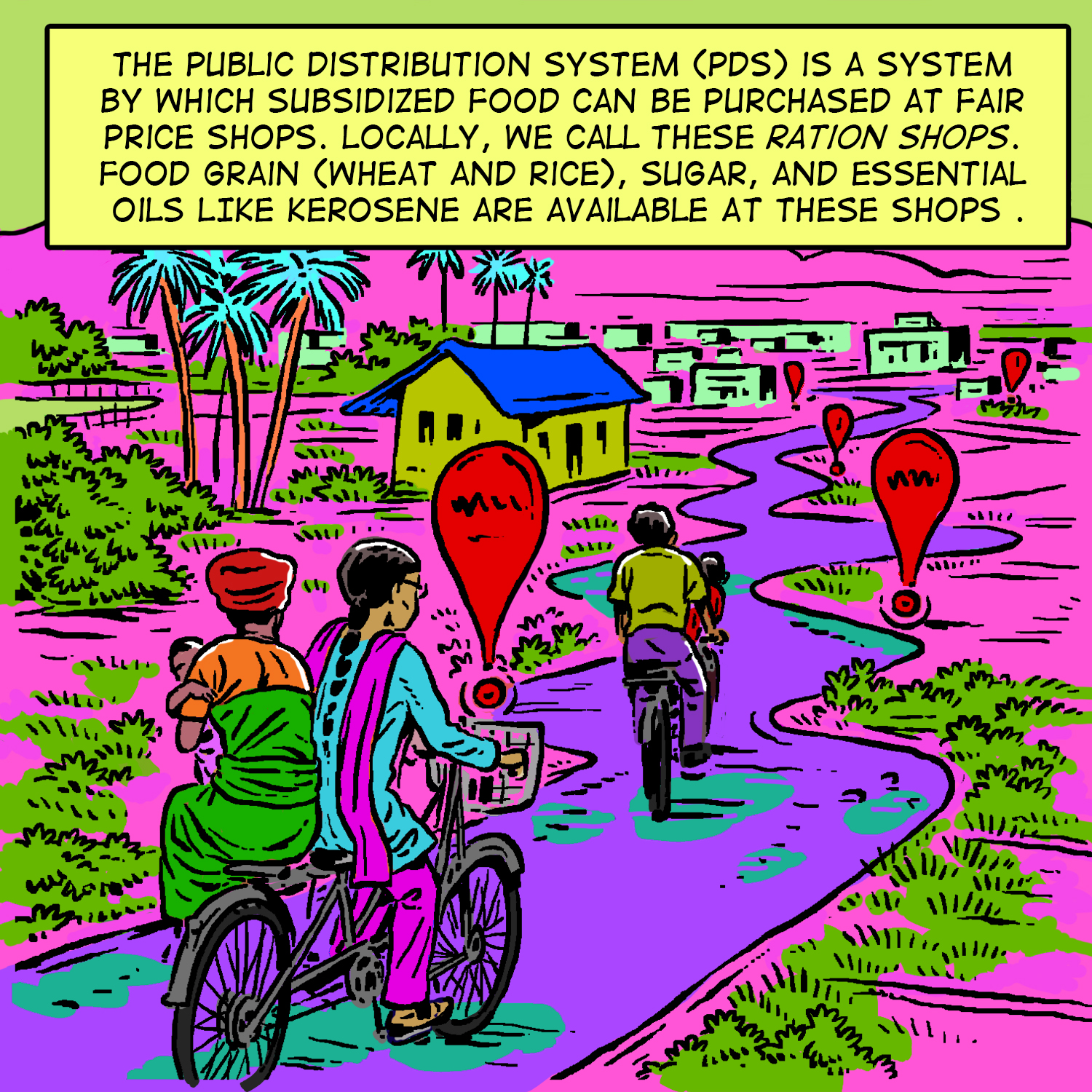
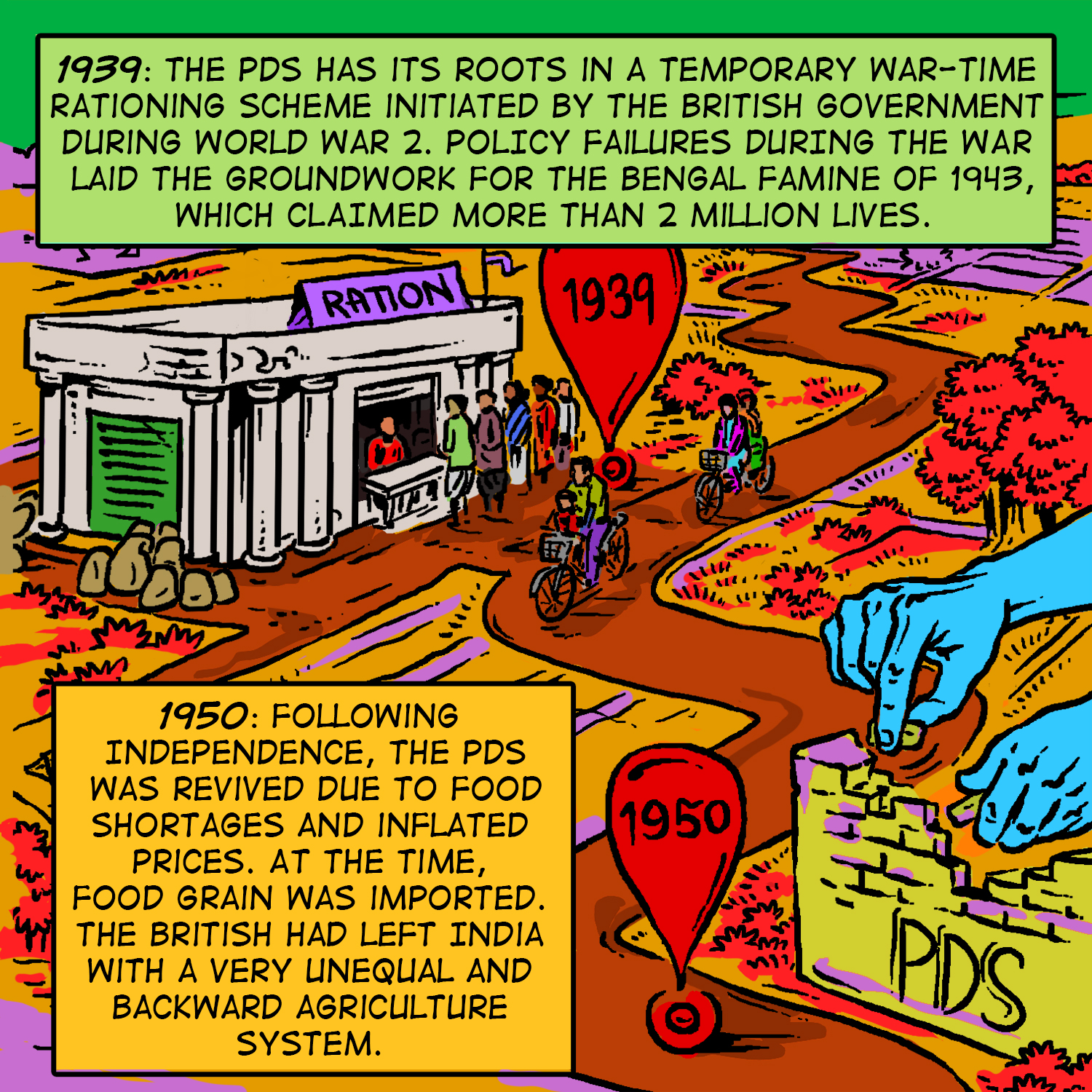
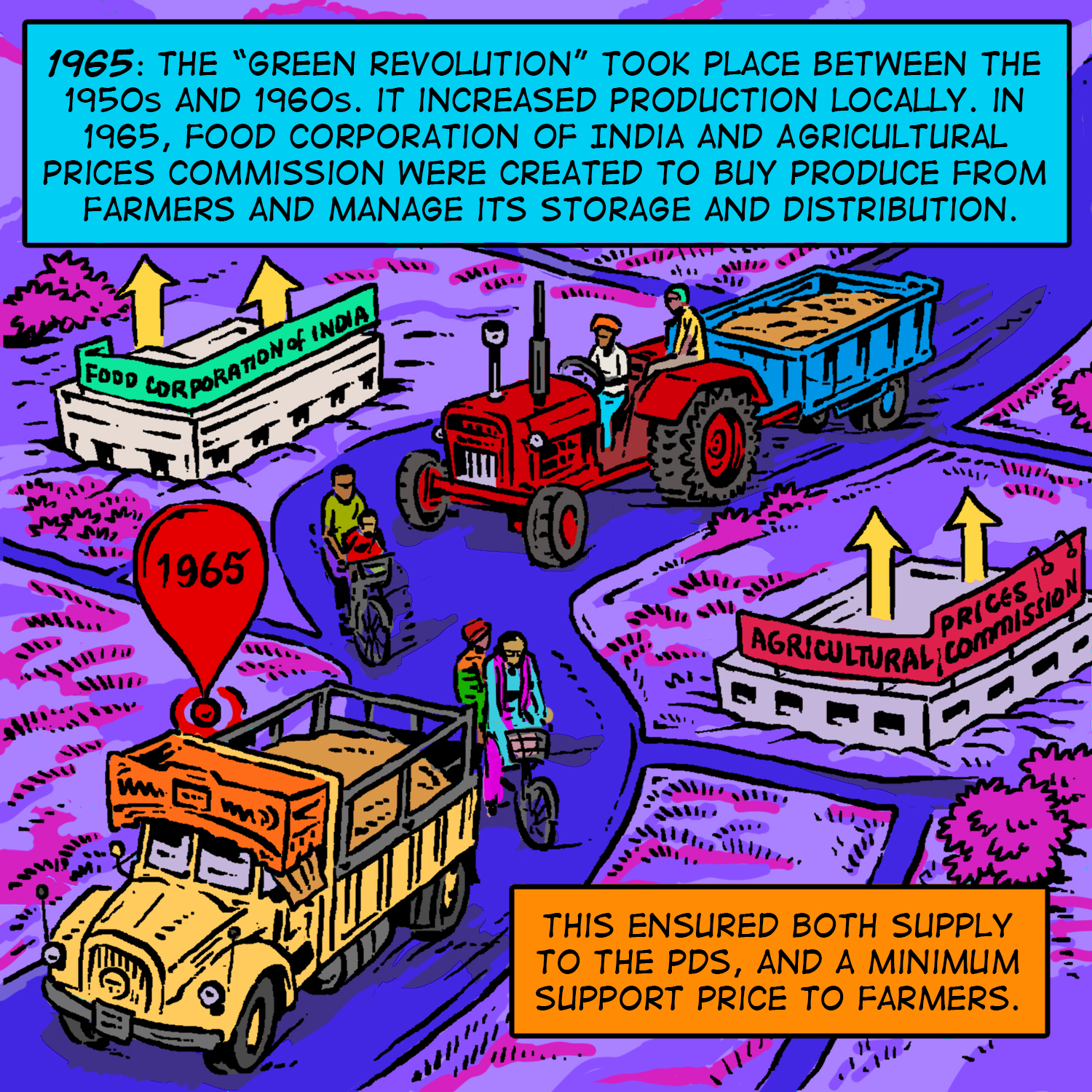
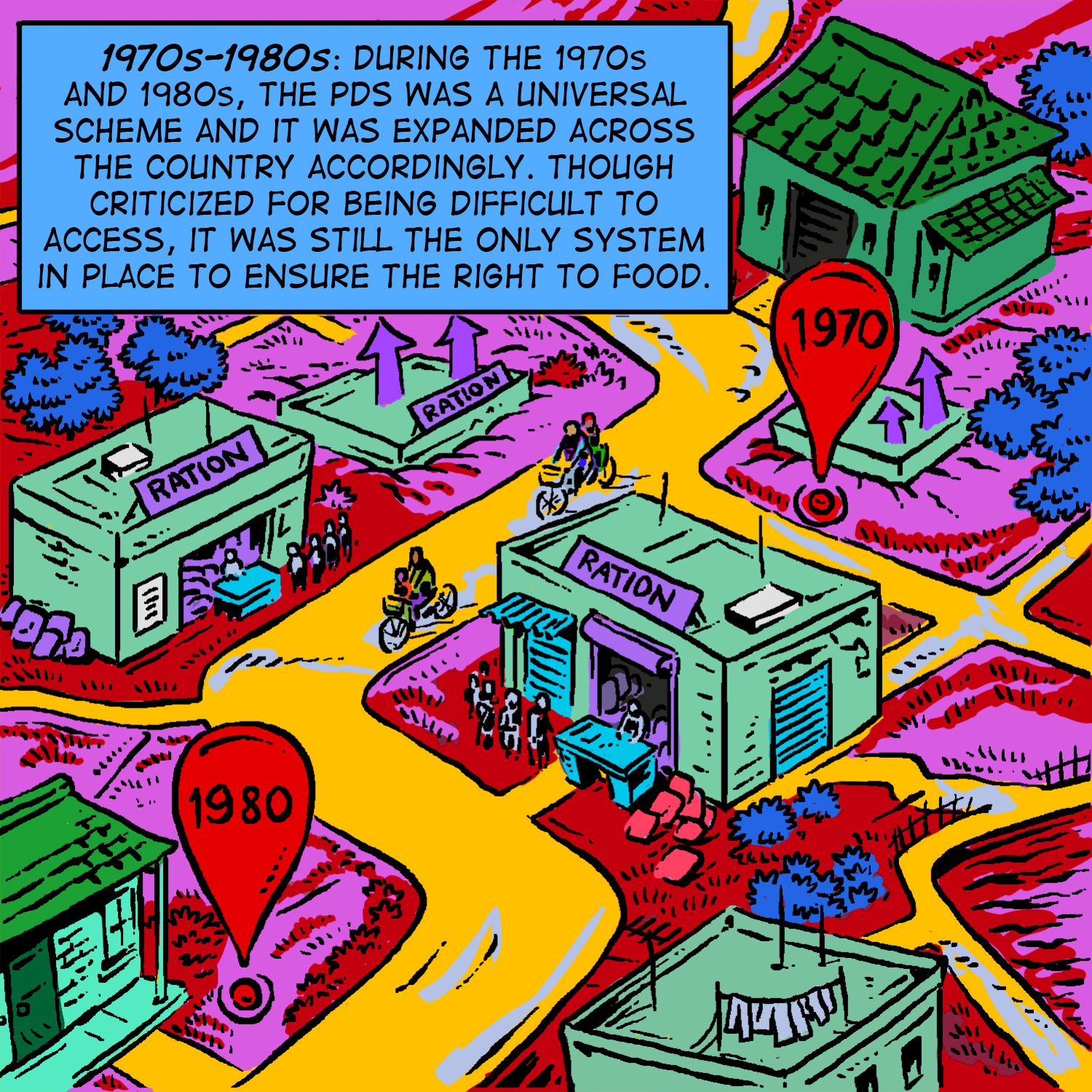


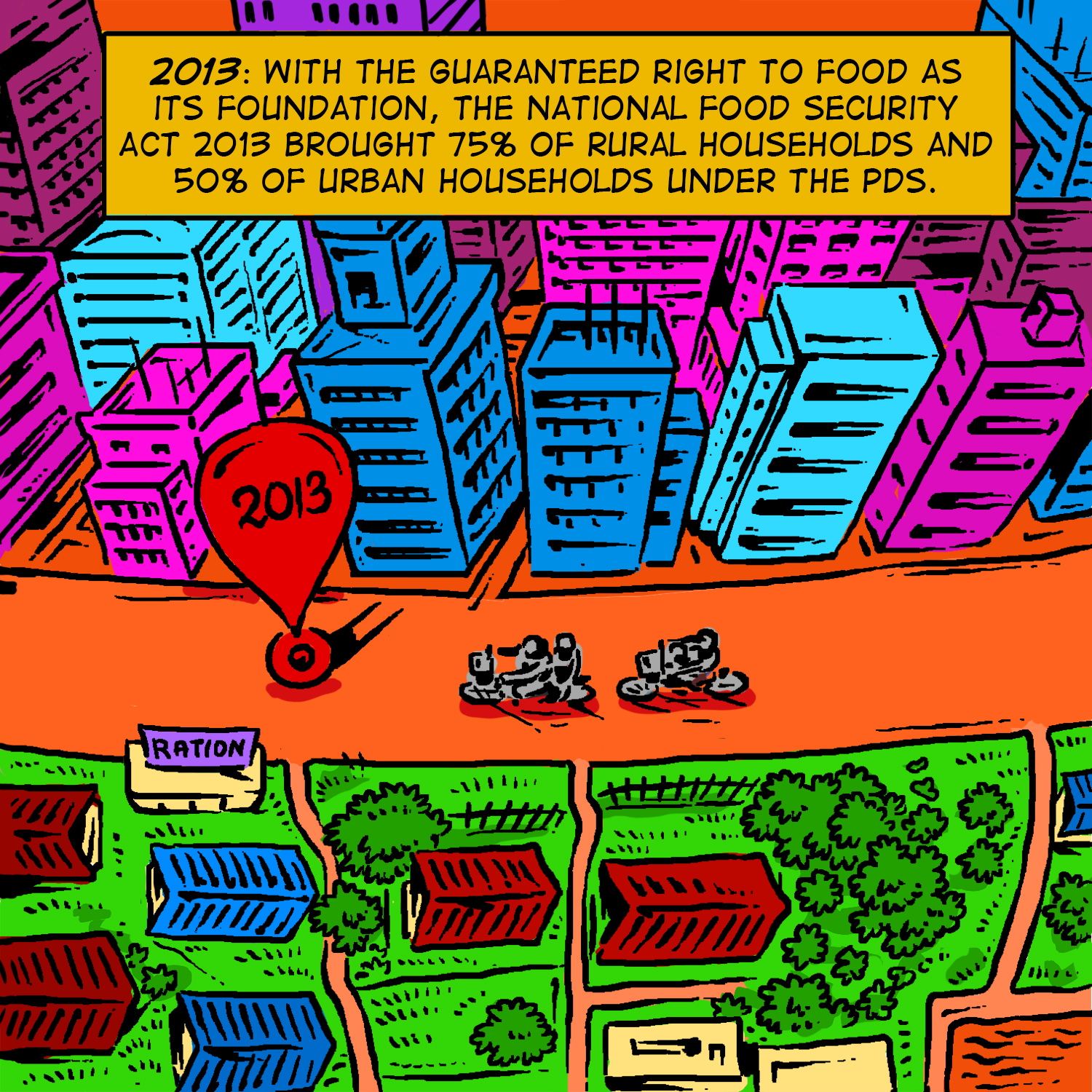
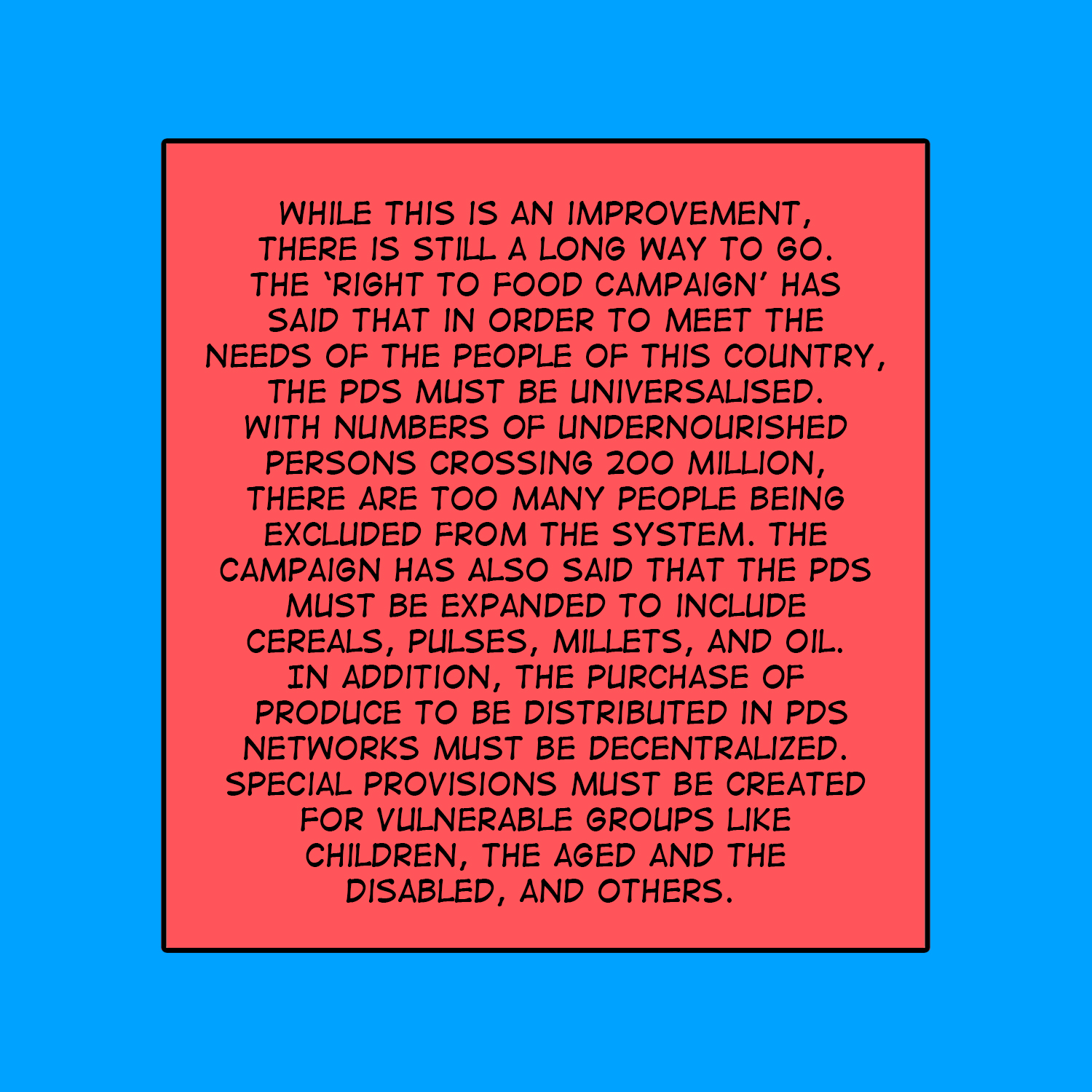

Chapter 6: How does the PDS work? — 1 & 3 August 2022
We travel with Soni and Lucky to Khanna mandi — Asia’s largest grain mandi — in Punjab, Soni’s home state, where we see how grain is procured. Step-by-step, we learn how farmers bring their grain to the market, how the government procures it, its storage and, finally, delivery to the ration shop where it is distributed to beneficiaries. We also learn from Soni’s family’s experience in farming on how farmers bring their grain to the market, how the government procures it, its storage and, finally, delivery to the ration shop where it is distributed to beneficiaries.



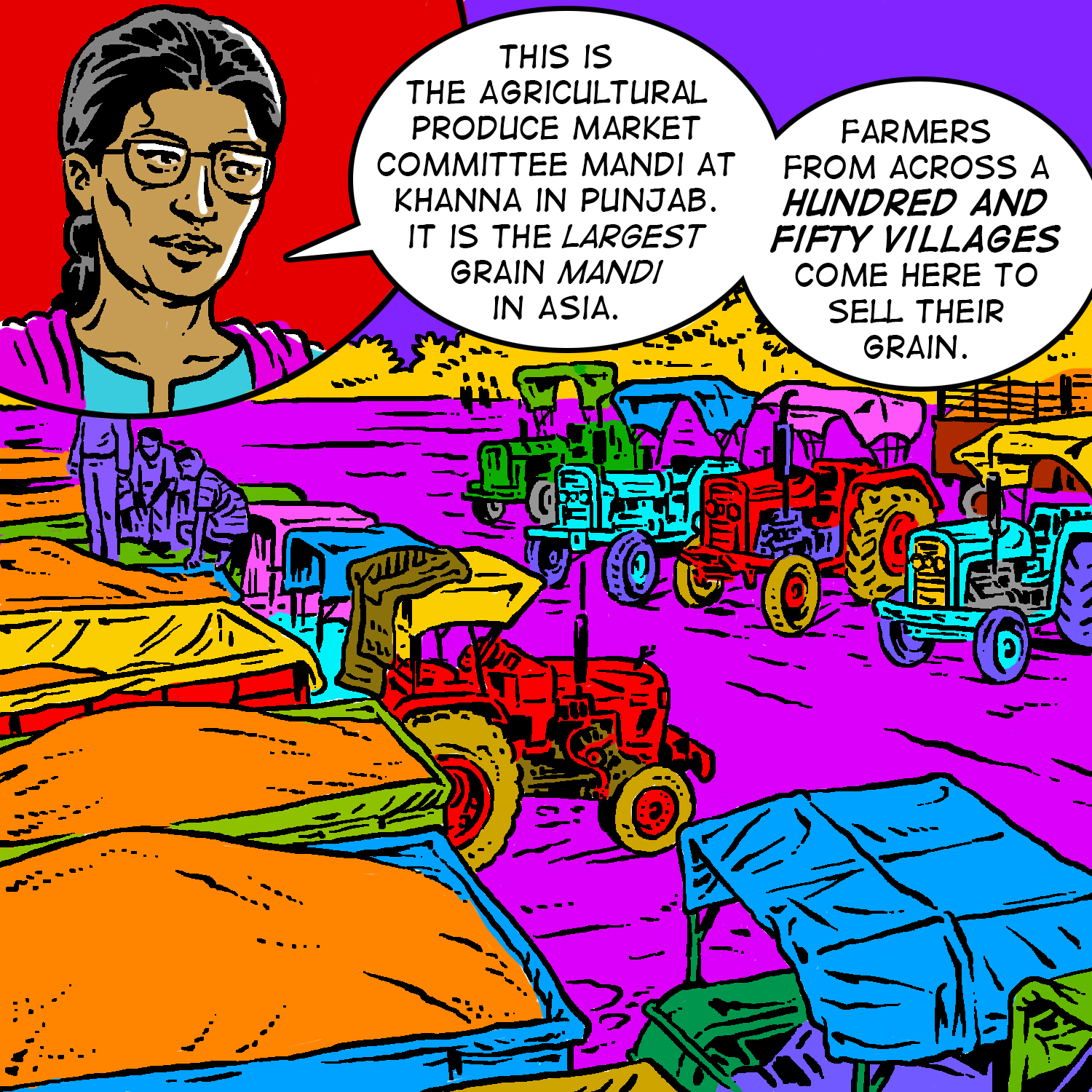
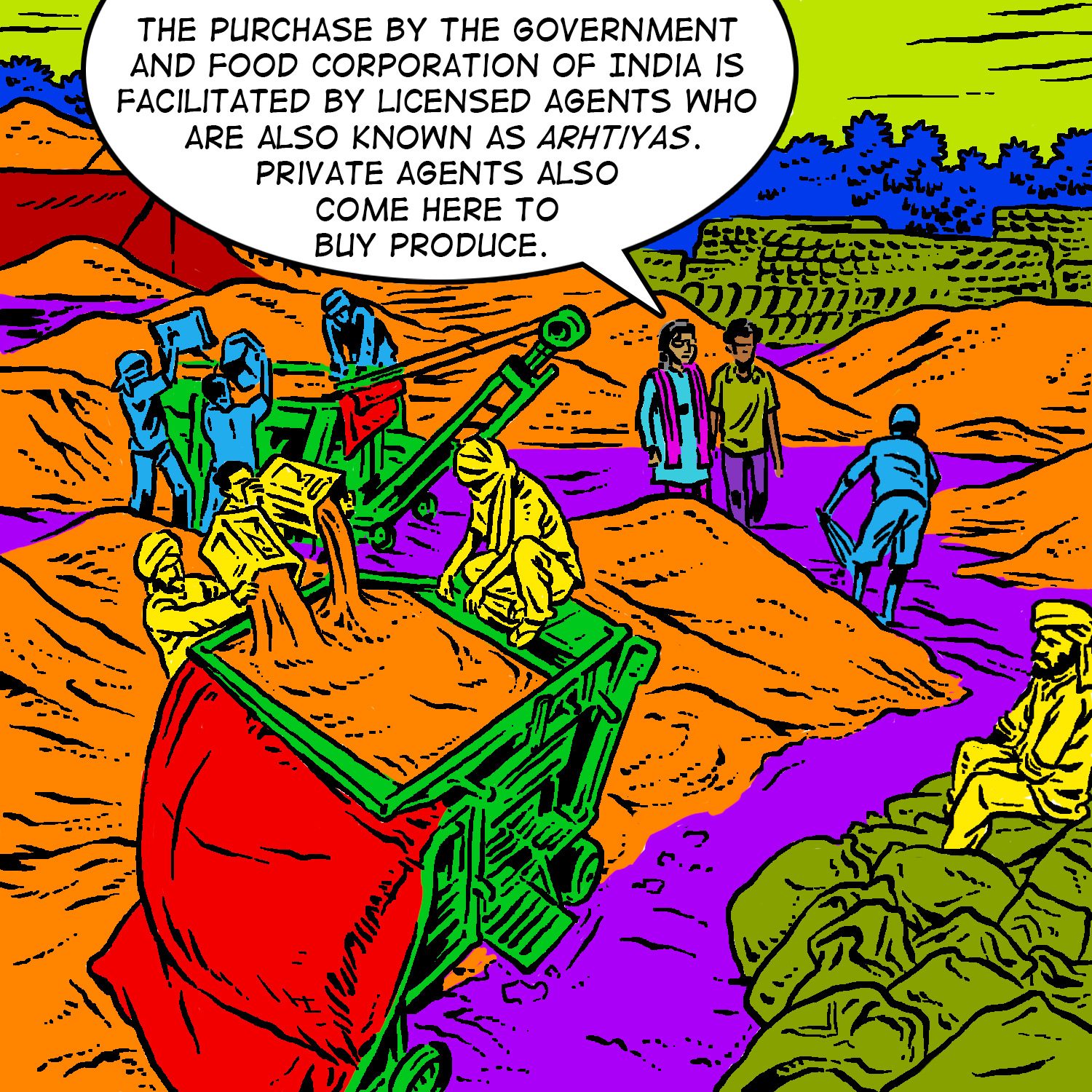
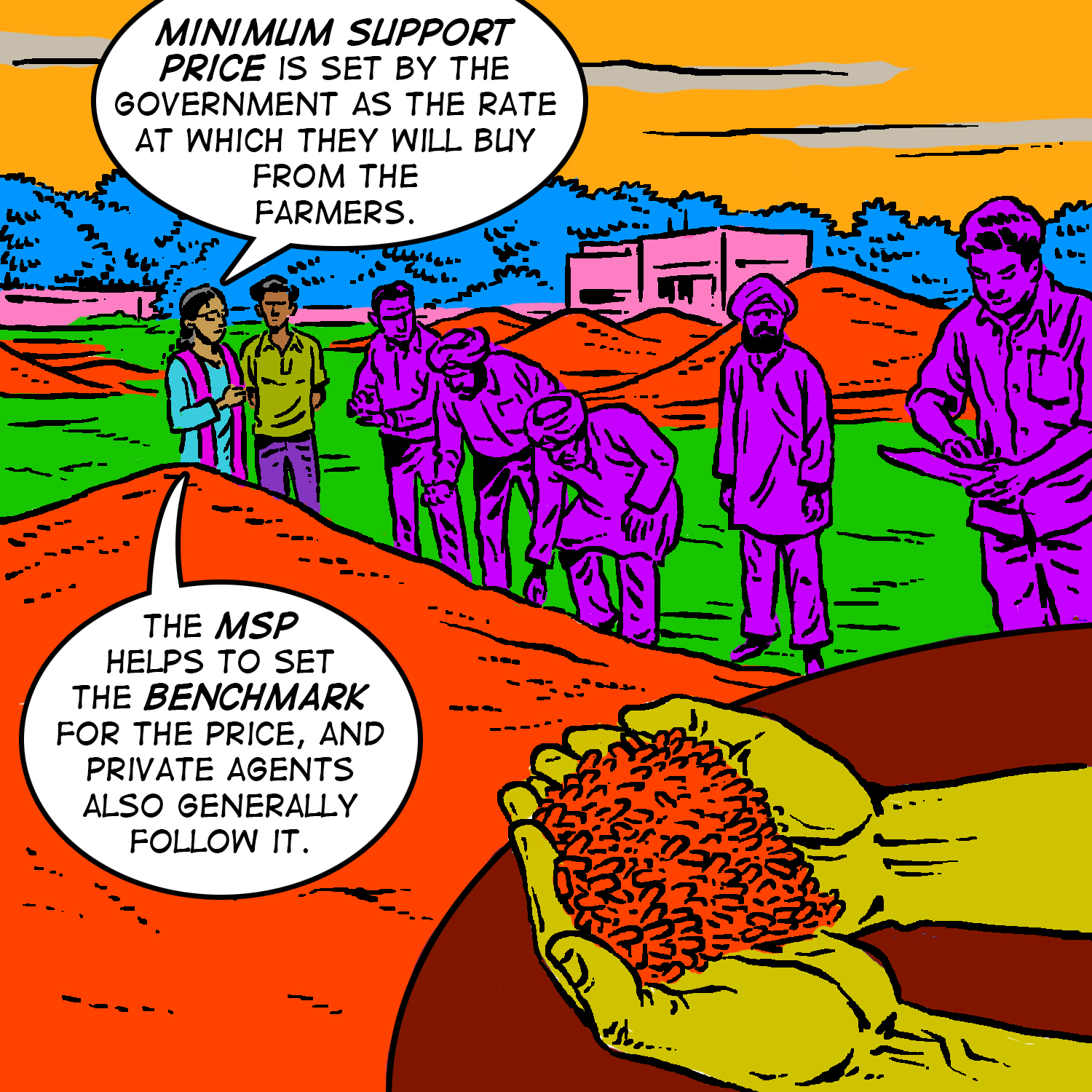
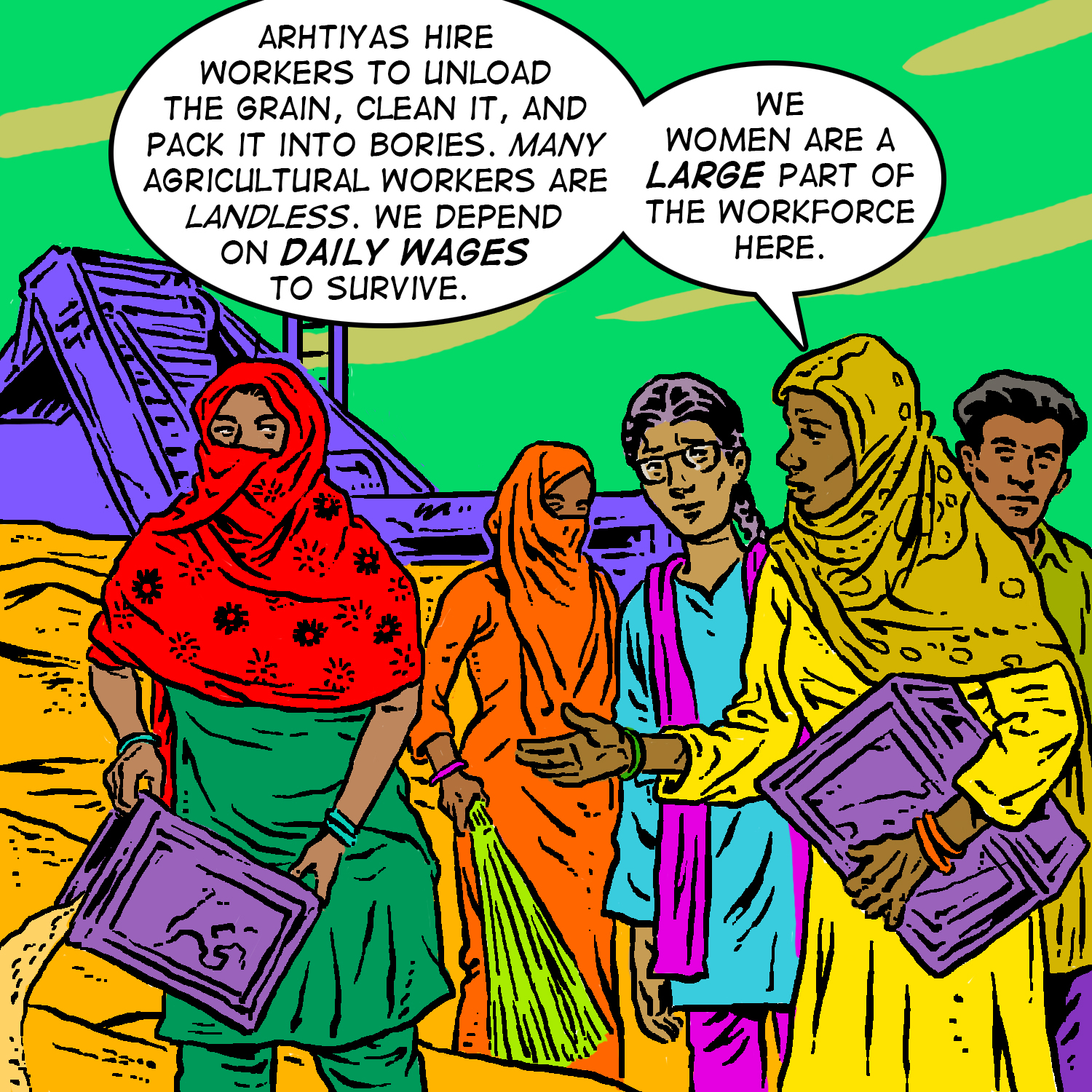
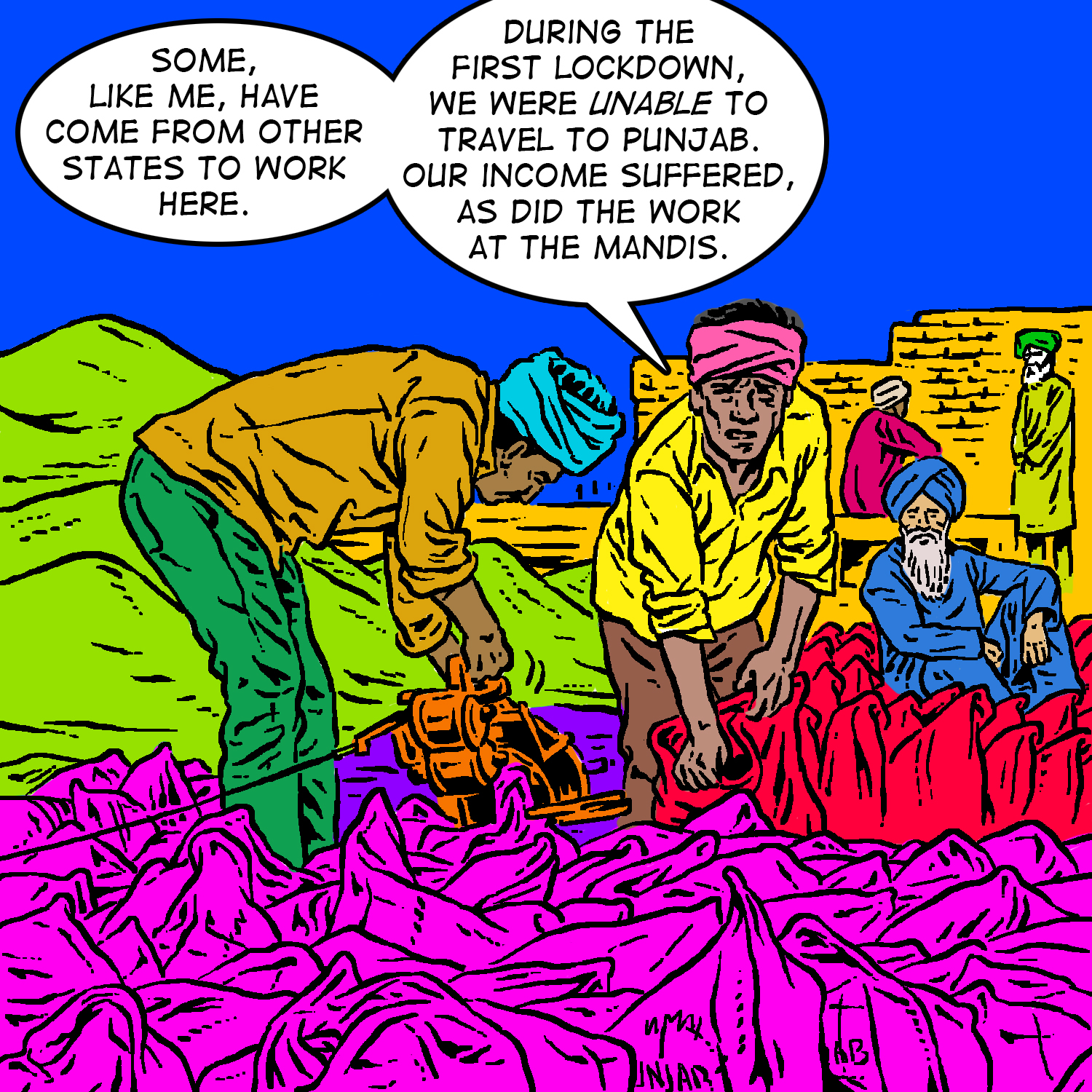
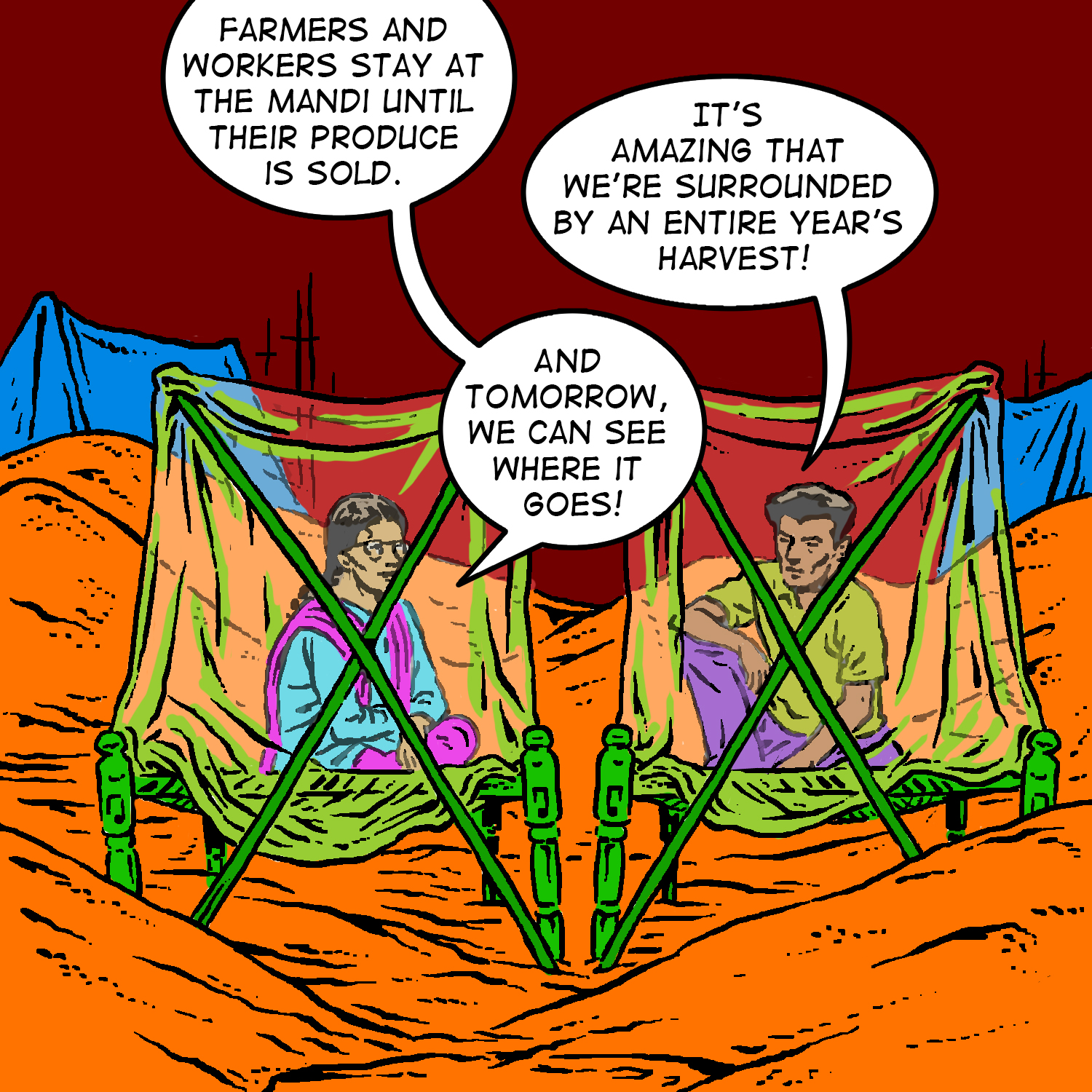
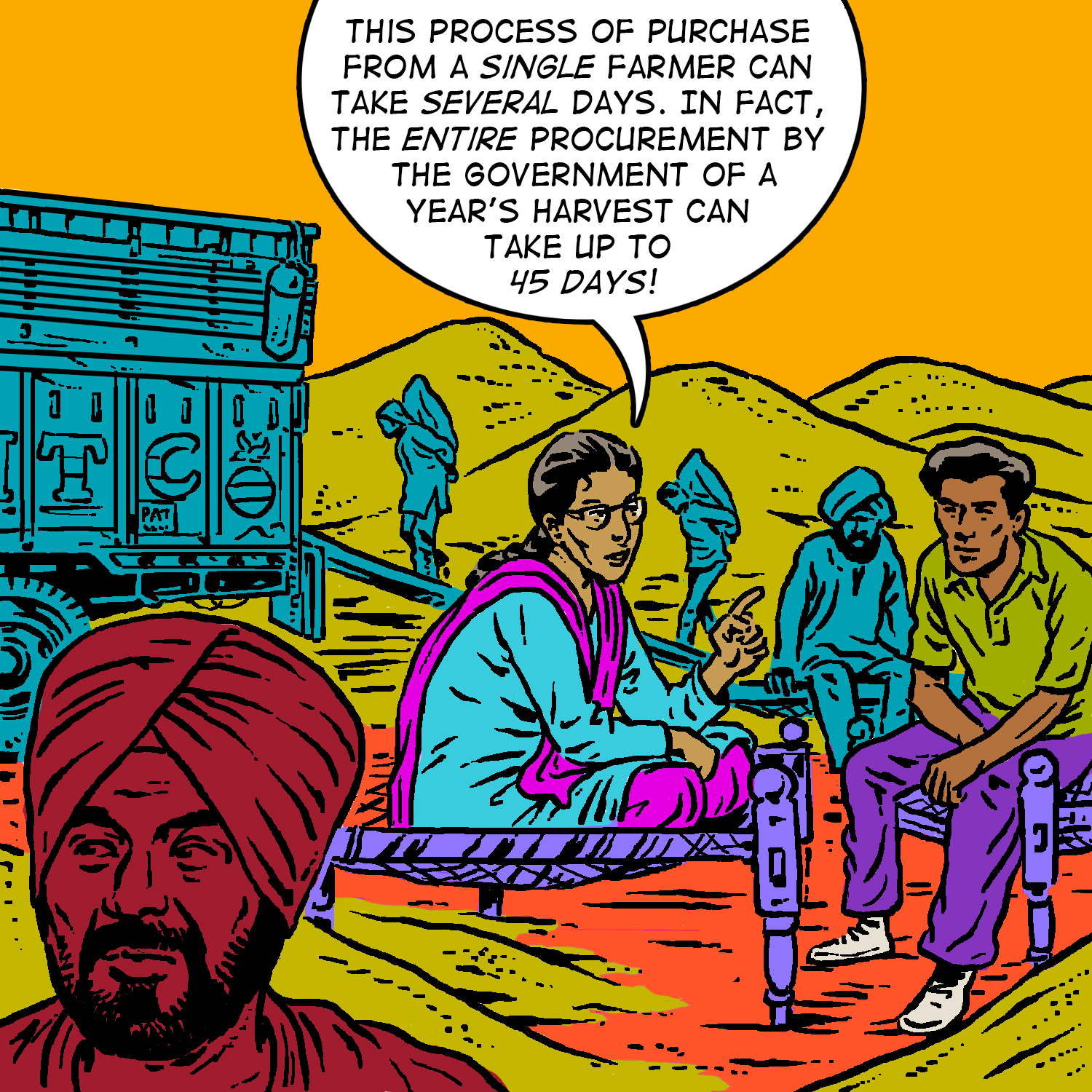
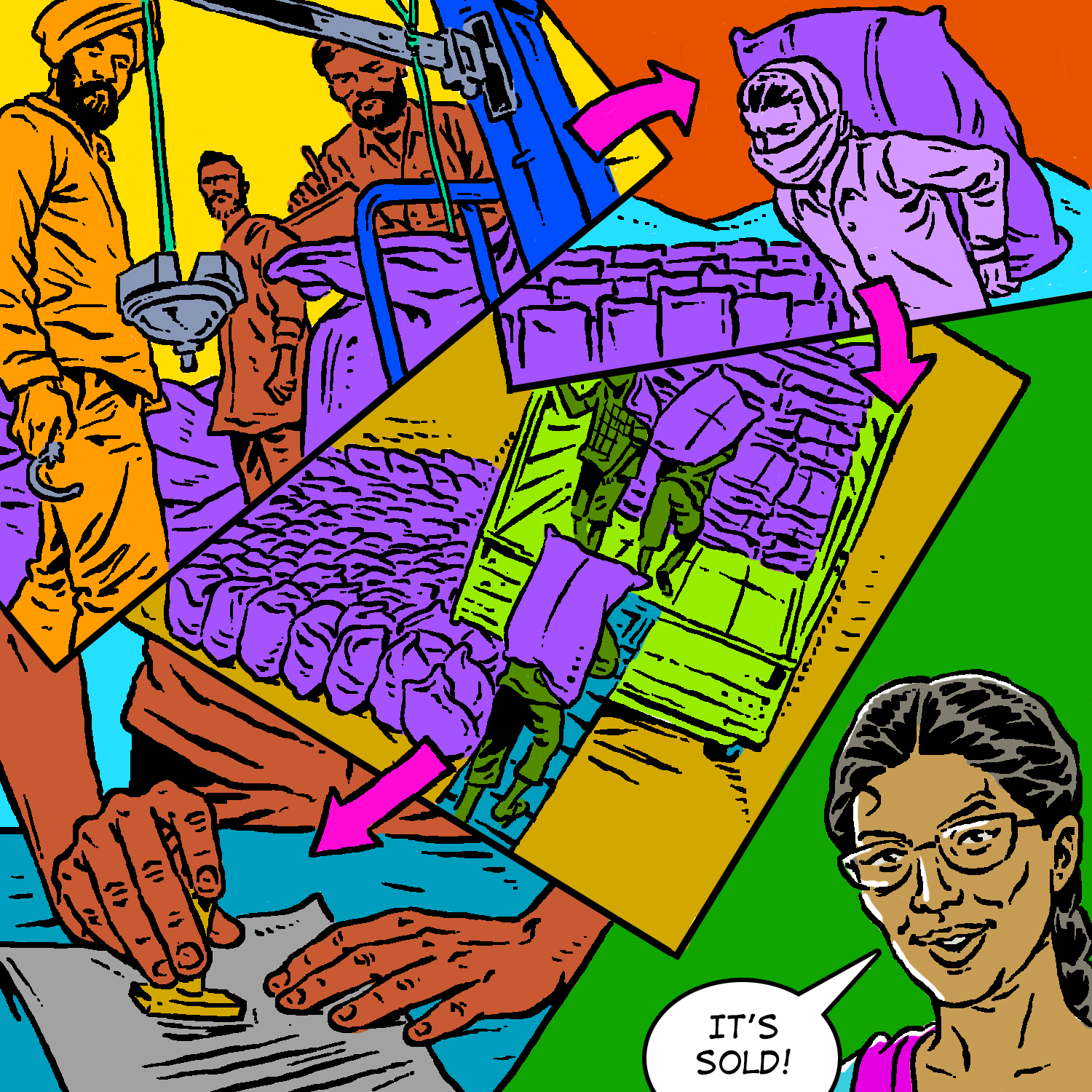
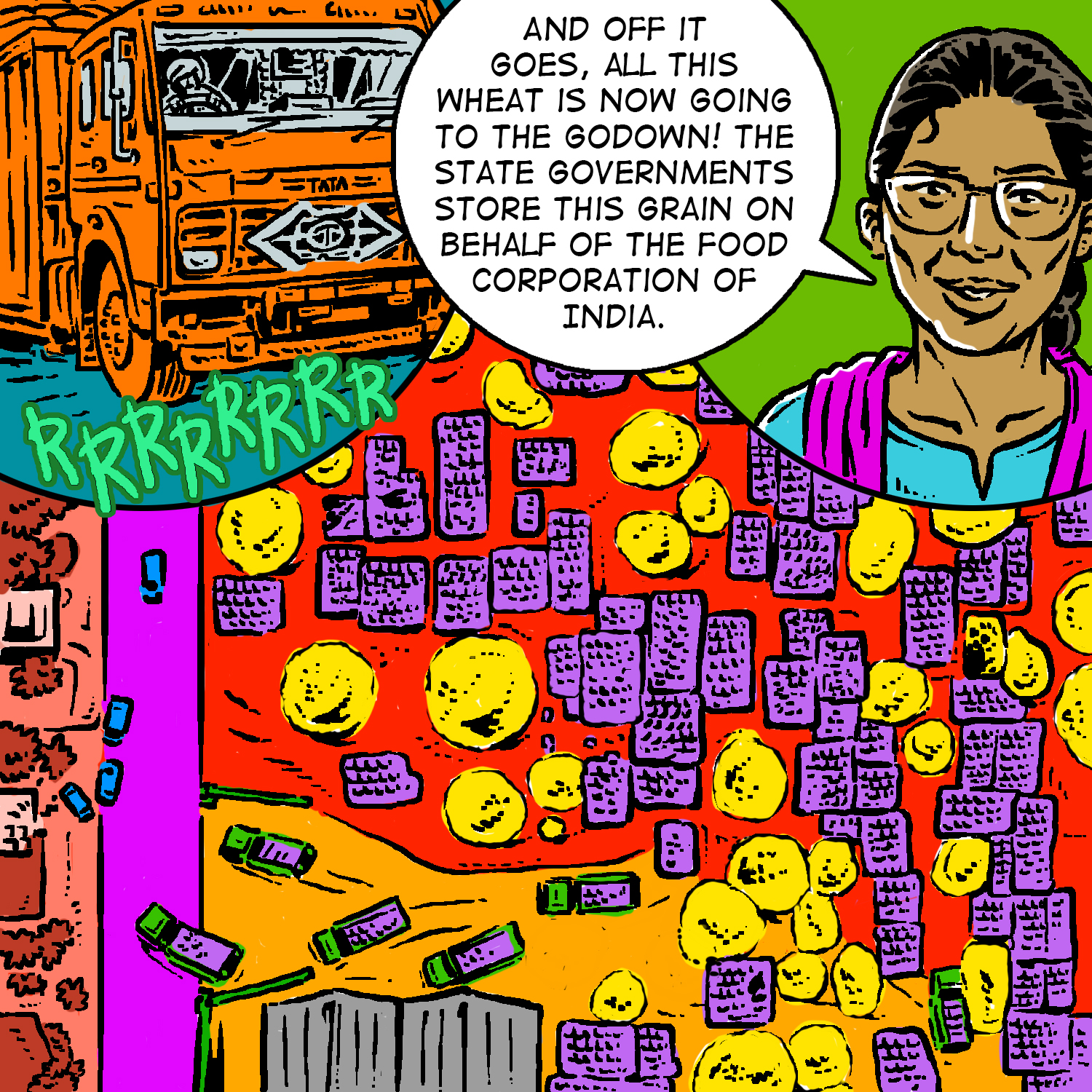
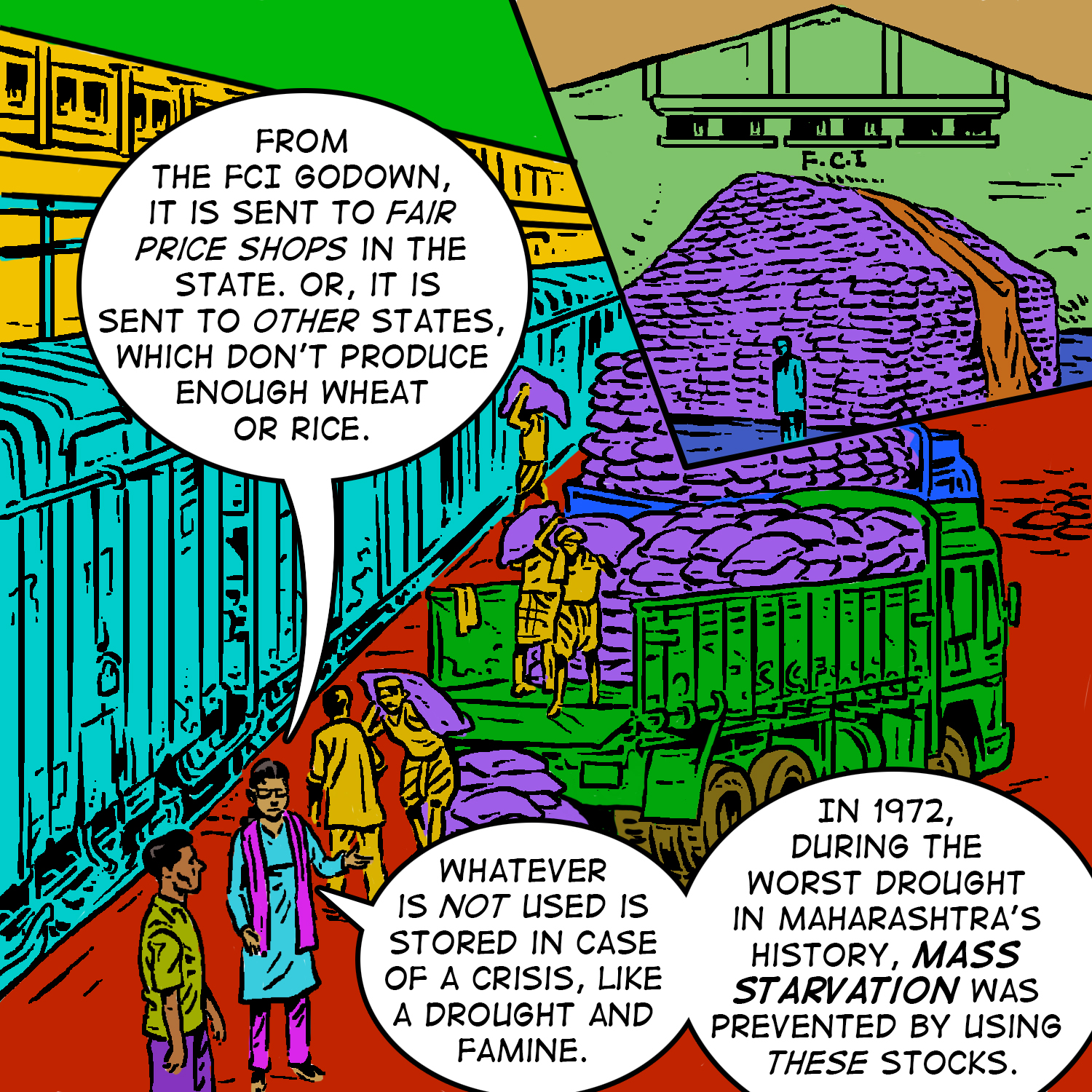
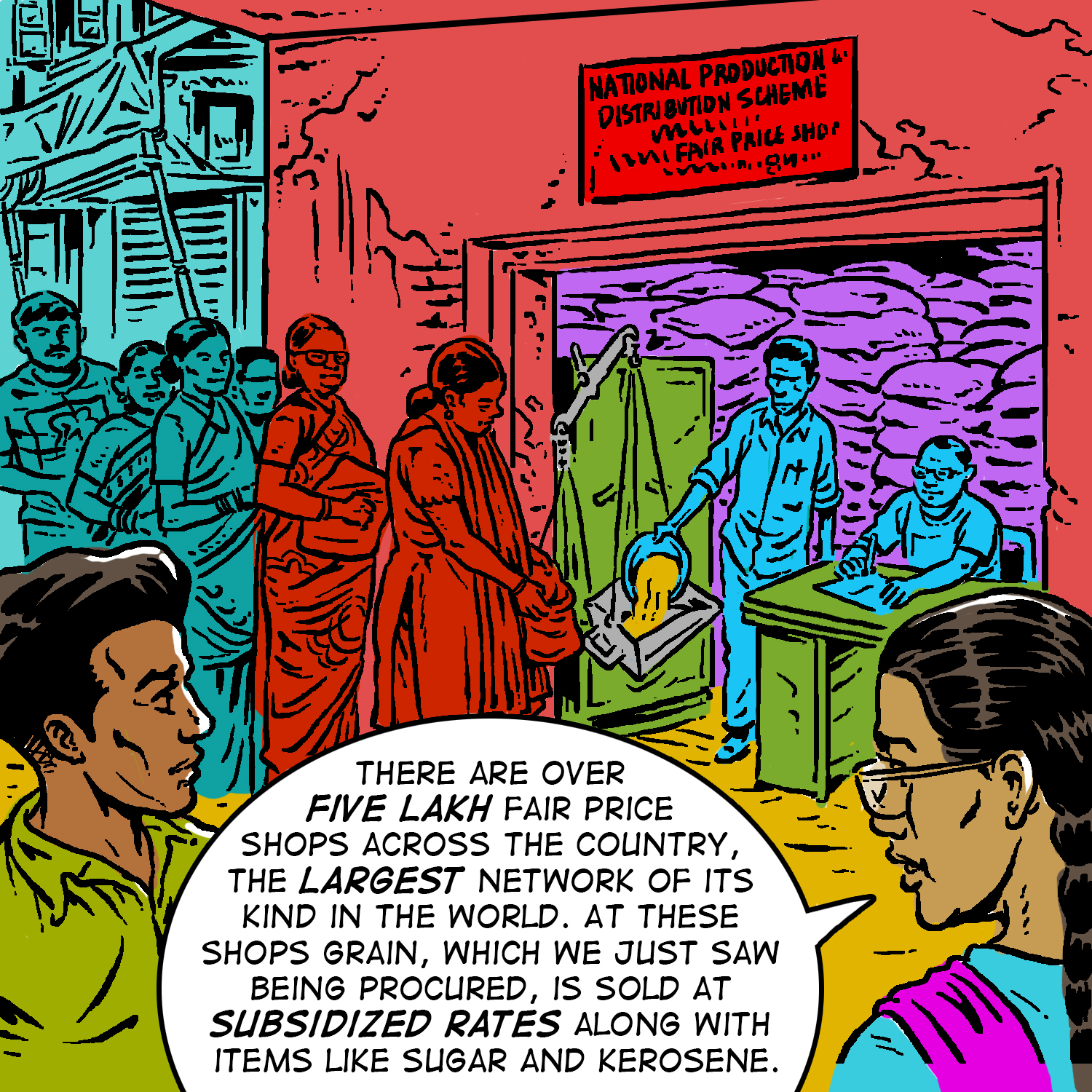
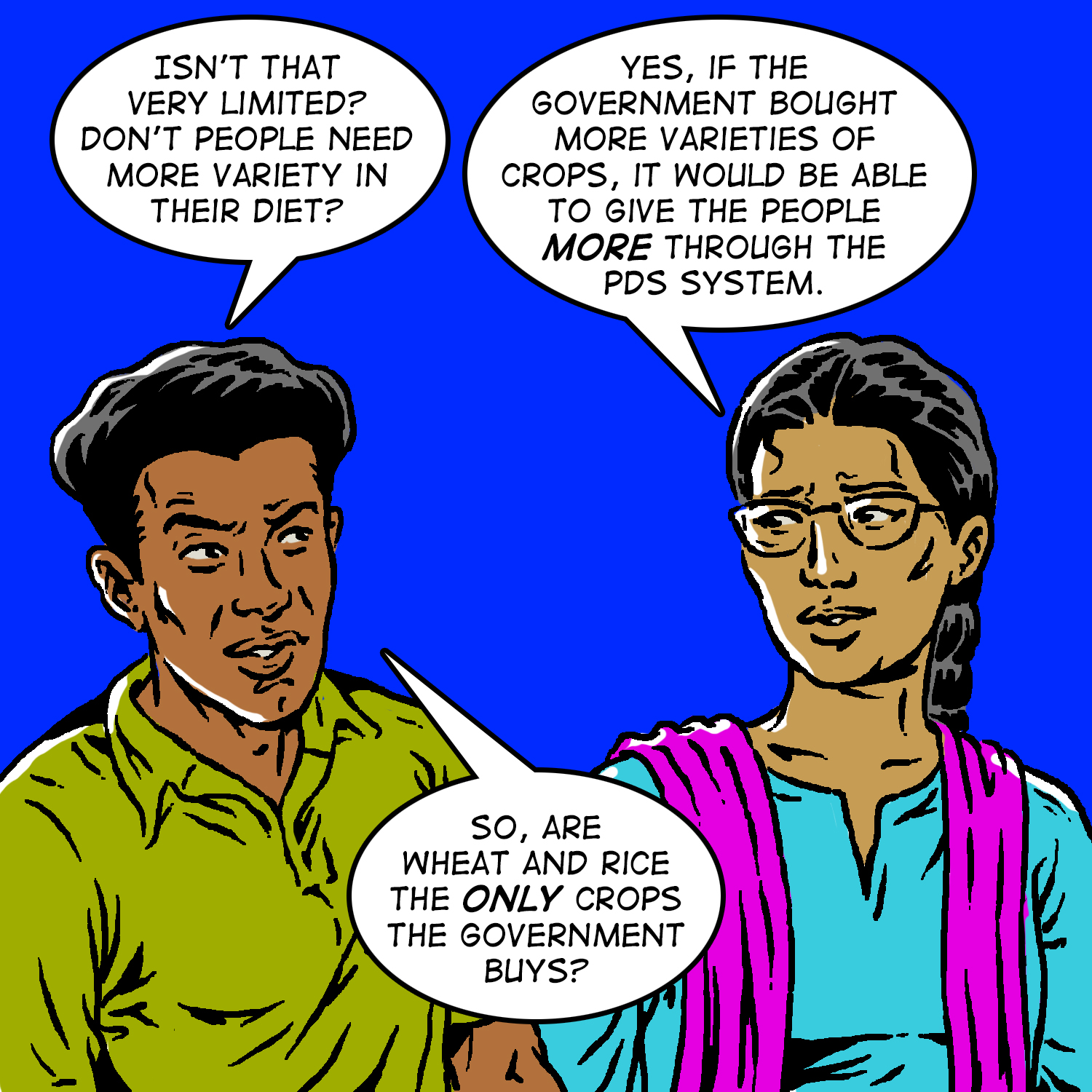

Chapter 7: Connecting the Dots: MSP, the Green Revolution and PDS — 8 & 10 August 2022
Soni and Lucky meet two farmers, Pritam Singh and Himmat Singh, at the Punjab agricultural mandi who explain how the Green Revolution, Minimum Support Price (MSP) and the PDS are connected. They discuss the many problems of the Green Revolution and how it has skewed agricultural practice in the country because of its emphasis on rice and wheat.
With the two farmers, Soni and Lucky also discuss the environmental implications of using pesticides and fertilizers which have resulted in illnesses
Farmers are dealing with crises, every single day. Measures that support them must be adopted, like securing land rights and canceling debt. One key measure is legalizing MSP, and buying a wide range of crops. This will support farmers and those who depend on the PDS system.


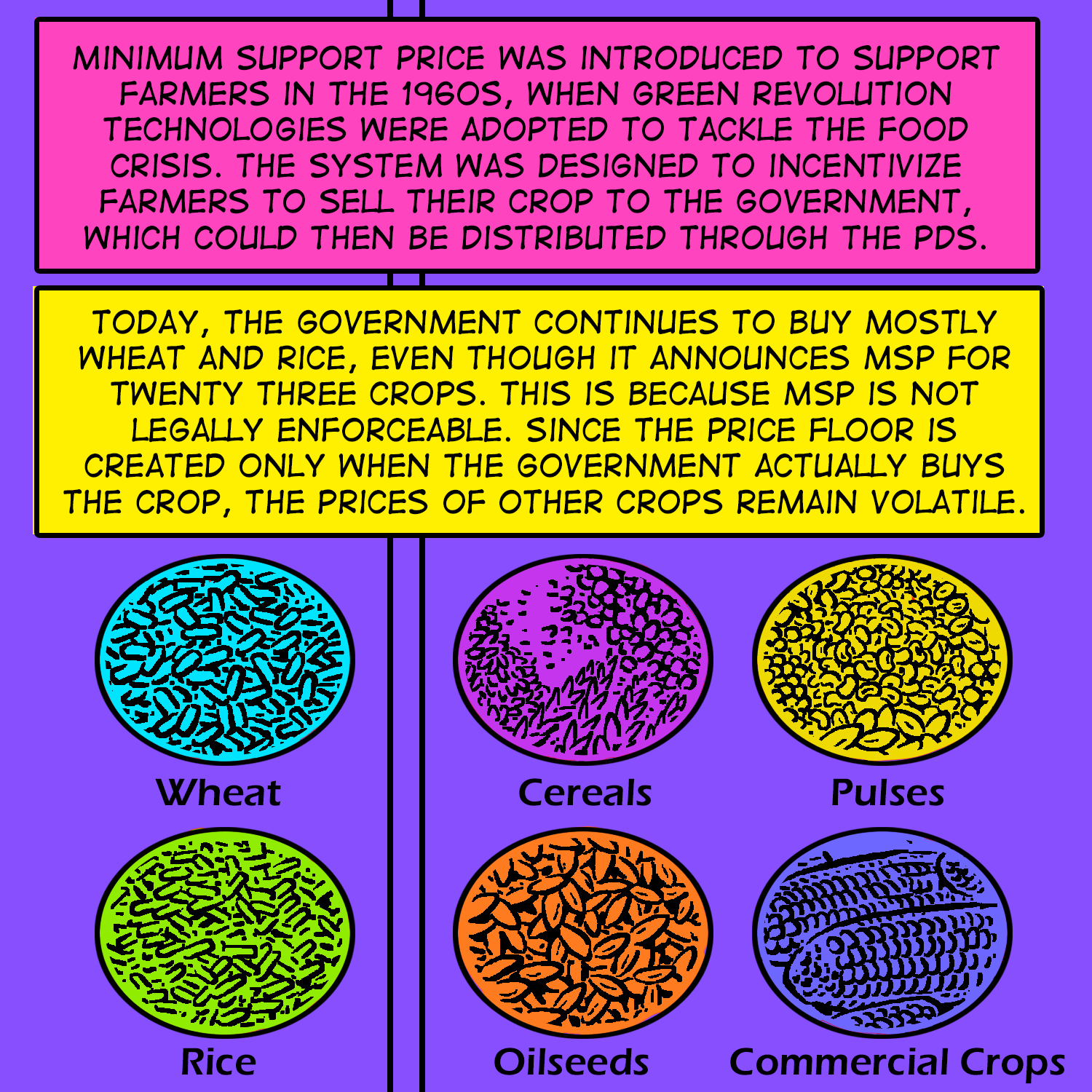
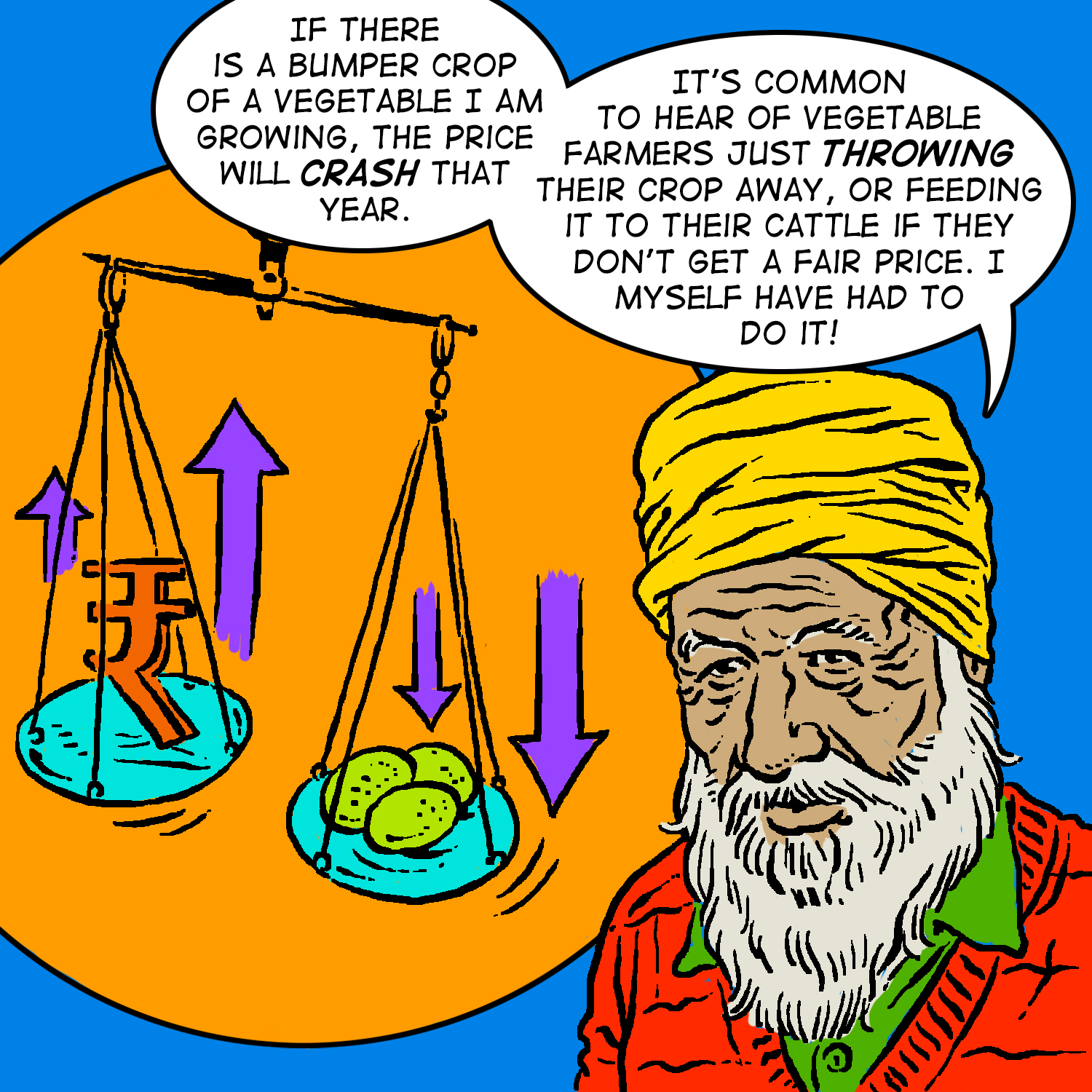
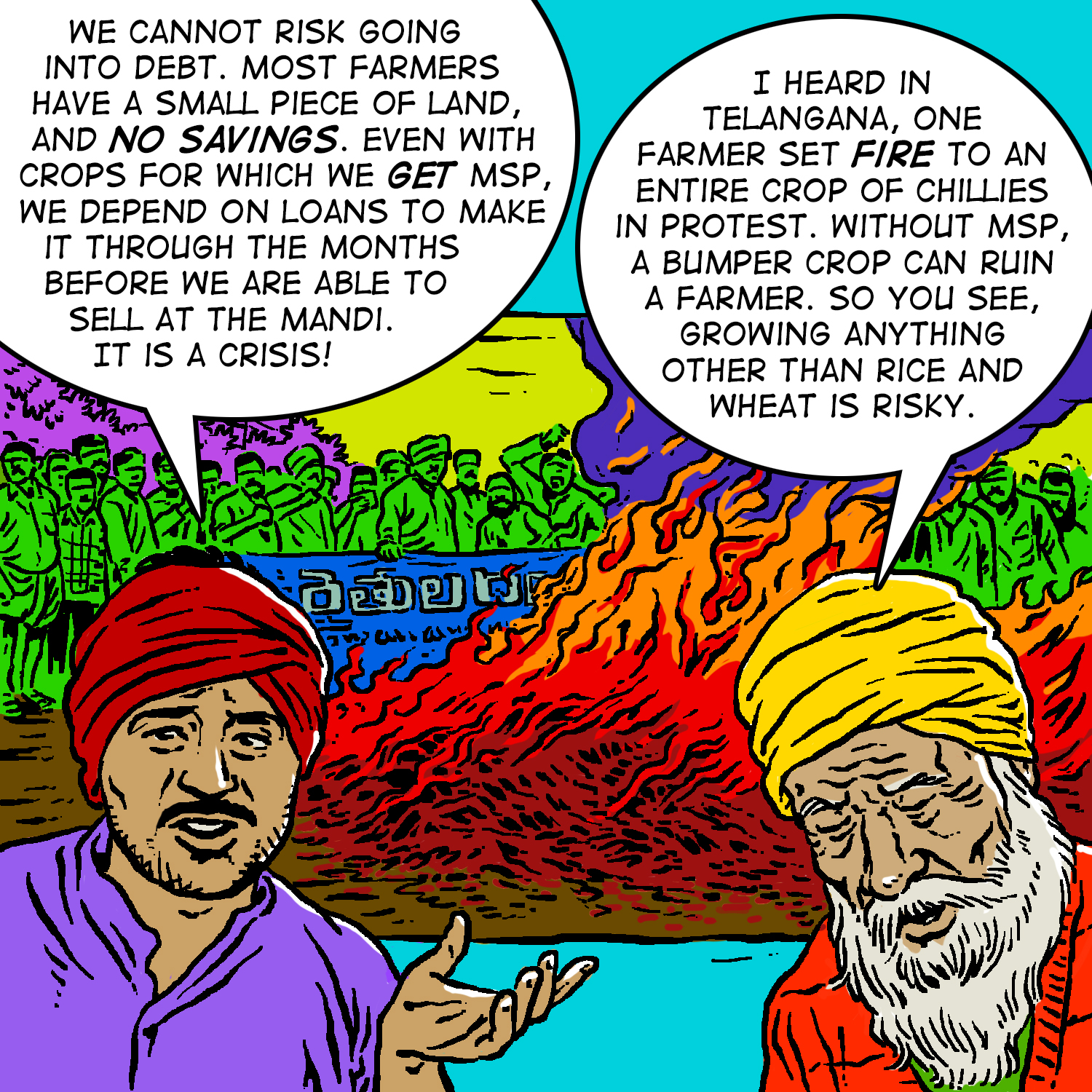


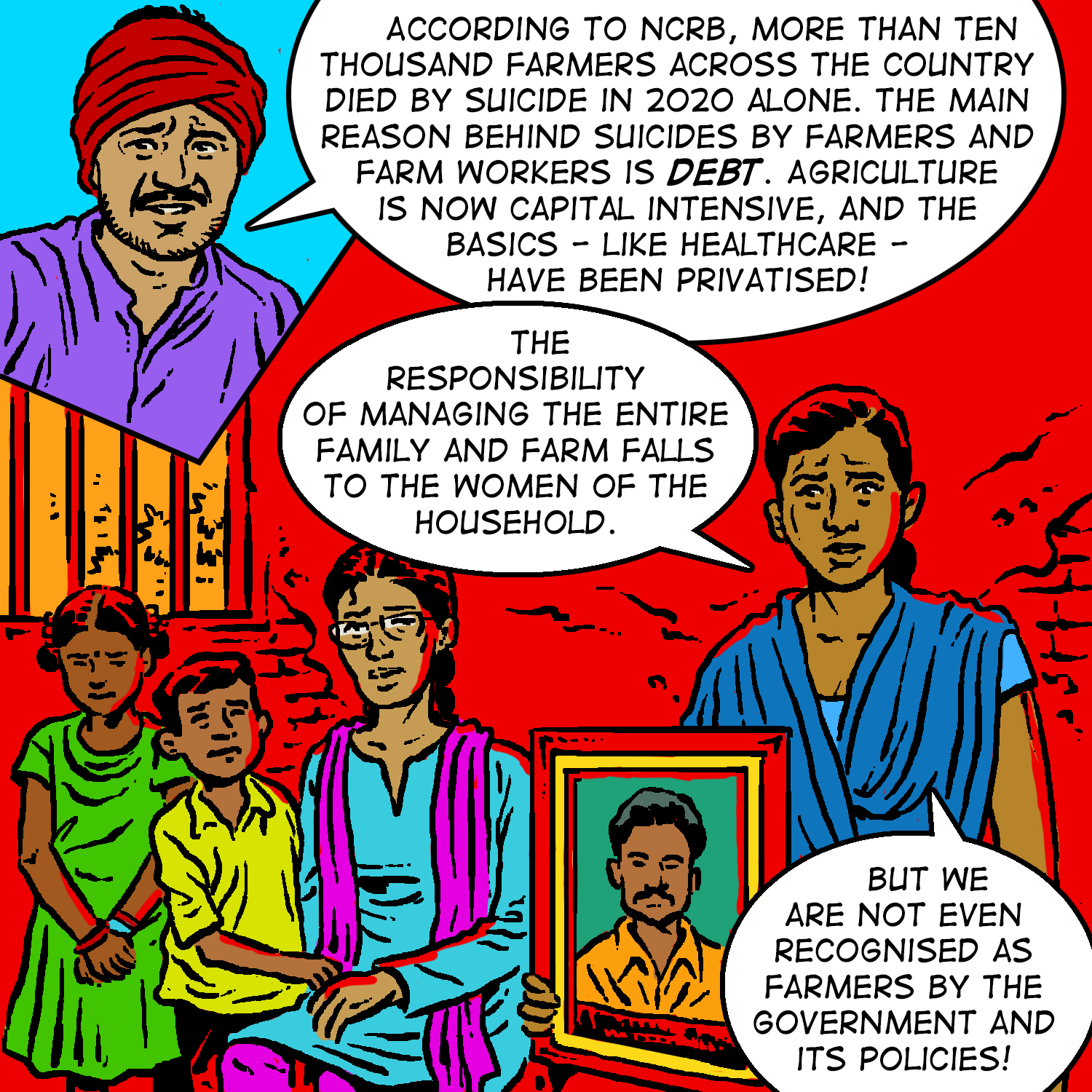
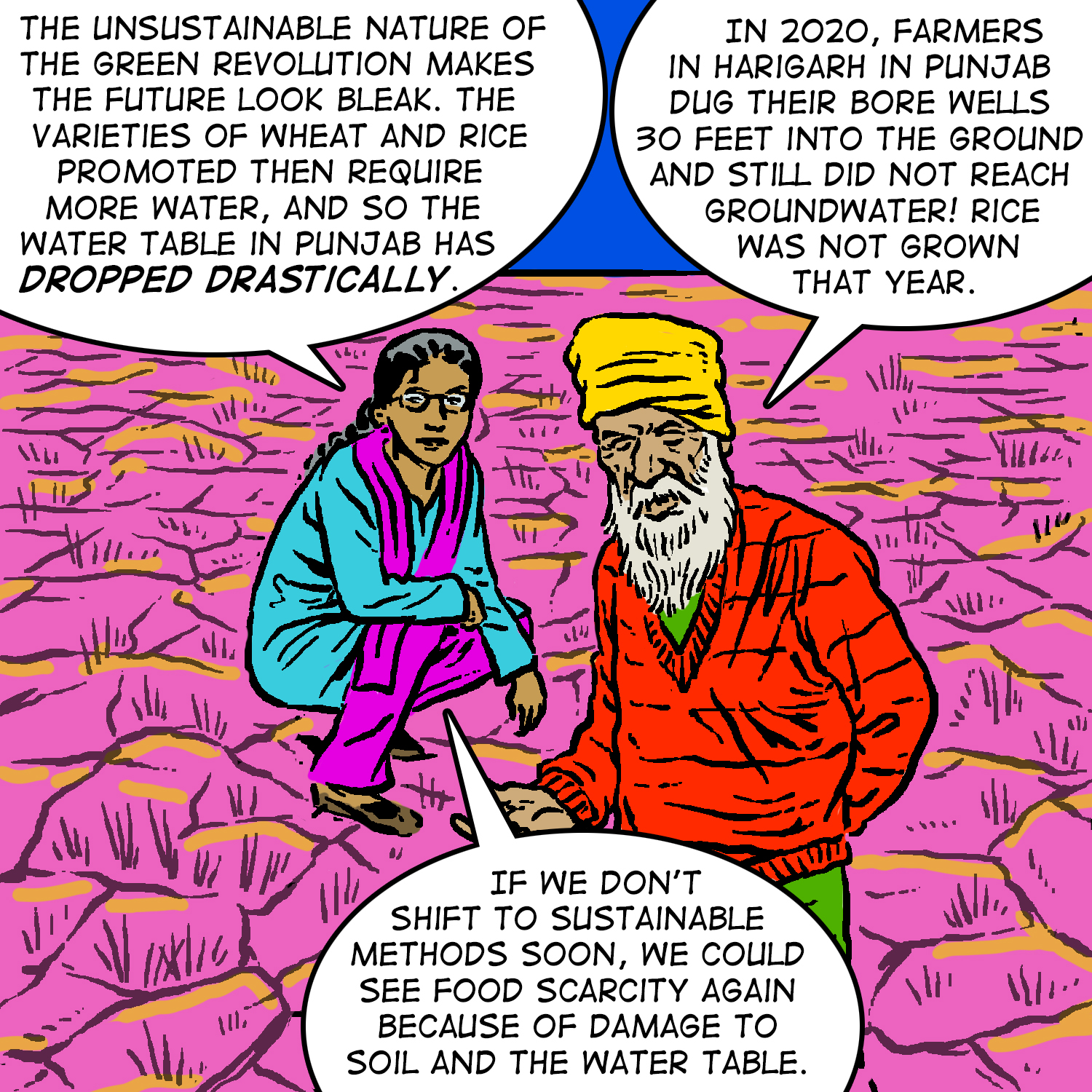
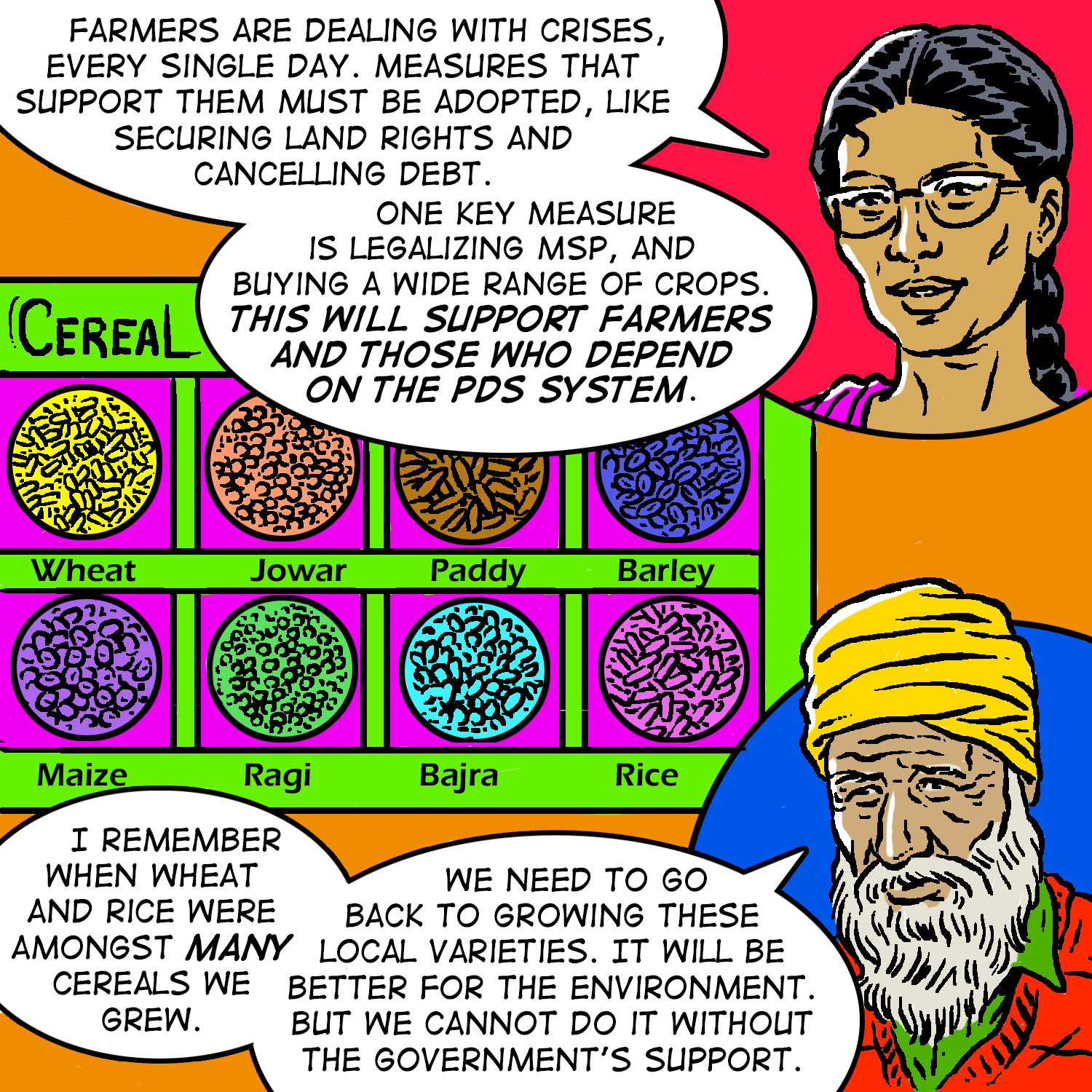
Chapter 8: National Food Security Act — 16 & 18 August 2022
Lucky and Soni are at a protest in Delhi against hunger deaths, where they meet Tabassum – a Right to Food activist – and learn about the key aspects of the National Food Security Act from her. They discuss the improvements, continued issues and problems in the PDS system since this Act. Soni and Lucky also discuss with Tabassum on the improvements in the PDS system since the National Food Security Act, the continued problems, the issues that have come with the rule to link ration cards to Aadhar, the inadequacy of the Central government food subsidy, as well as the pending demands of the Right to Food movement.


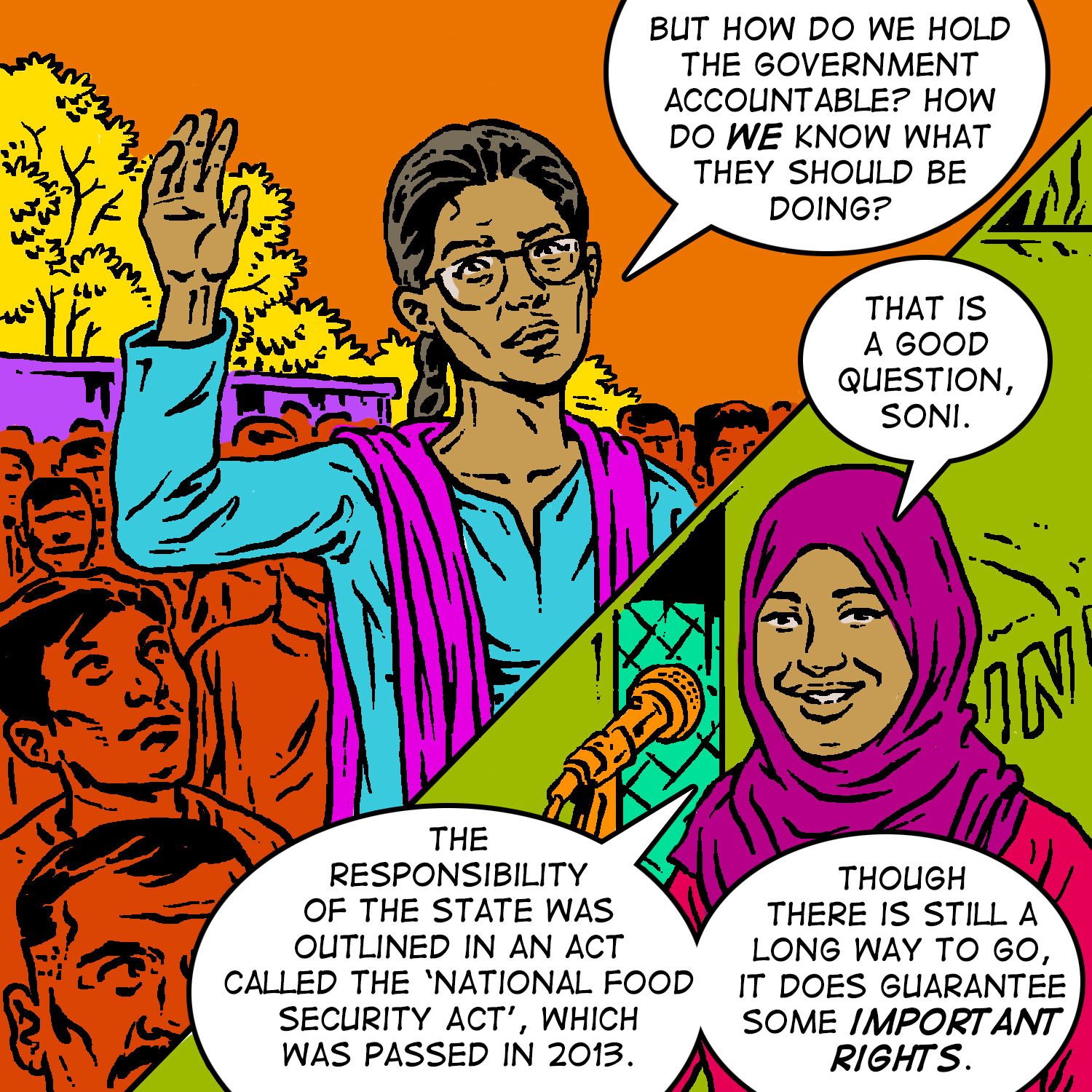

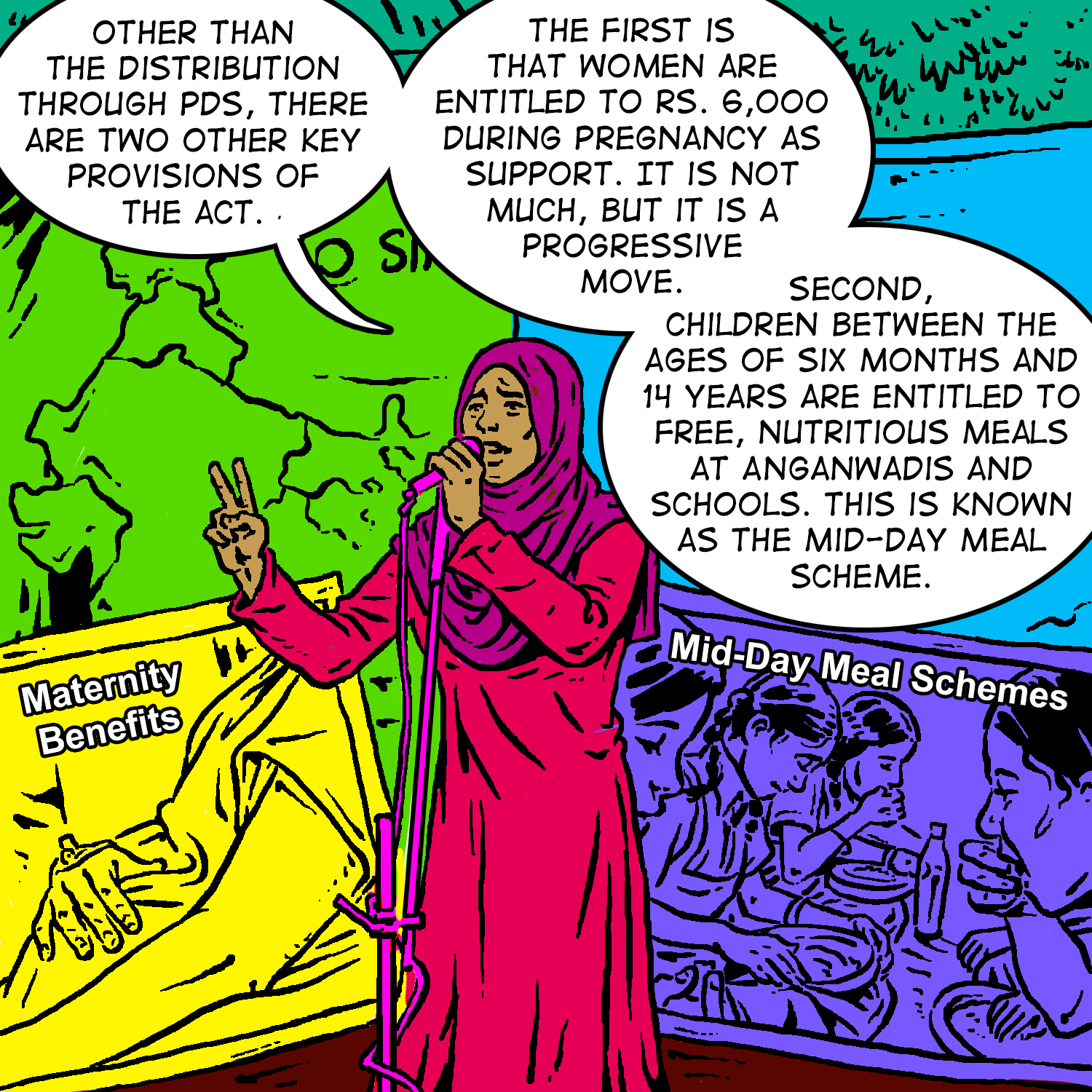

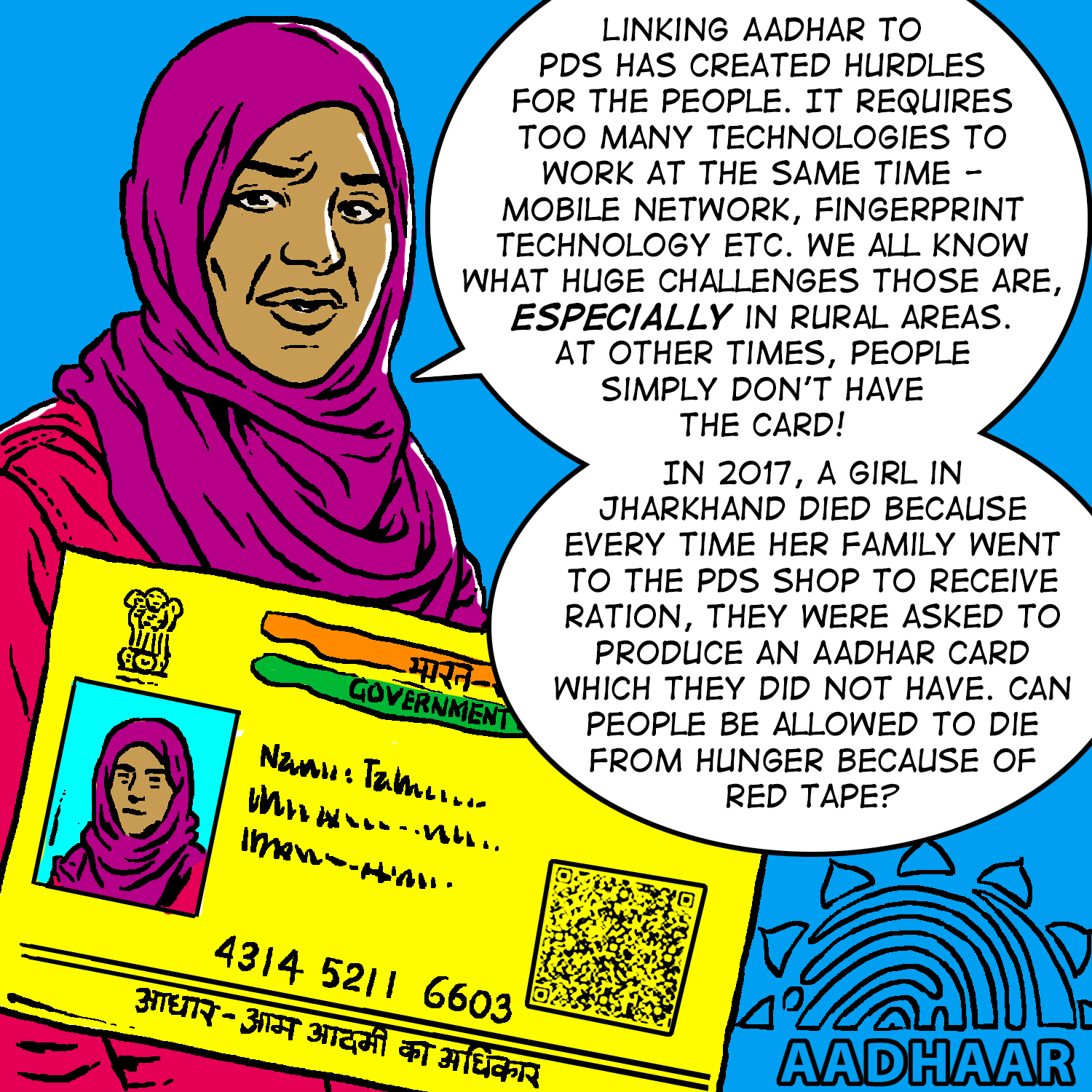
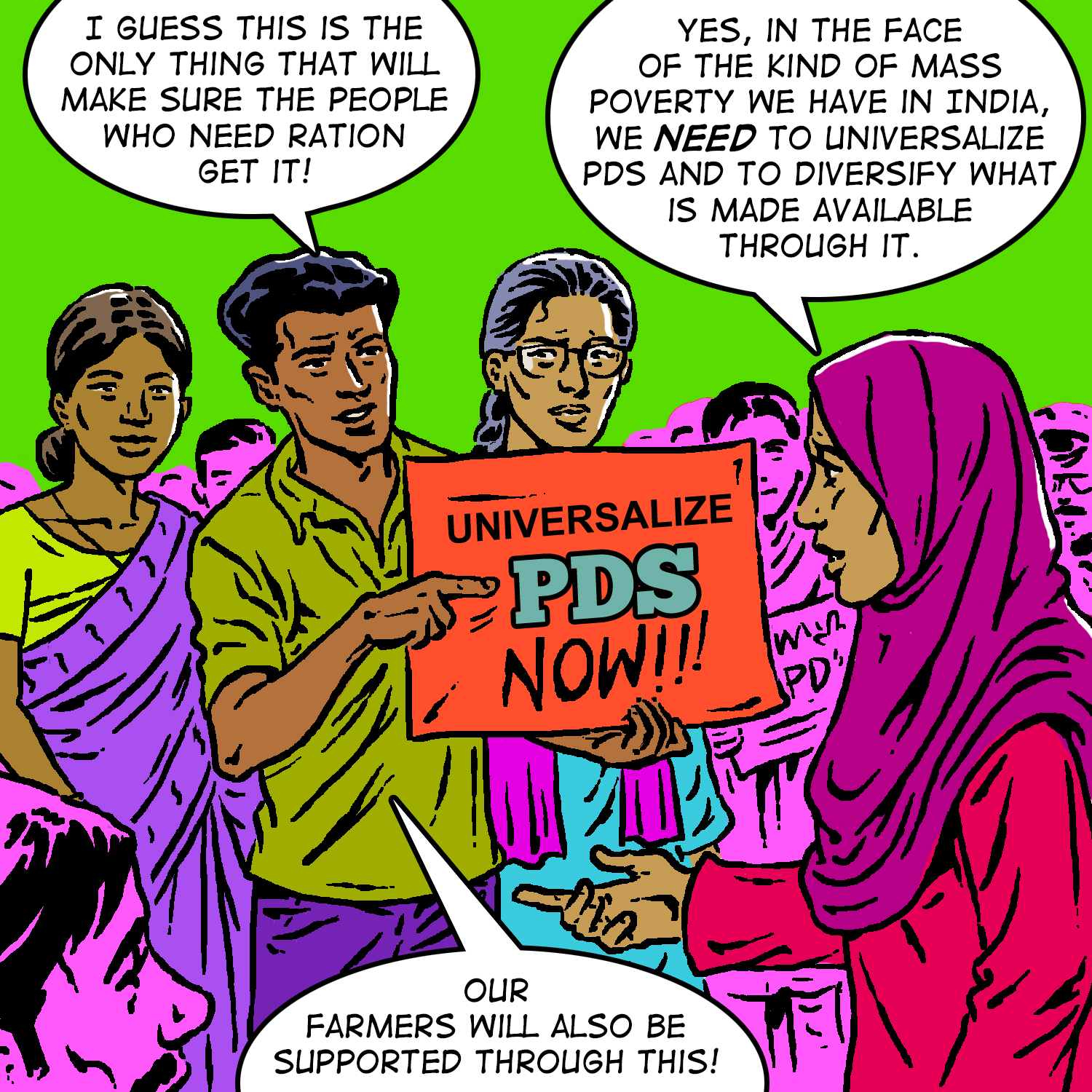
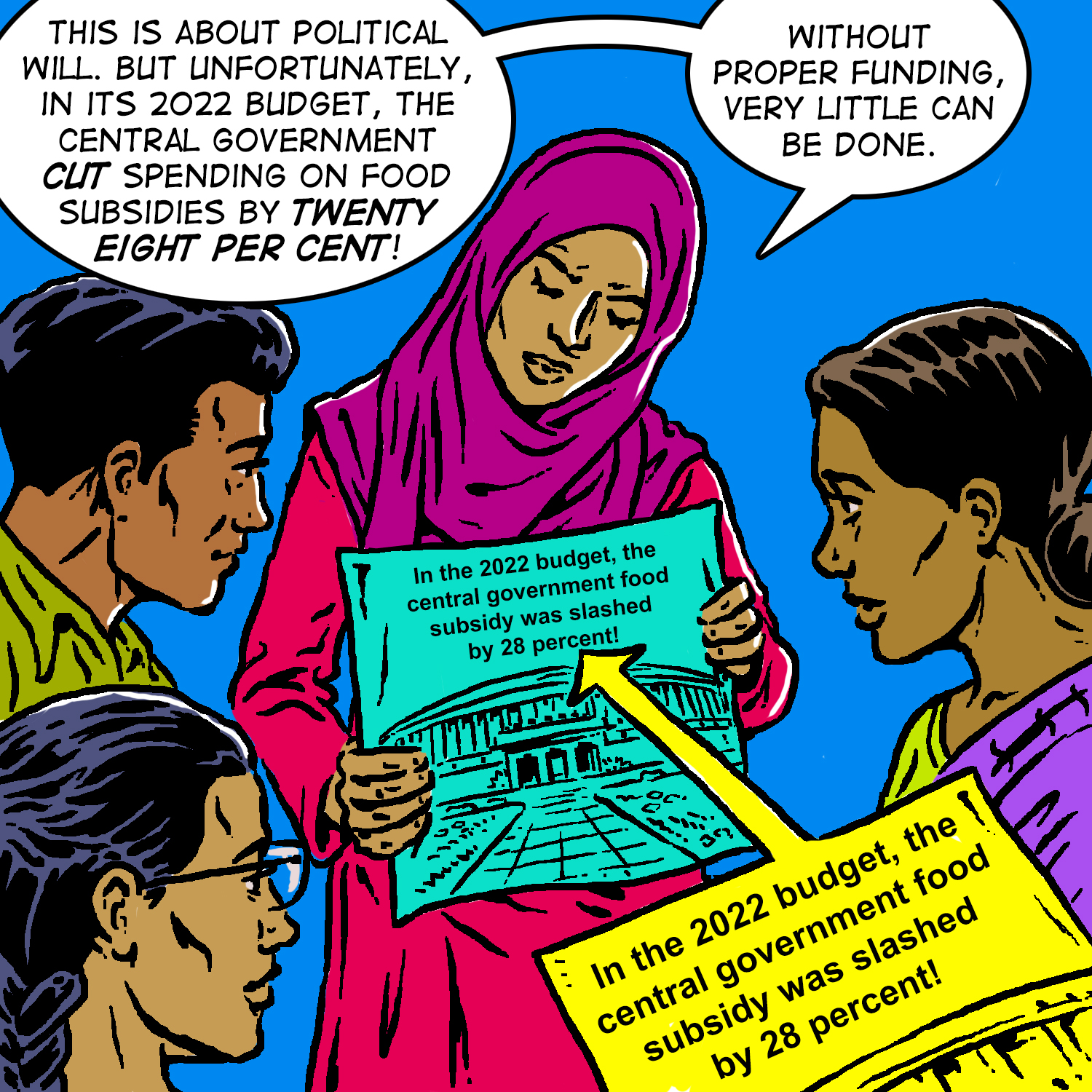

Chapter 9: Mid-day Meals — 22 & 24 August 2022
Soni and Lucky go to a school in Karnataka with school teacher Priya whom they met at the protest against hunger deaths, and here they’re learning about mid-day meals. The Mid-Day Meal is a school meal programme launched in 1995 which was designed to improve both the nutrition of children and school attendance simultaneously. At Priya’s school, the Mid-Day Meal scheme has been privatised, and in many states, the preparation of meals has been handed over to large non-profit organisations.
Through the students’ experiences, Soni and Lucky learn about how privatization compromises the Mid-Day Meal scheme. It has resulted in a drop in the quality and taste of the food, as well as the imposition of religious rules and cultural criteria on what the children eat. Priya also shares what meaningful reform of the Mid-Day Meal would look like. Meals should be planned scientifically, and in keeping with the food cultures which students come from and not a top-down, one-size fits all approach!


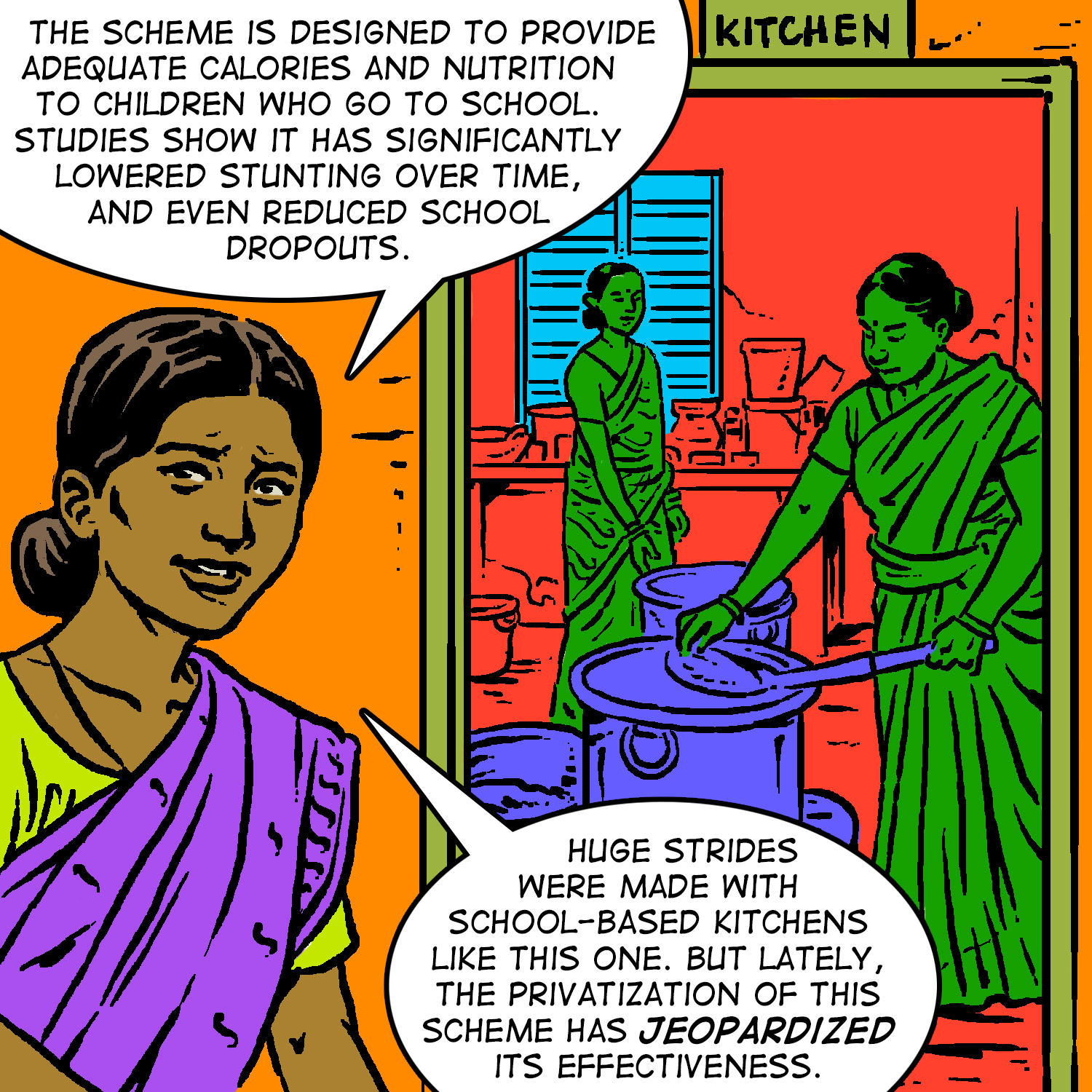


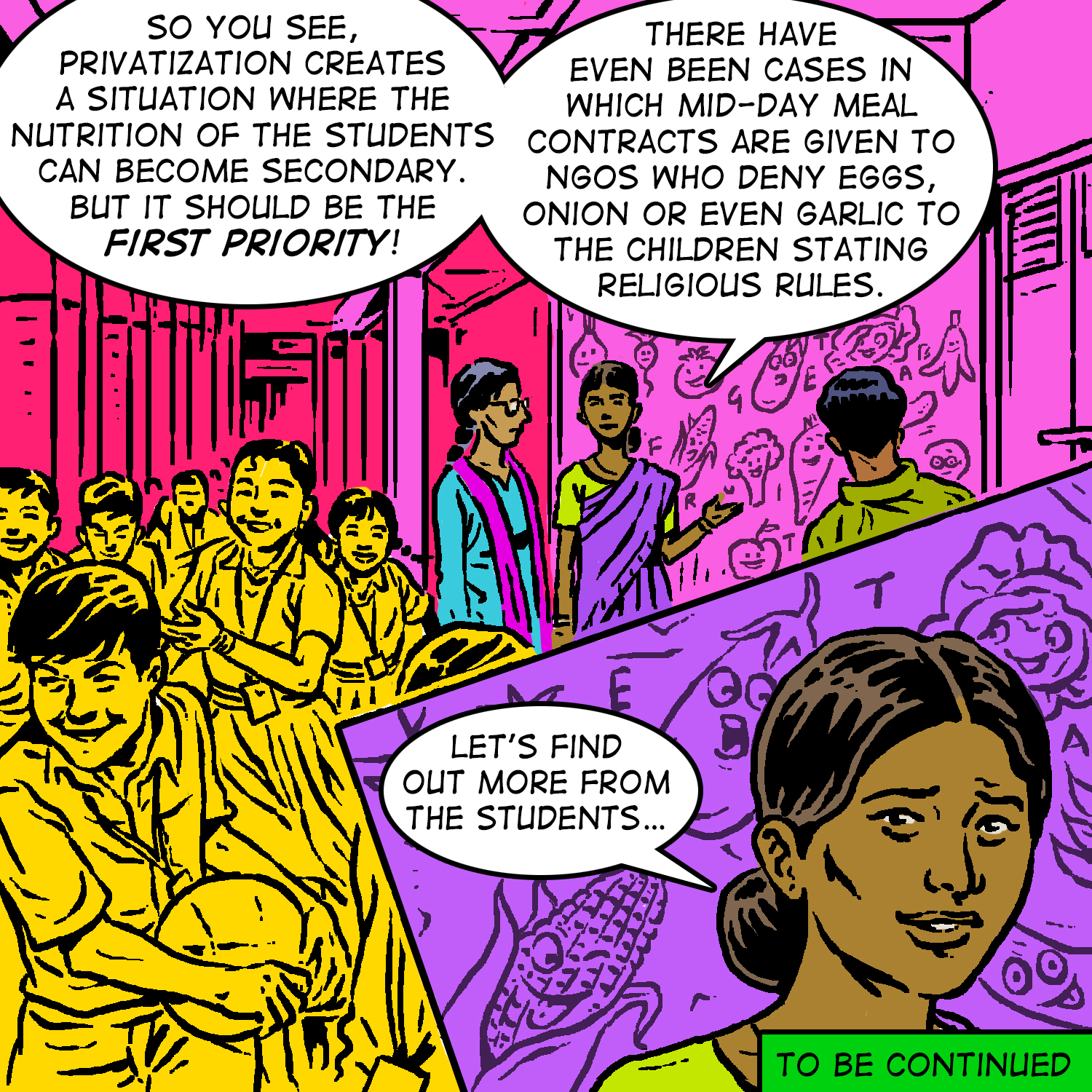

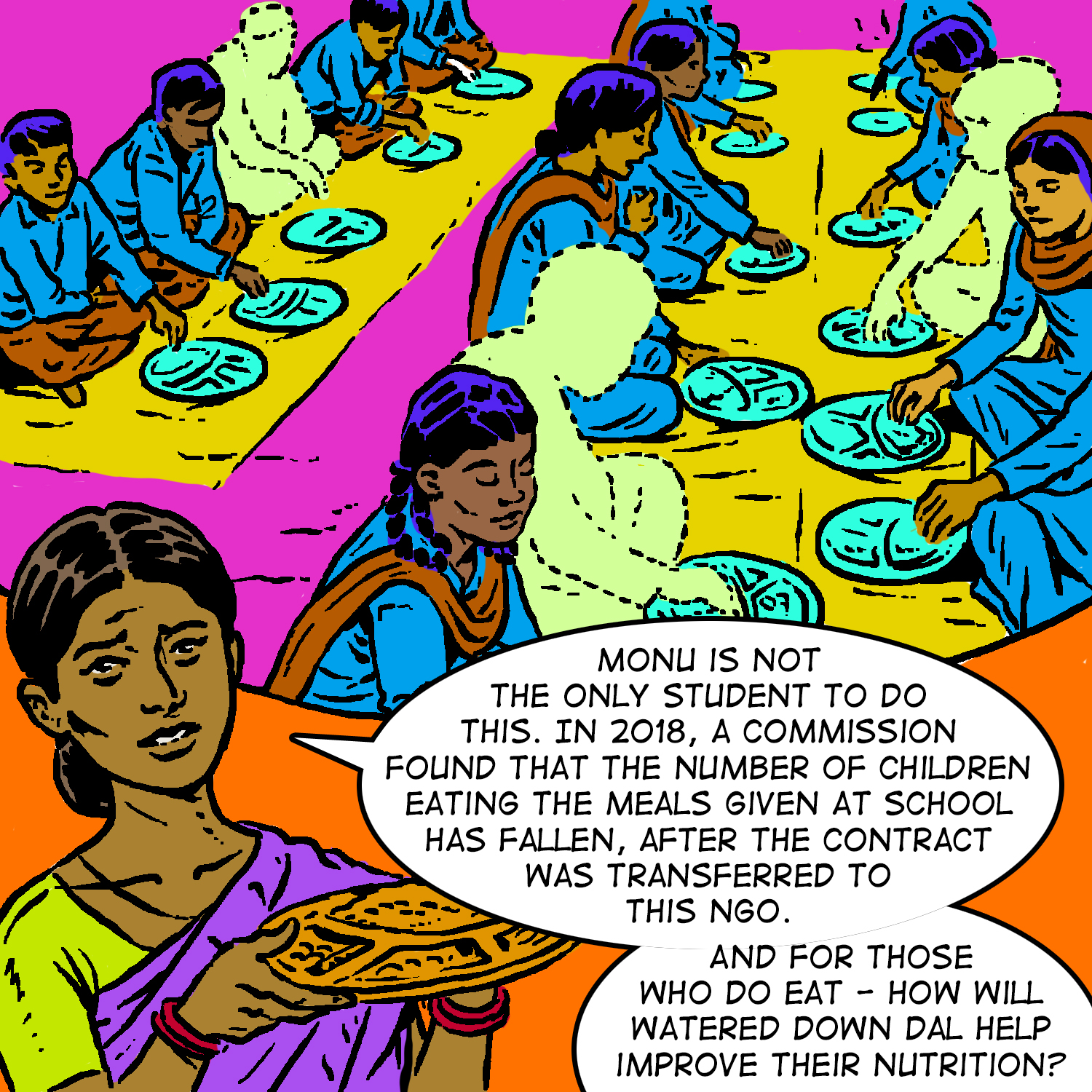

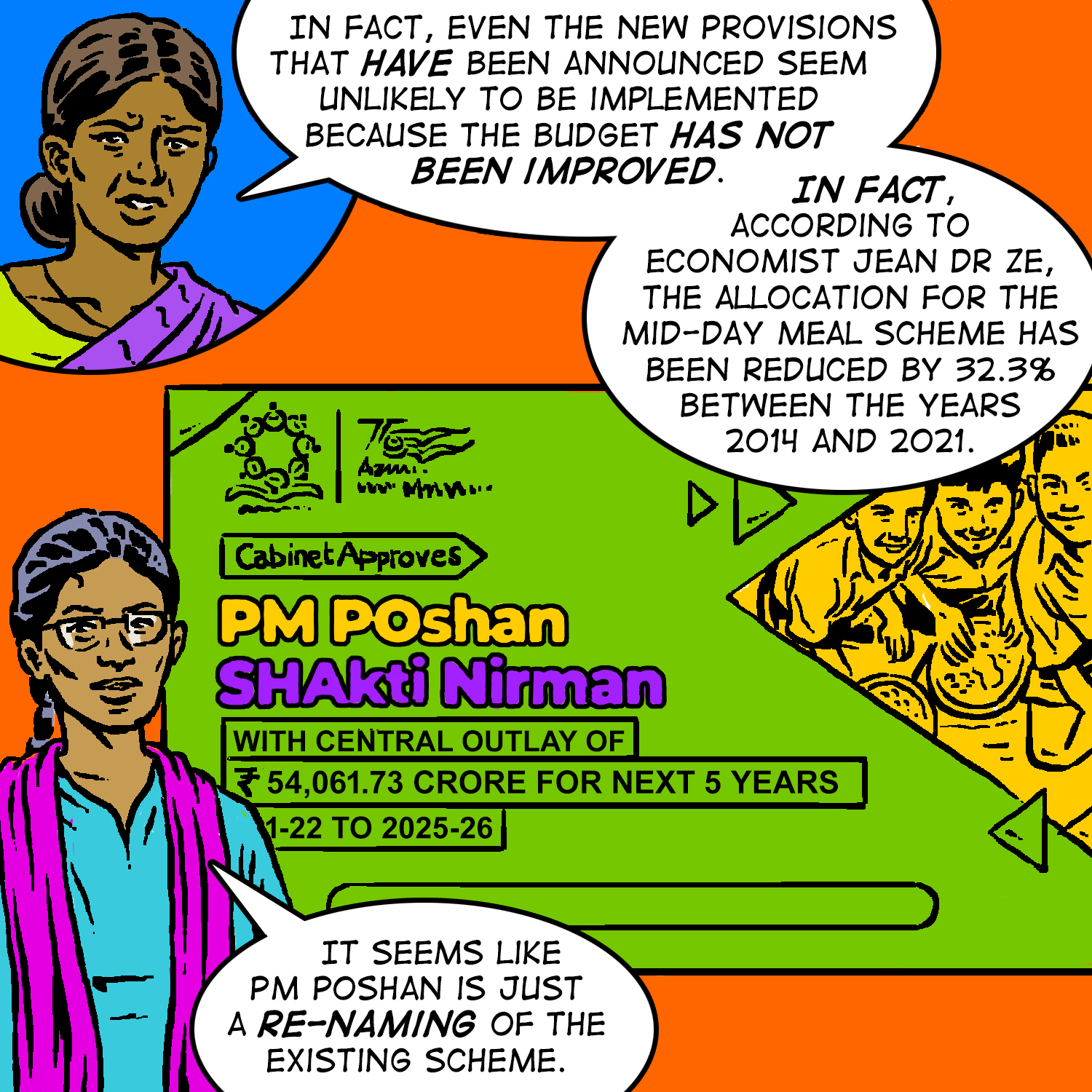
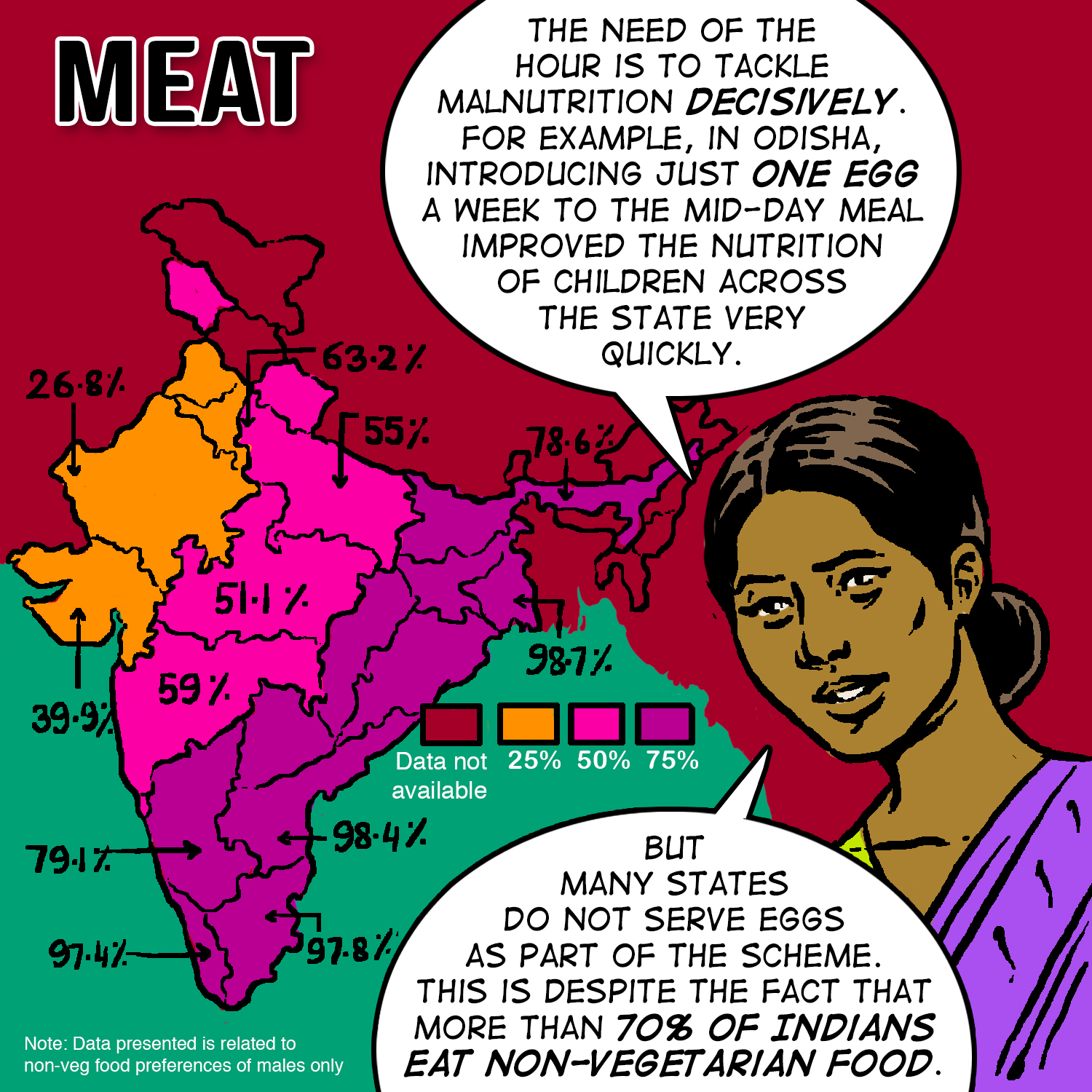
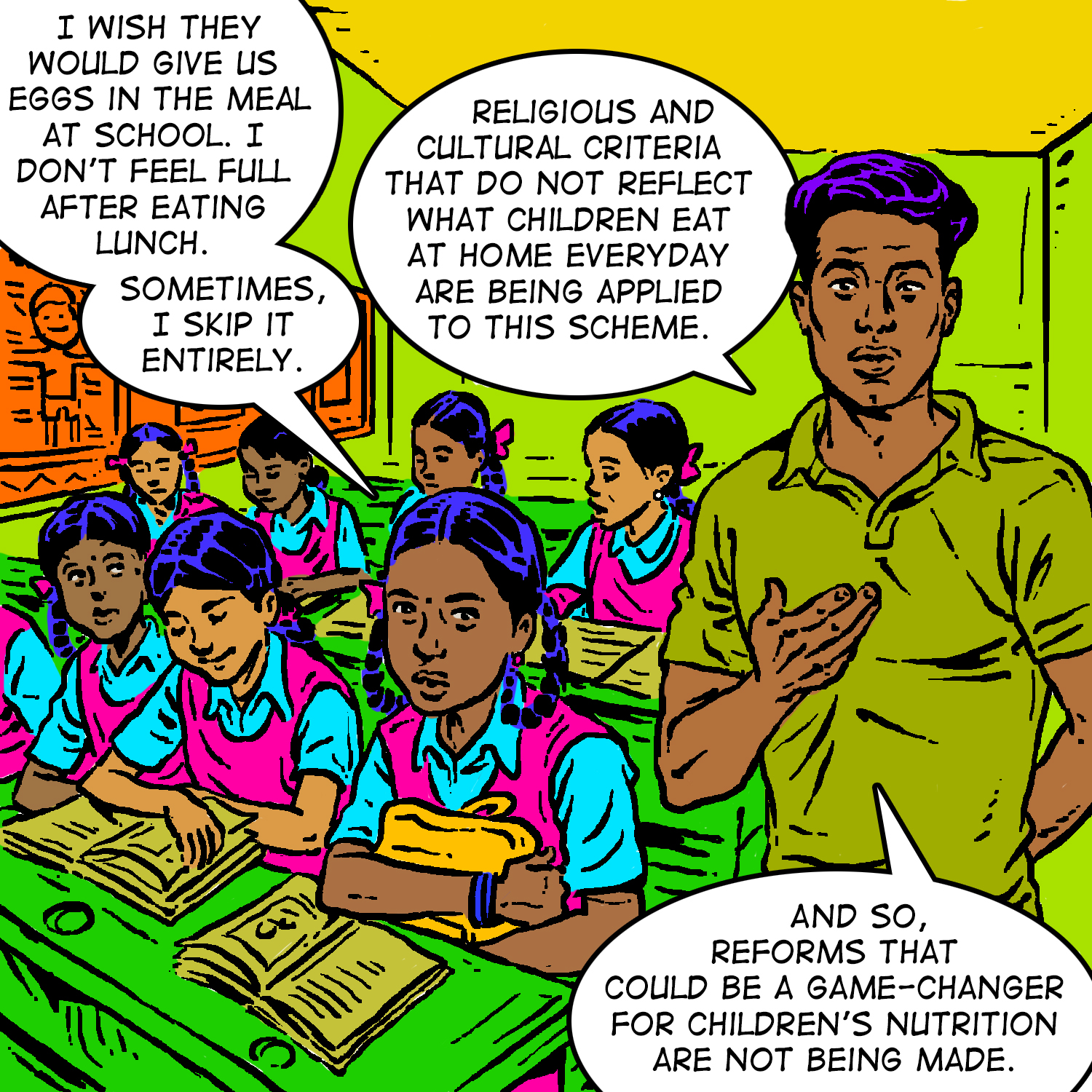

Chapter 10: The Politics of Food (Part 1) — 29 August 2022
Soni and Lucky are in the Ahmedabad High Court where food cart vendors have filed a plea. One of the vendors, Anuj, explains that following a ban on selling eggs and meat in public spaces, their carts were seized and even impounded. Soni and Lucky discuss similar bans on non-vegetarian food in other parts of the country. They reflect on how unjust such bans are as food habits in India vary based on a wide range of factors like caste, religion, class, ethnicity and regional identity.

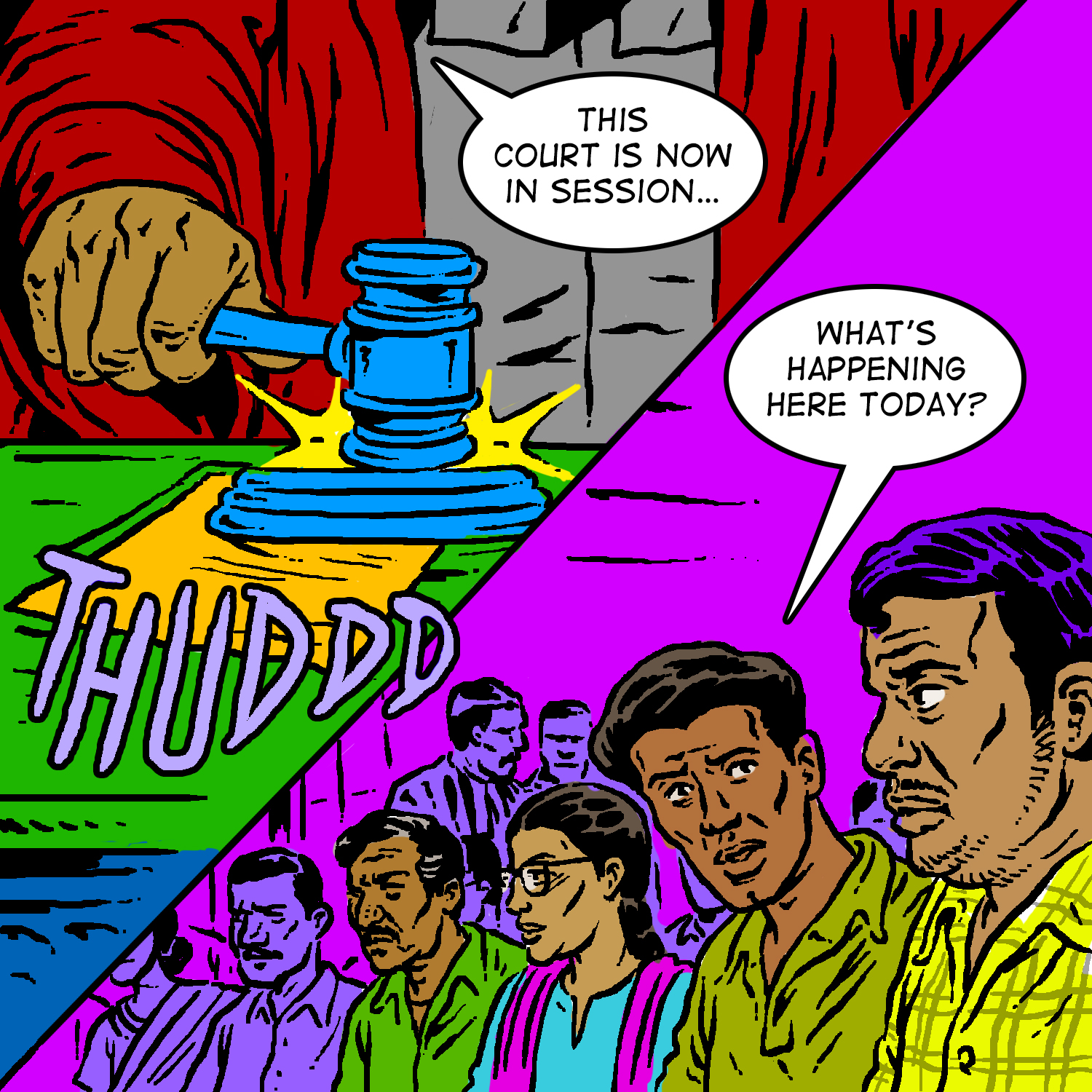
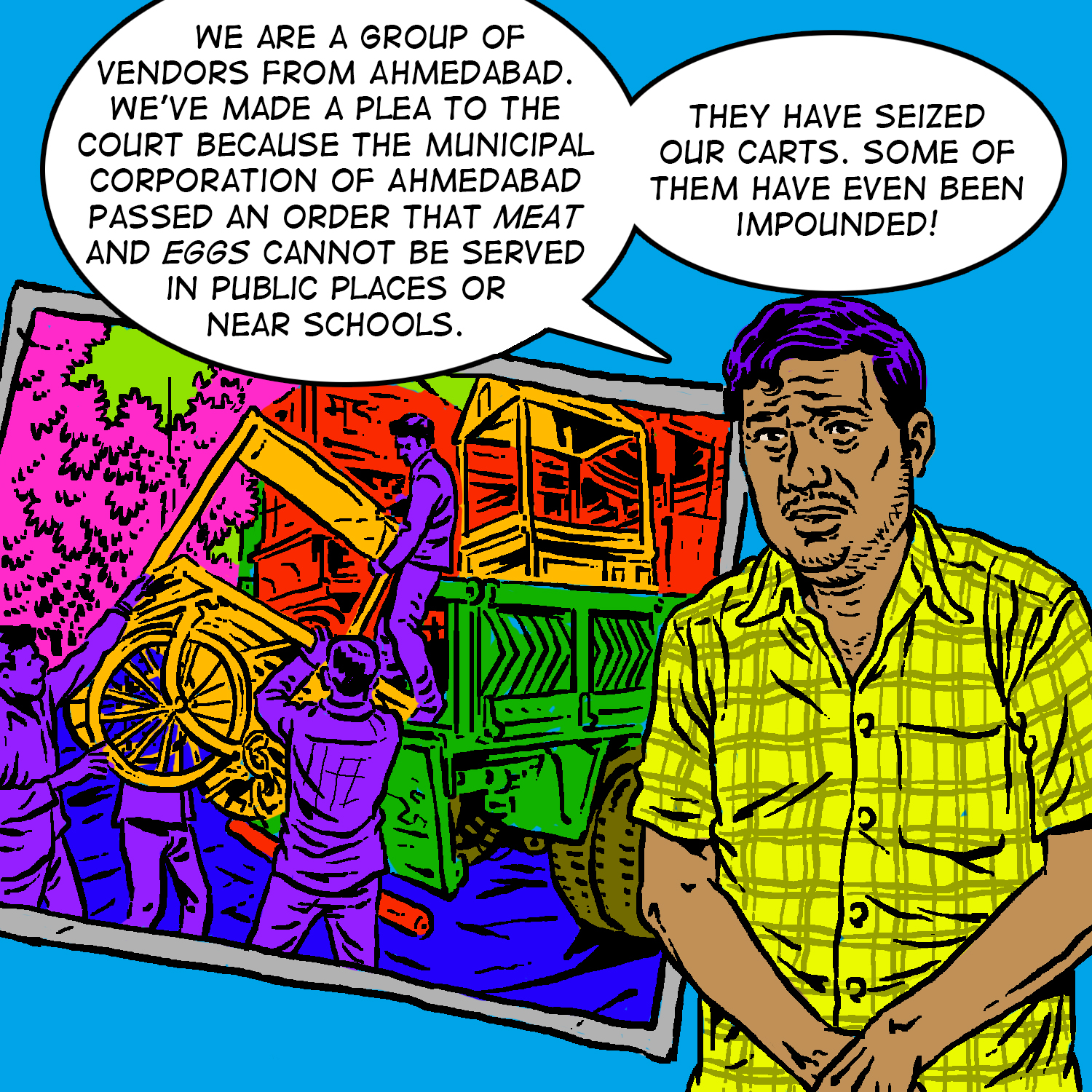
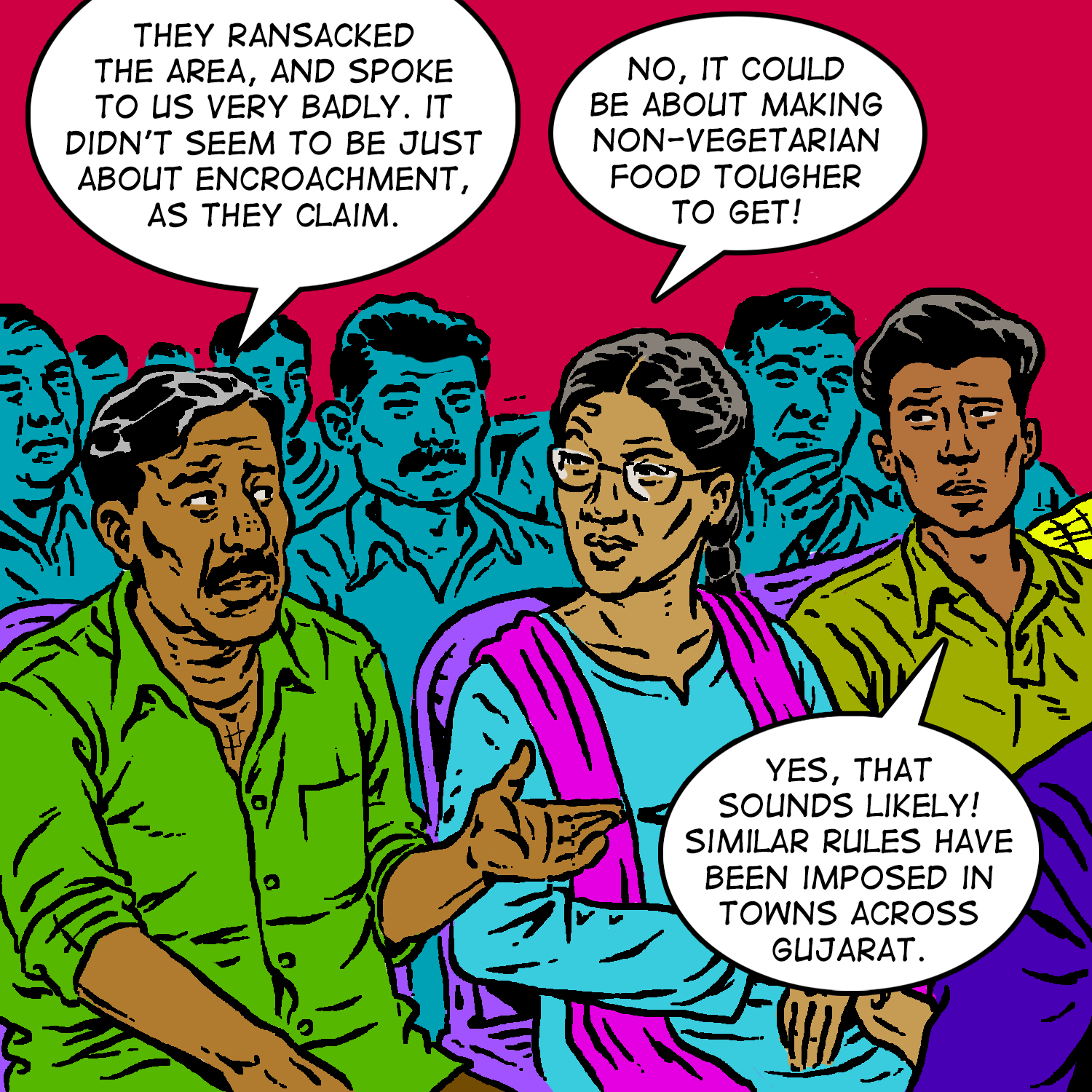

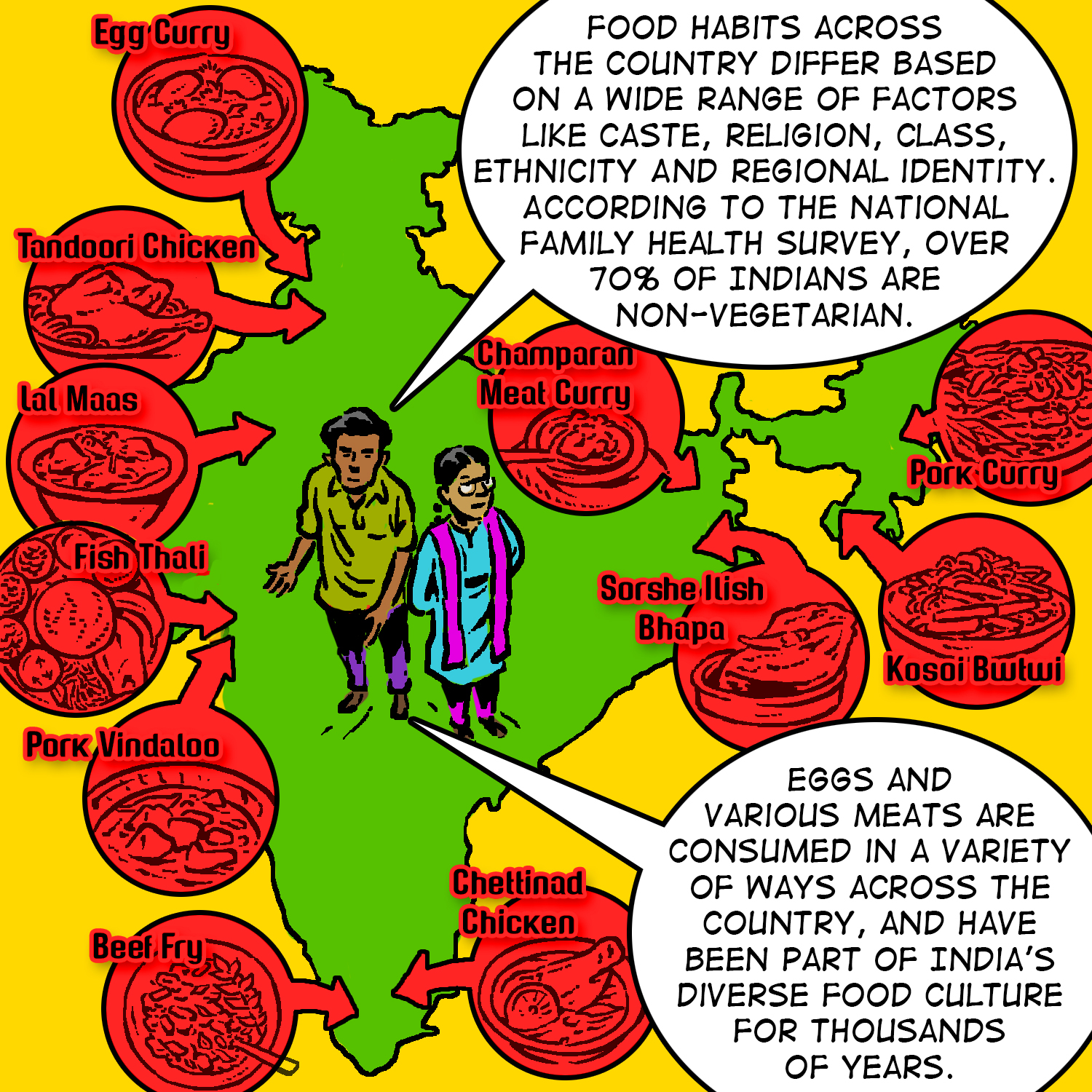

Chapter 10: The Politics of Food (Part 2) — 5 September 2022
Soni and Lucky learned how the bans on non-vegetarian food impose the dietary preferences of a few religious and caste groups on all Indians. According to the National Family Health Survey, over 70% of Indians are non-vegetarian. Eggs and various meats have been part of India’s diverse food culture for thousands of years. Now, politicization of food is resulting in grave and alarming violence against minority communities, as well as impacting the livelihoods of food vendors, farmers, and butchers.
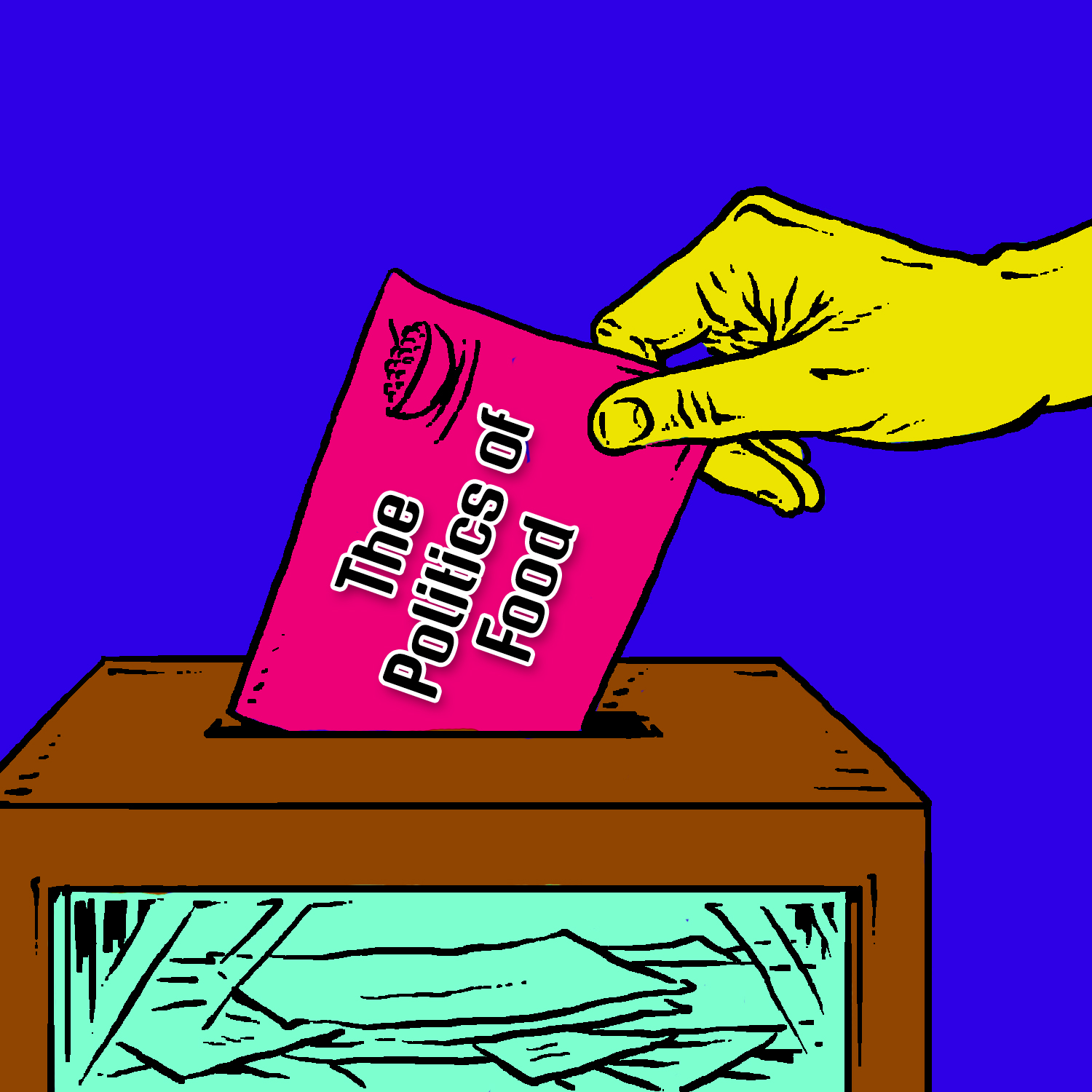
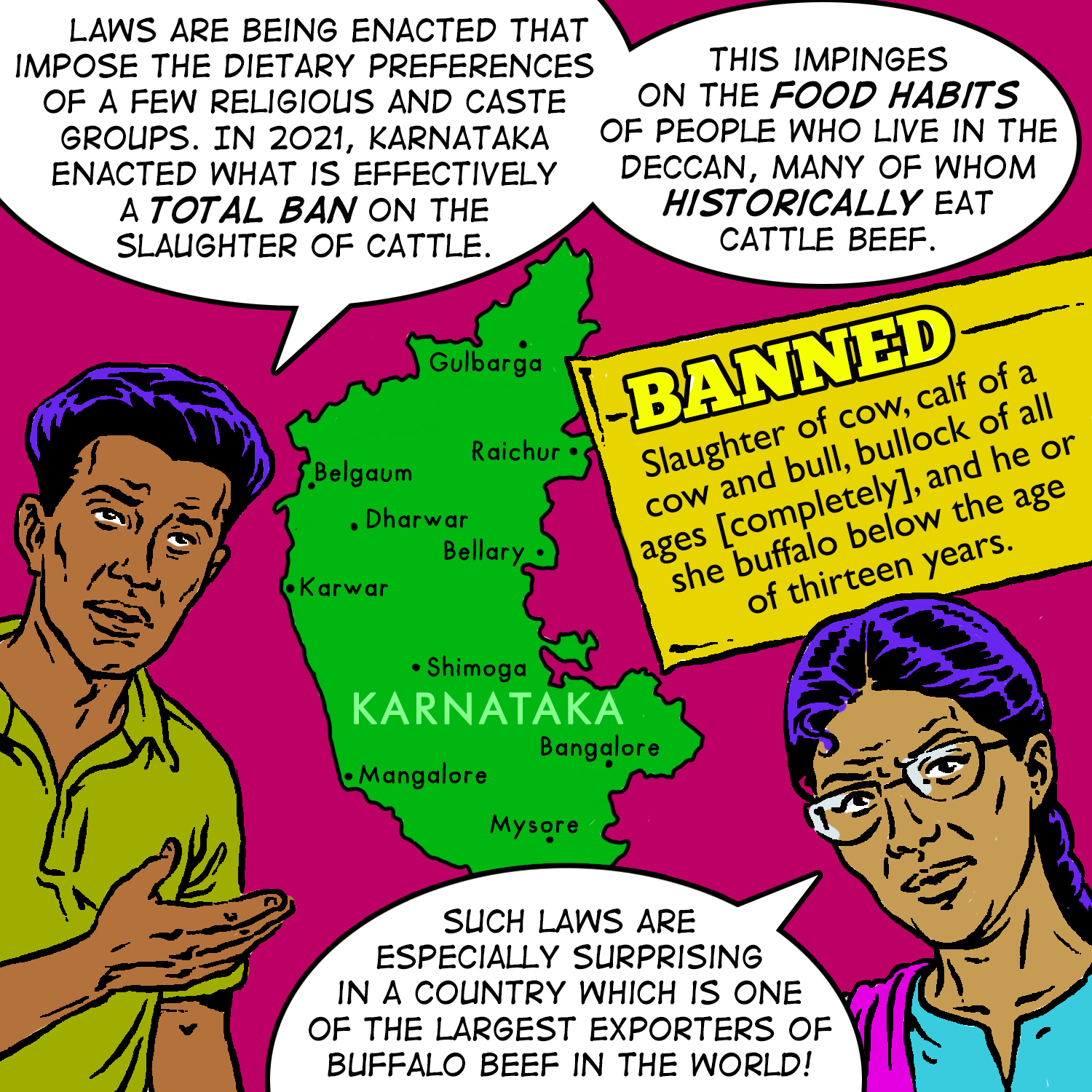
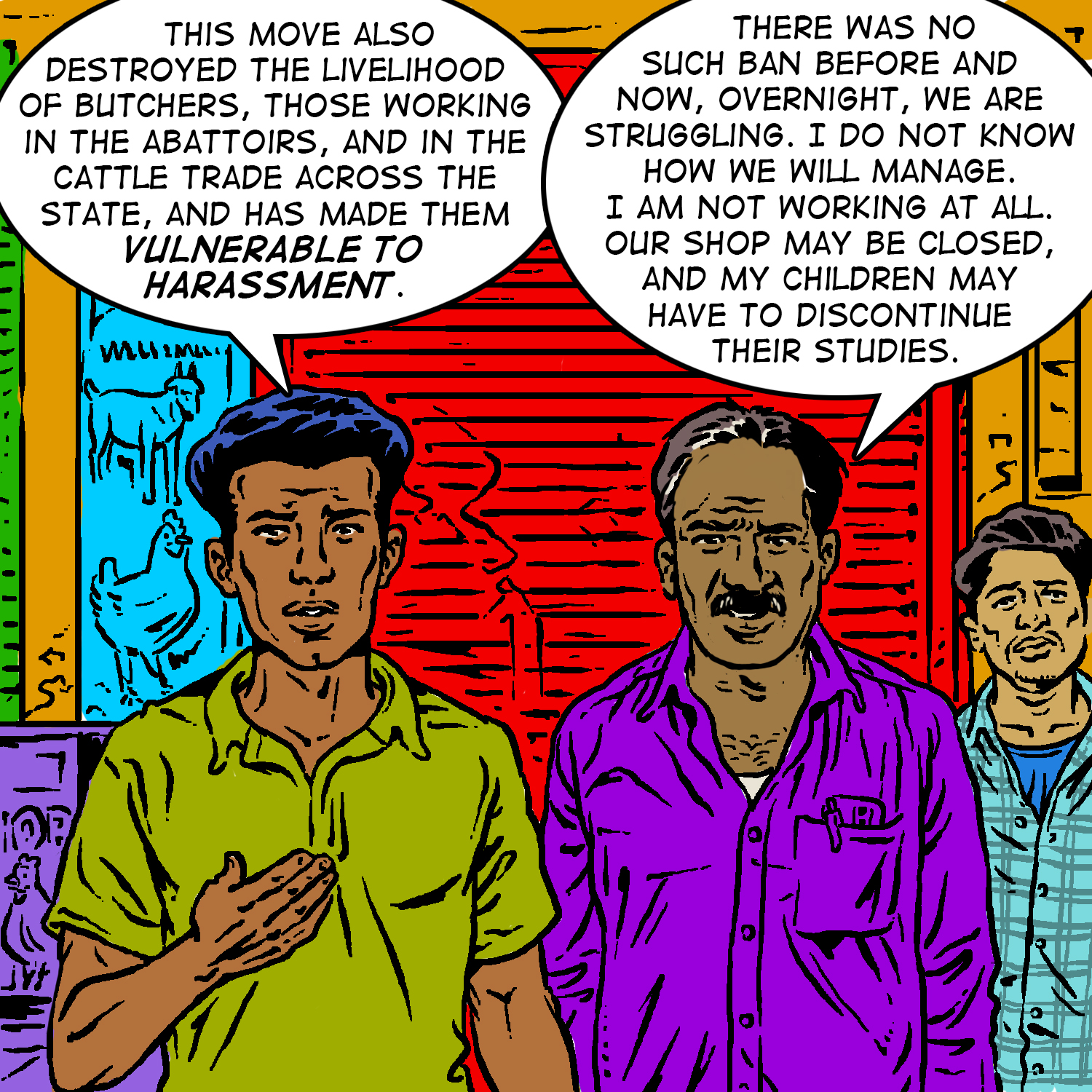
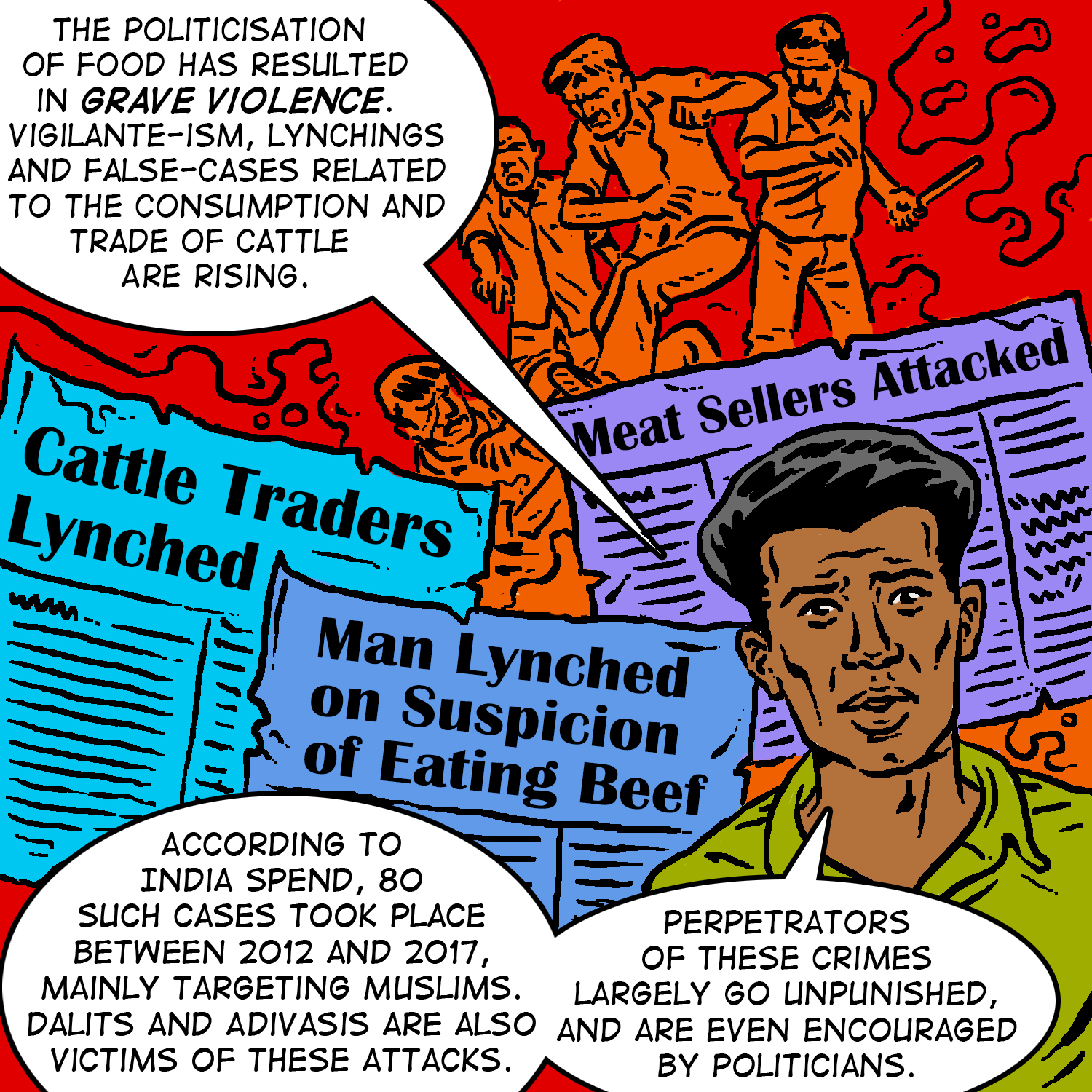
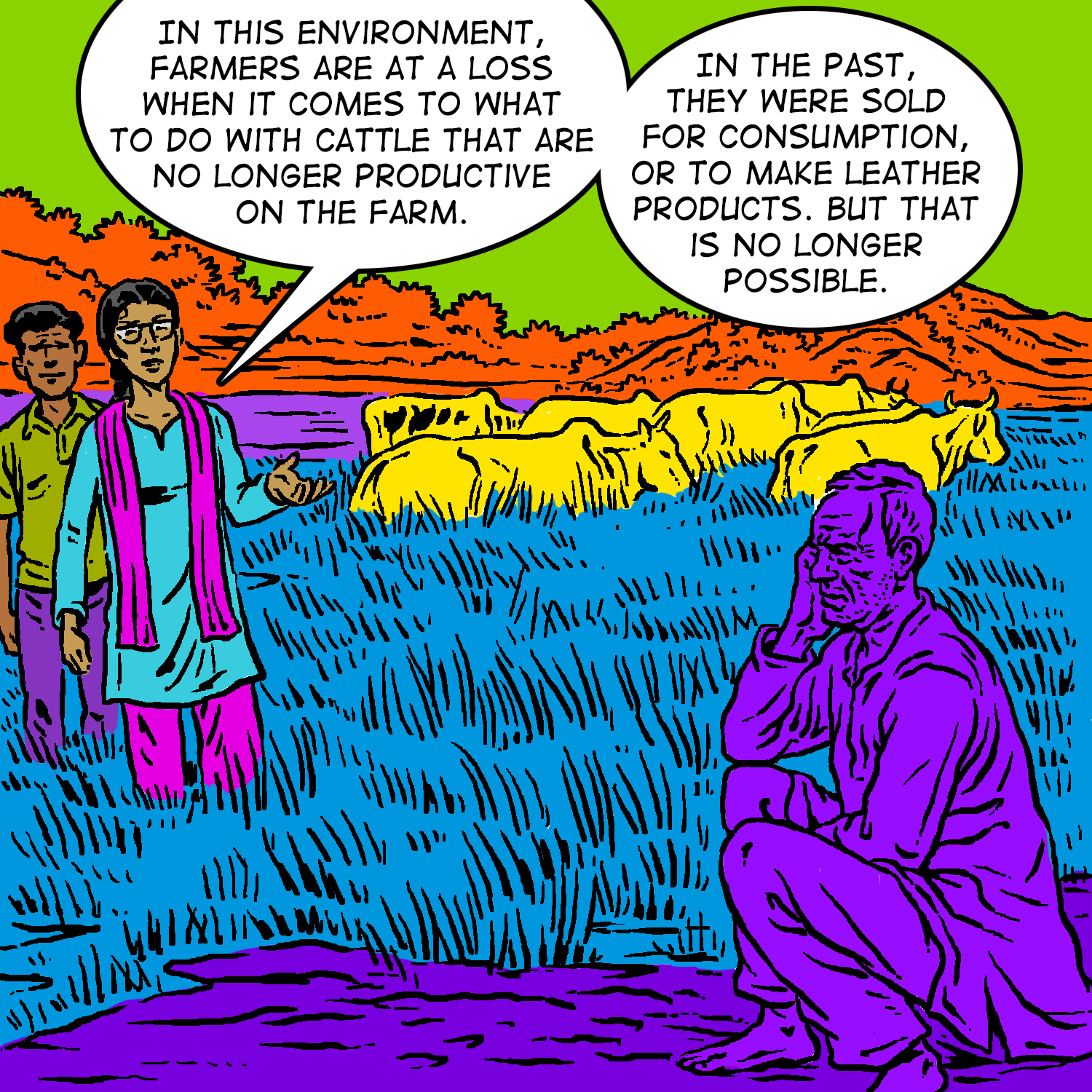
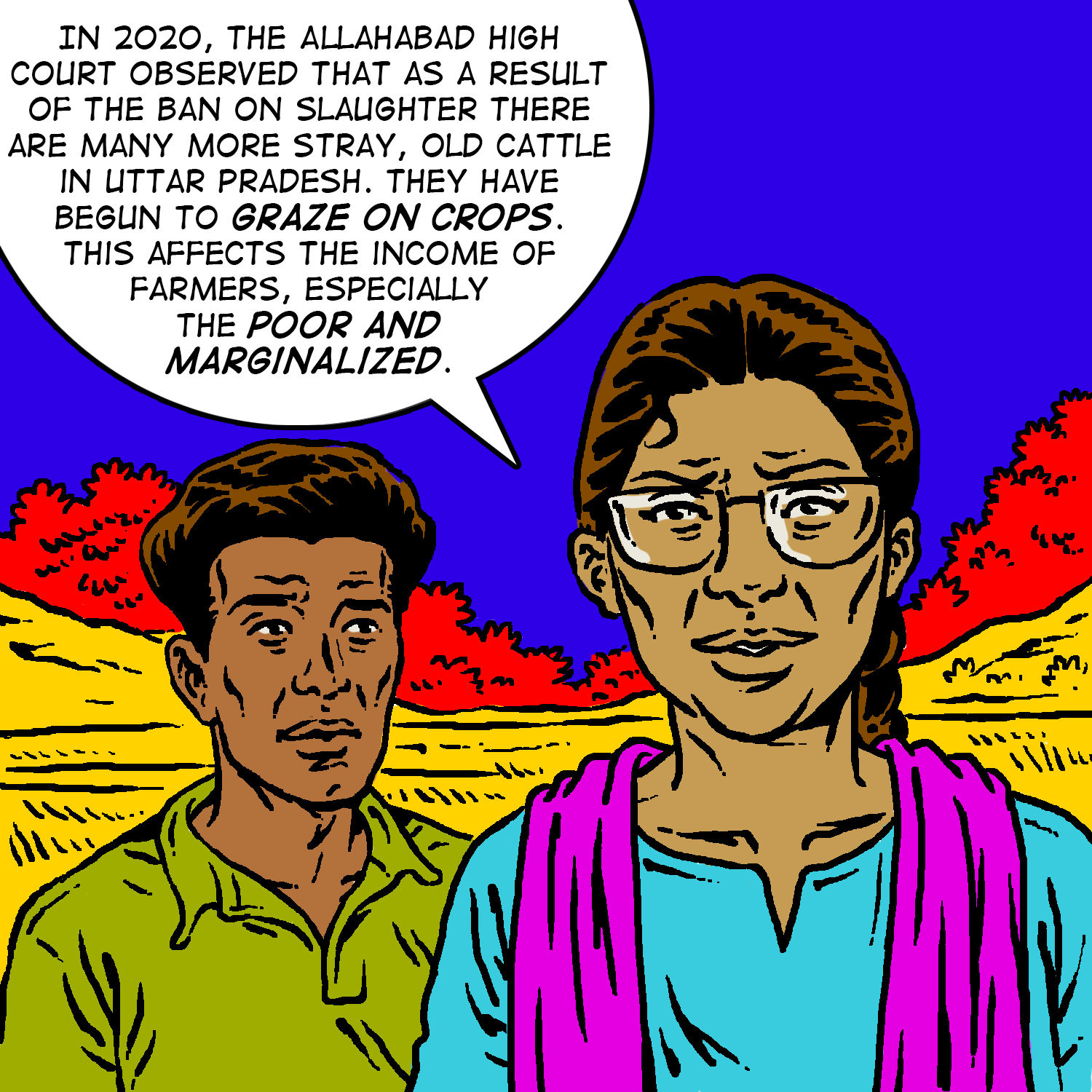
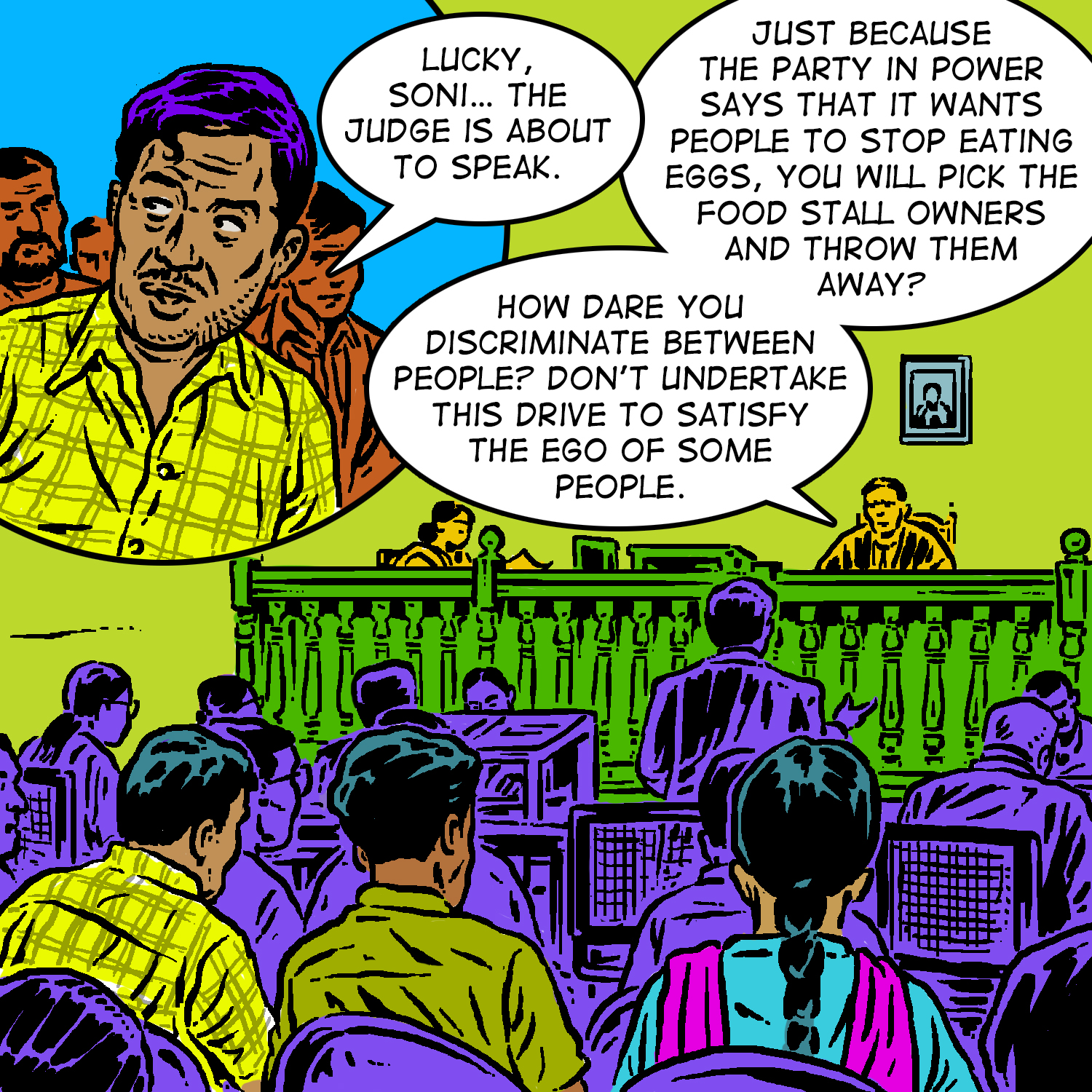


Chapter 11: Mandatory Food Fortification — 19 & 21 September 2022
Lucky’s aunt Vinita comes by his house for lunch. Vinita is a social worker and a researcher who is in town to attend a conference on nutrition. She introduces Soni and Lucky to the idea of food fortification, and explains how it must be scientifically conducted. Through her views, we learn of the business interests behind food fortification in India, and the grave health risks of imposing fortified rice en masse through the PDS.
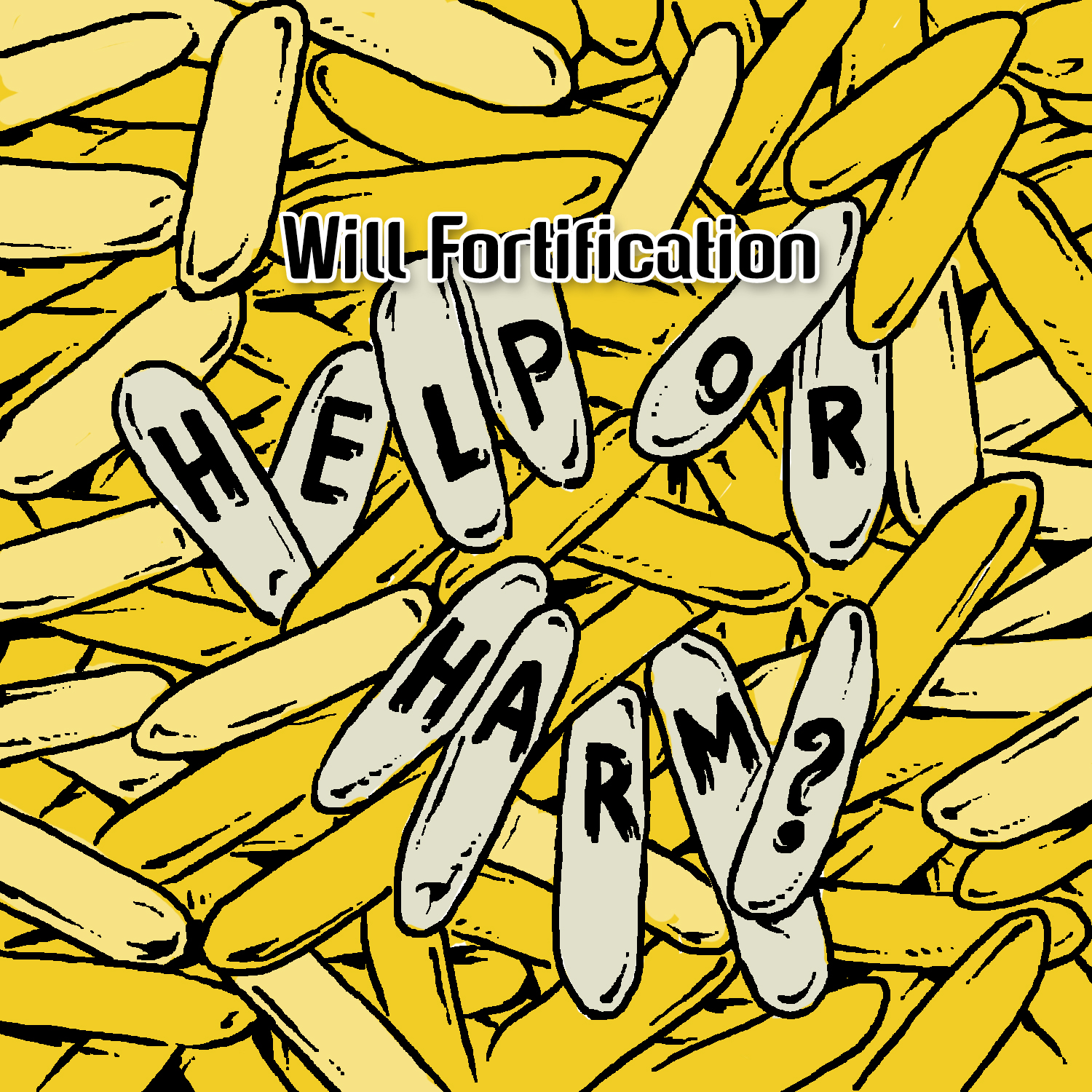

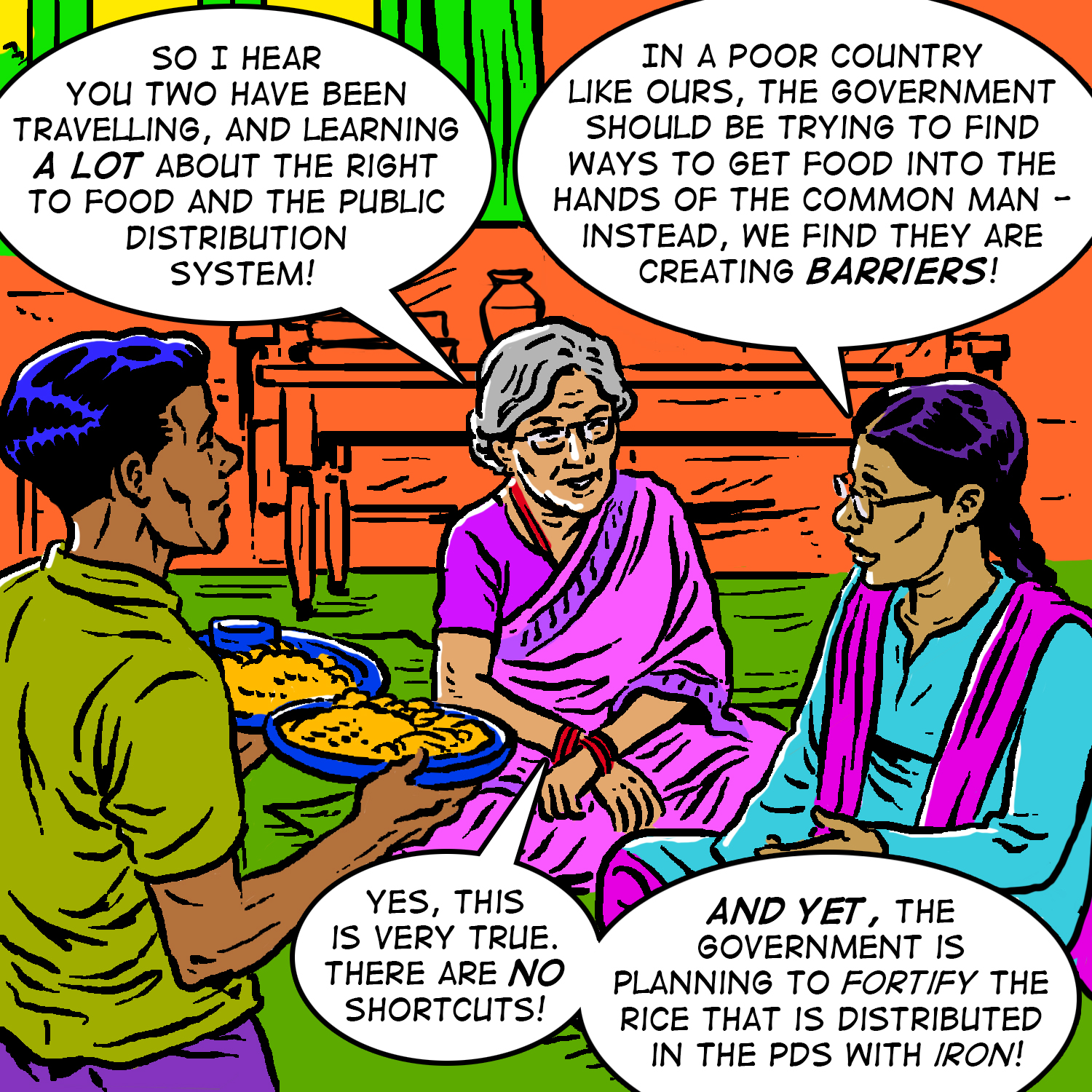

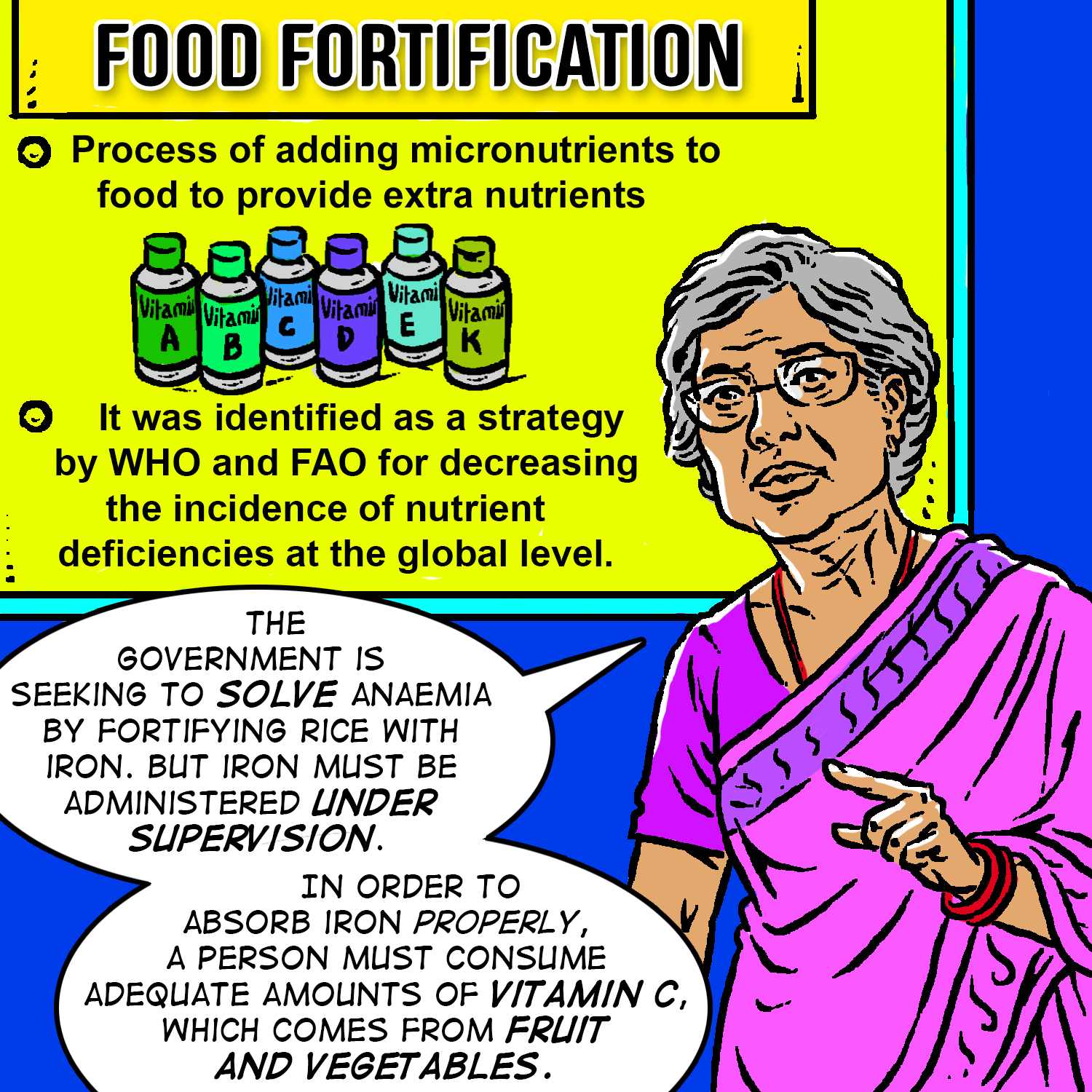
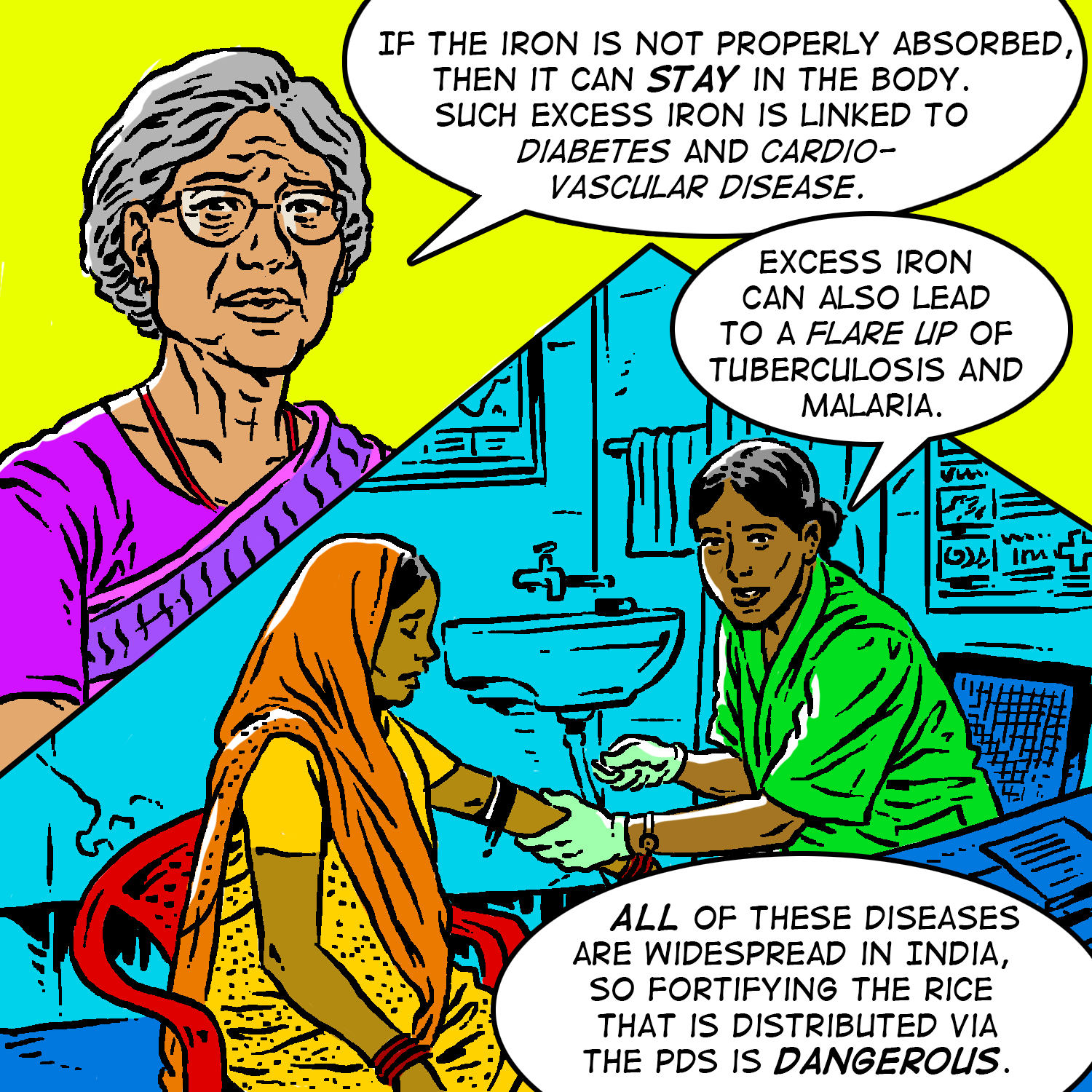

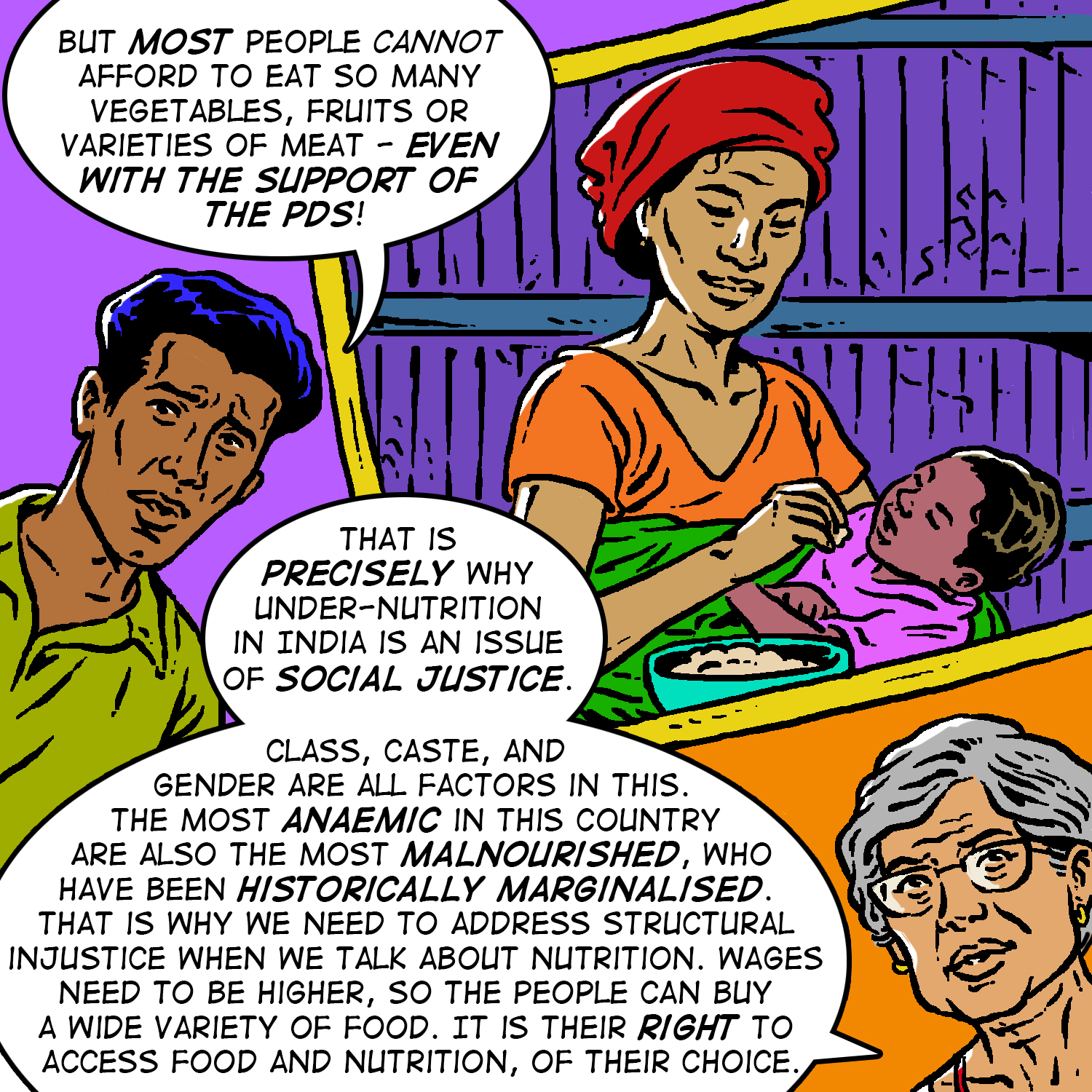
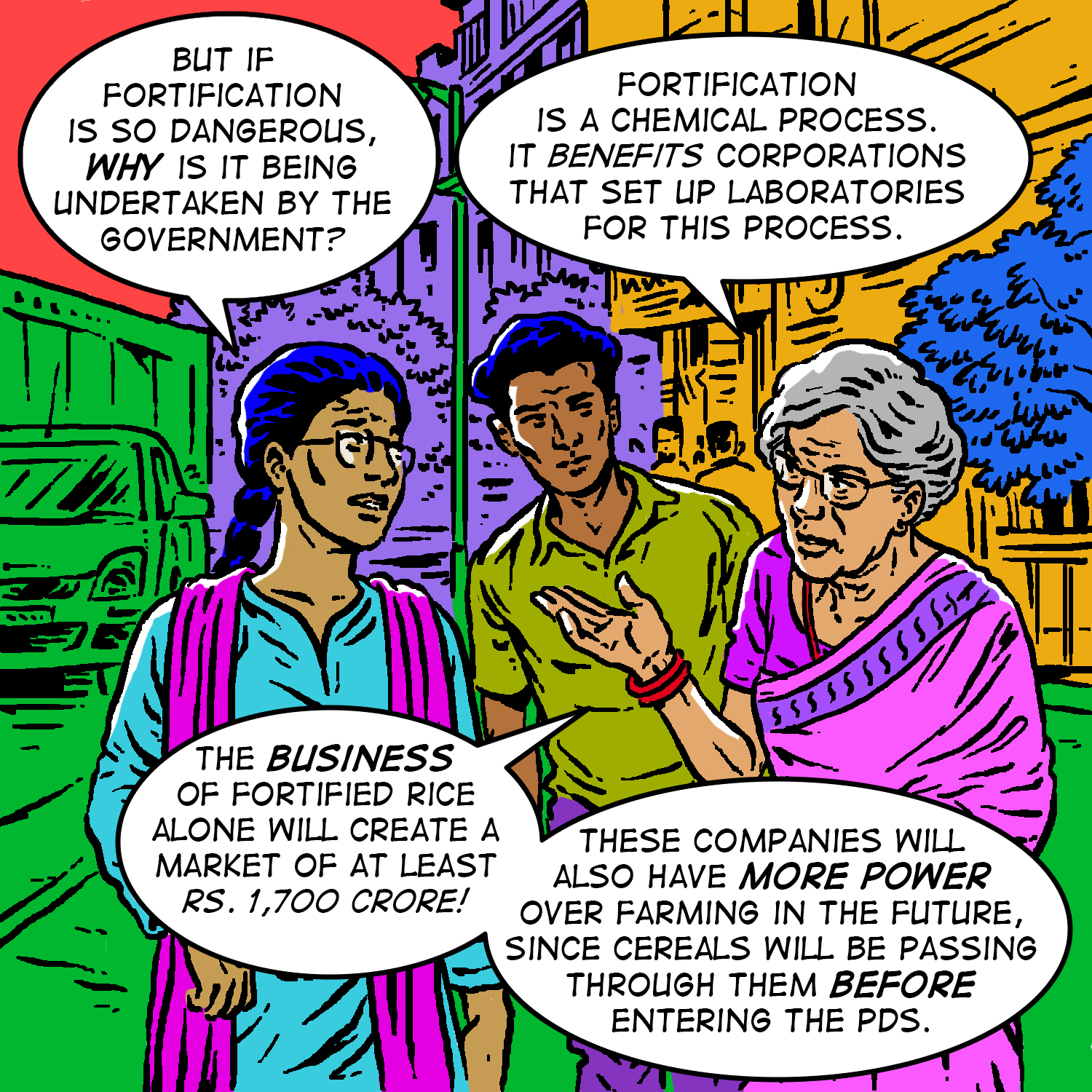

Chapter 12: How Does Corporatisation Of Farming Impact the Right to Food (Part 1) — 26 & 29 September 2022
Soni, Lucky and Vinita enter a supermarket while discussing the role that corporations play in the food we eat. There, they are joined by Shahrukh, who is part of a retail workers union and works at the supermarket. Together, they discuss how monopolisation of the food industry is impacting the food system, and how corporations use their resources to influence public policy and perception. They are then joined by Ramesh, a farmer, who explains how the three farm laws – which were repealed after a year of protest by farmer’s unions– sought to corporatize agriculture in India, and how concentration in agriculture is restricting key farming practices like seed breeding and seed sharing.
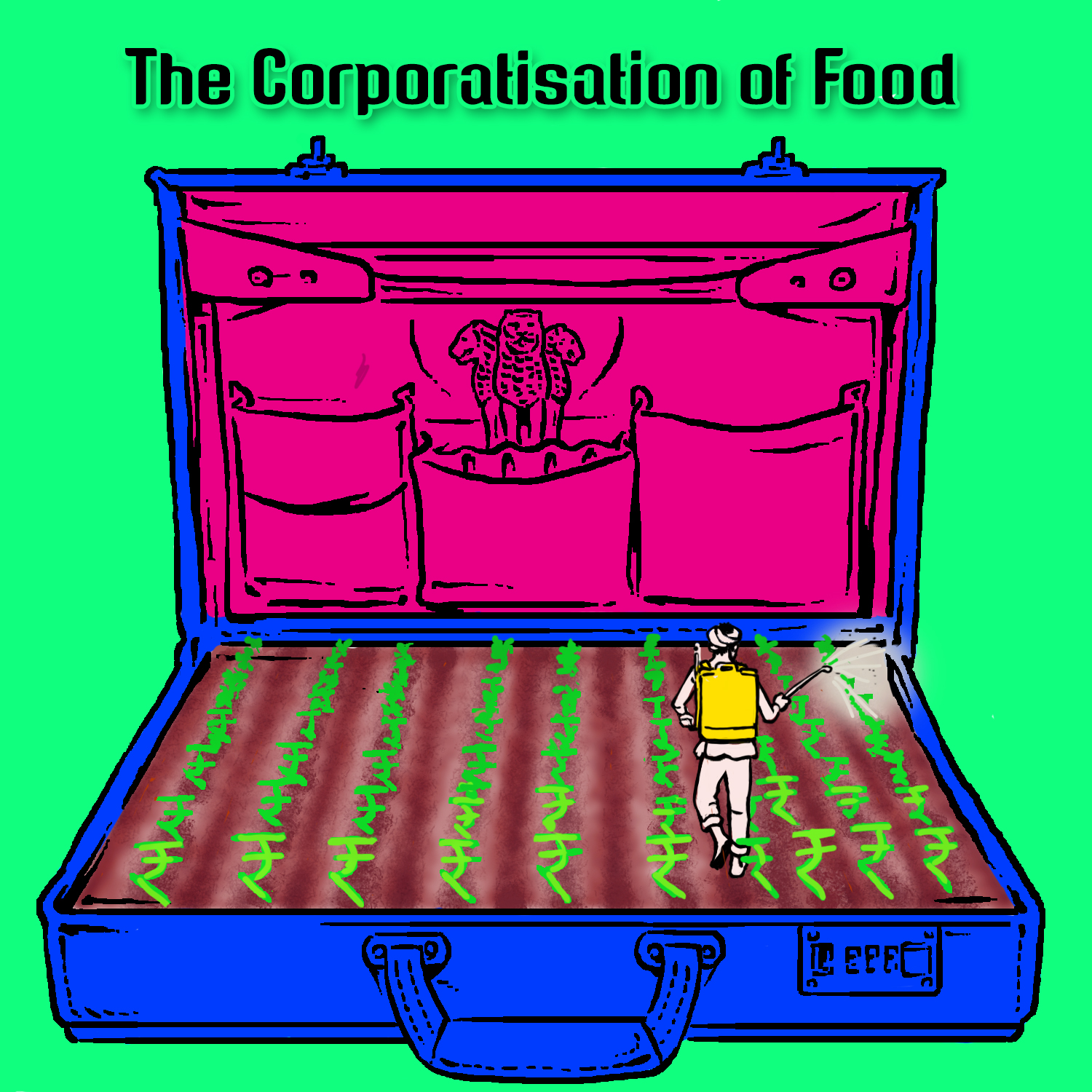
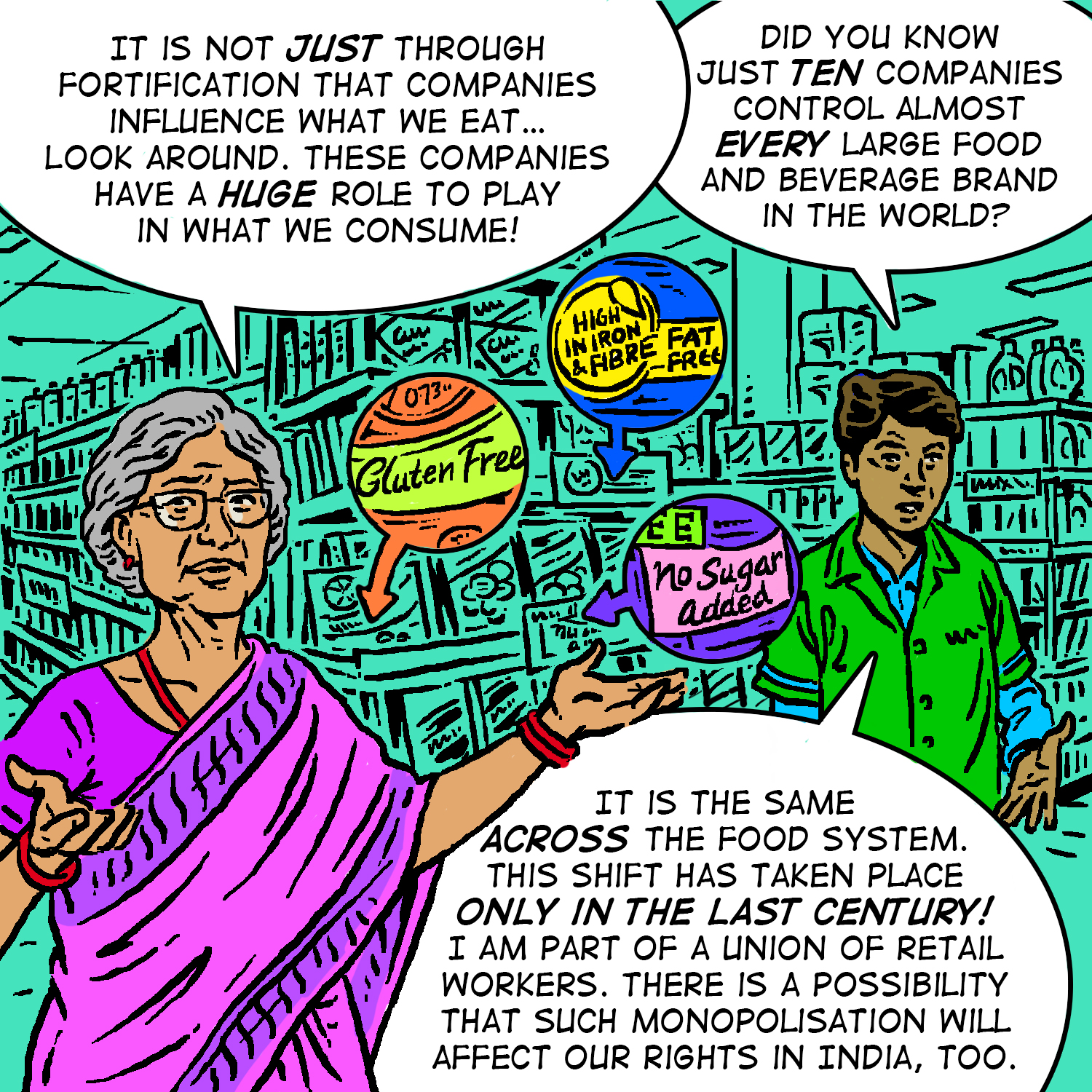
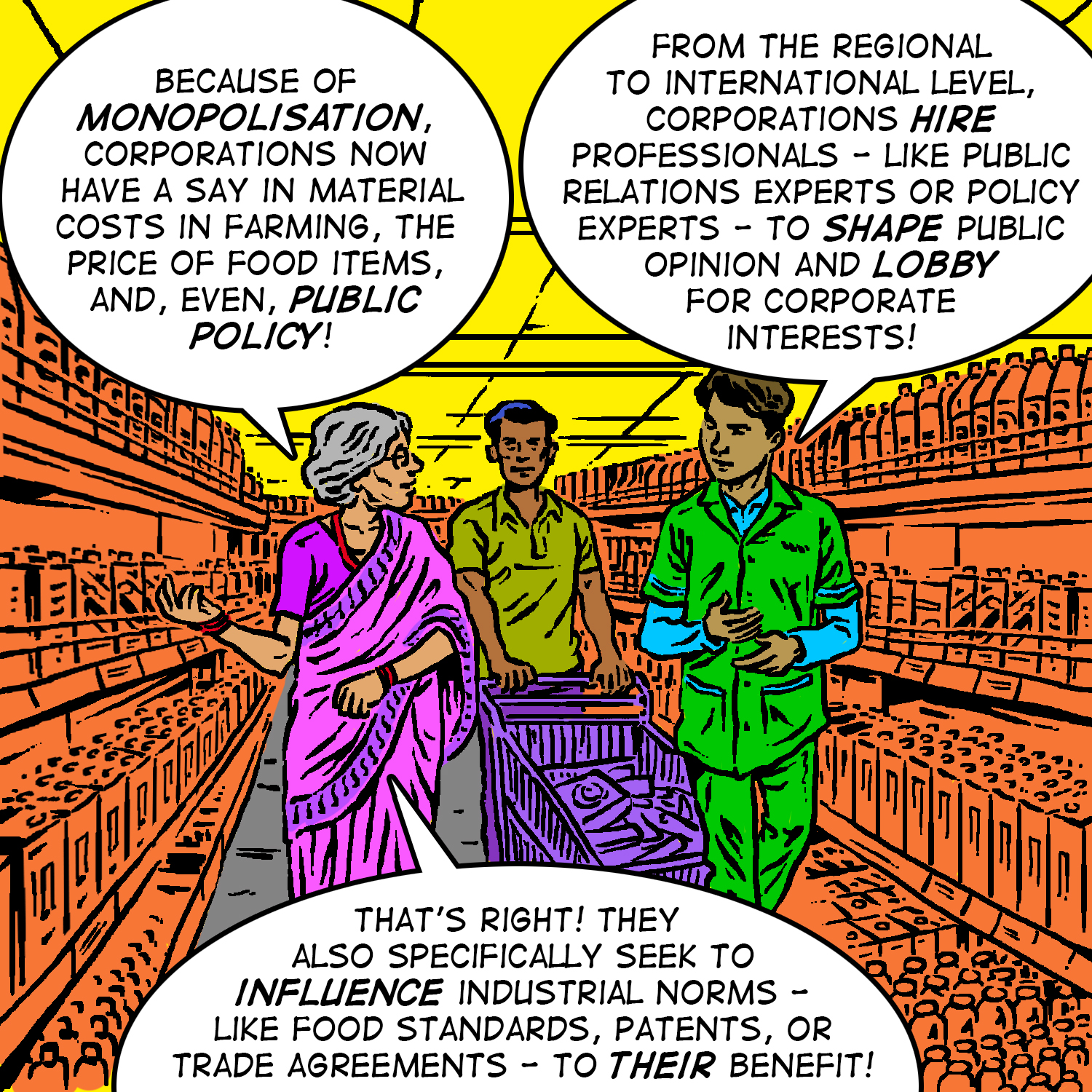

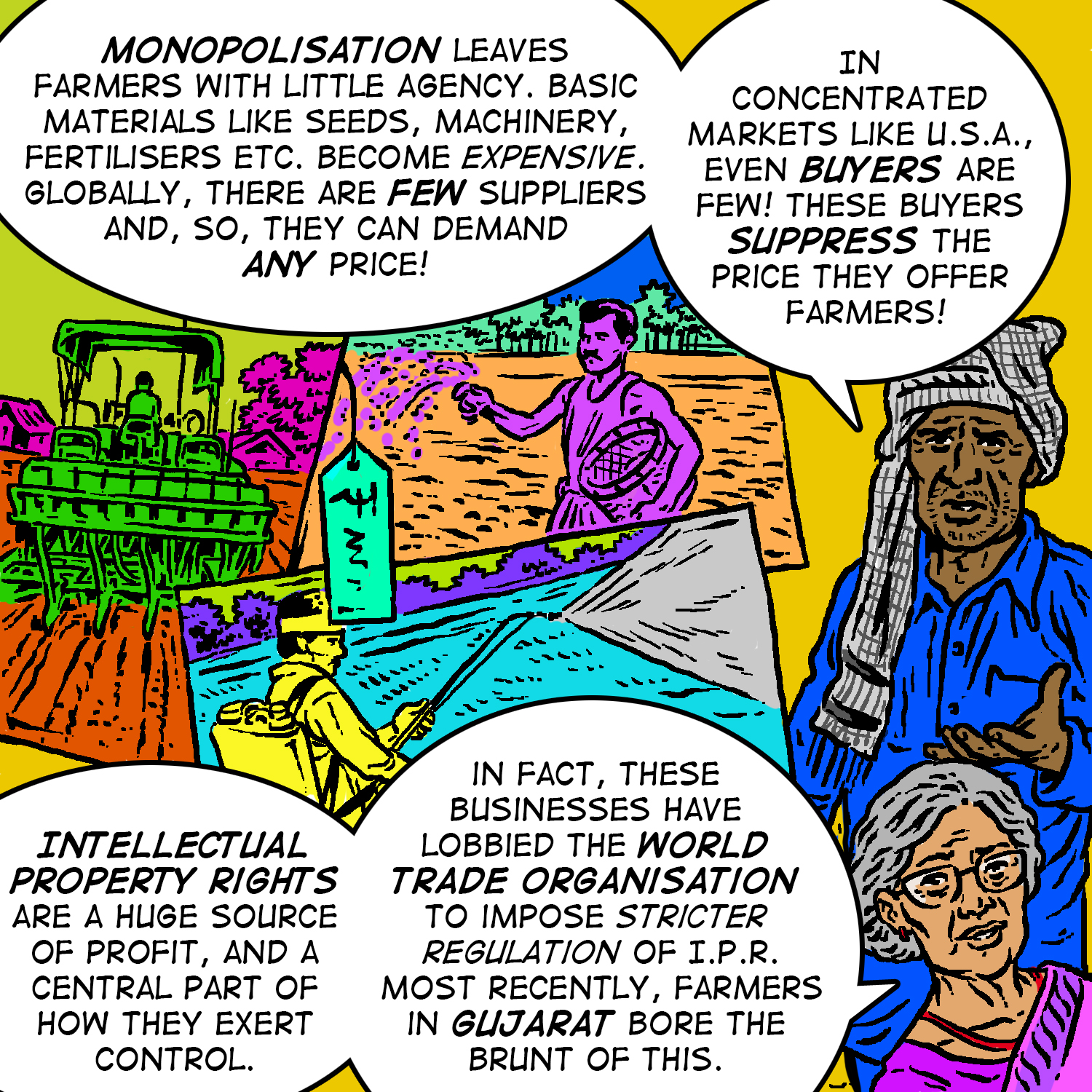
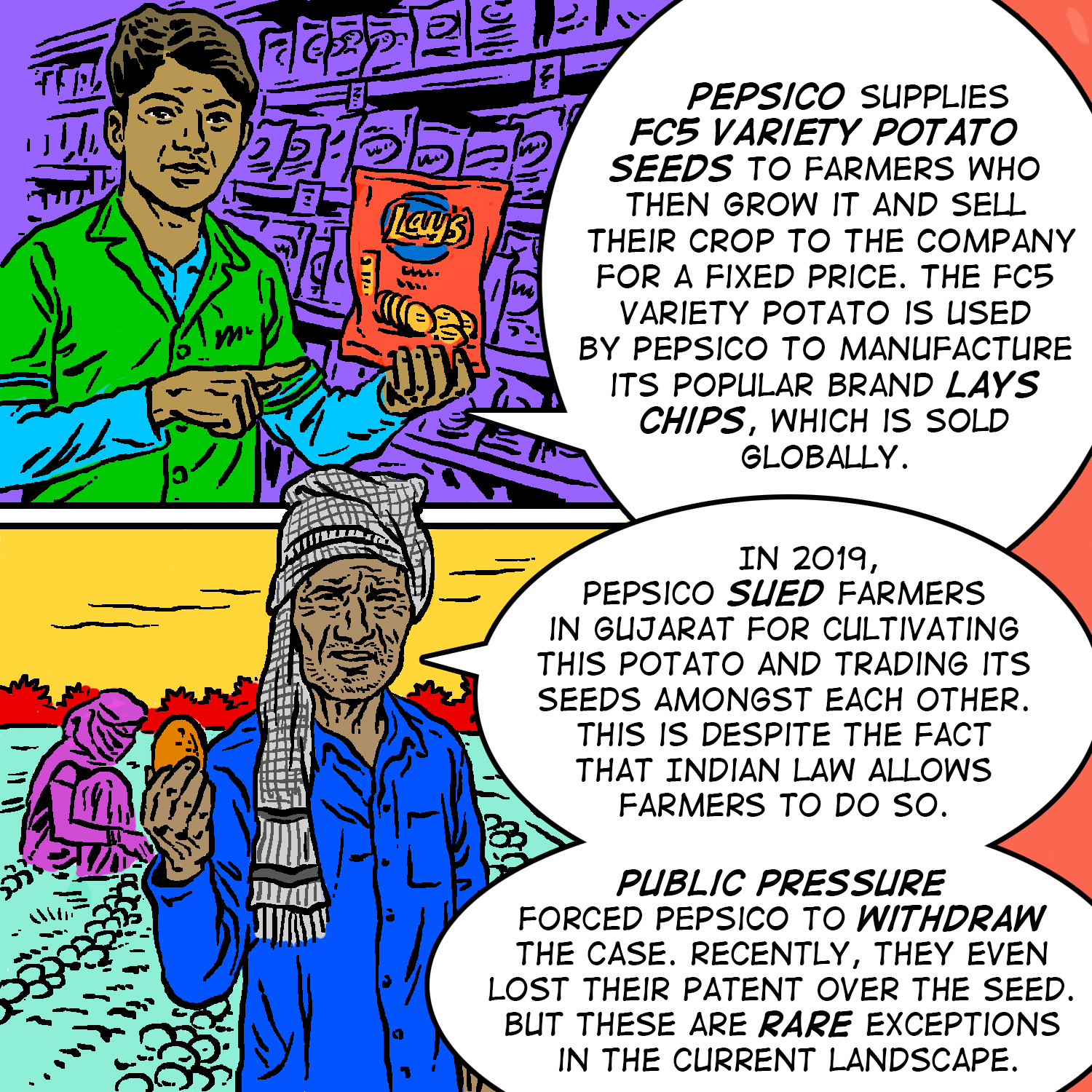


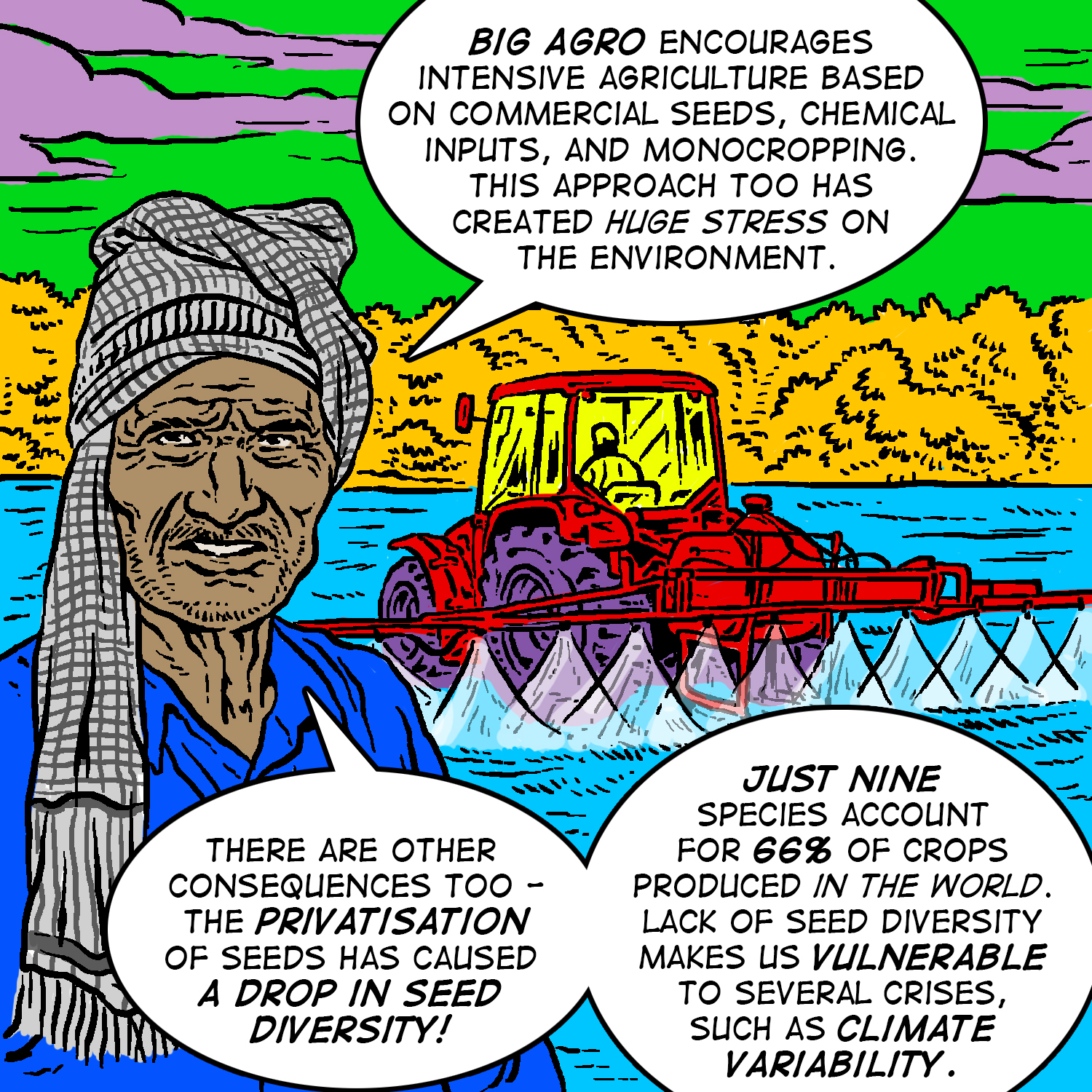
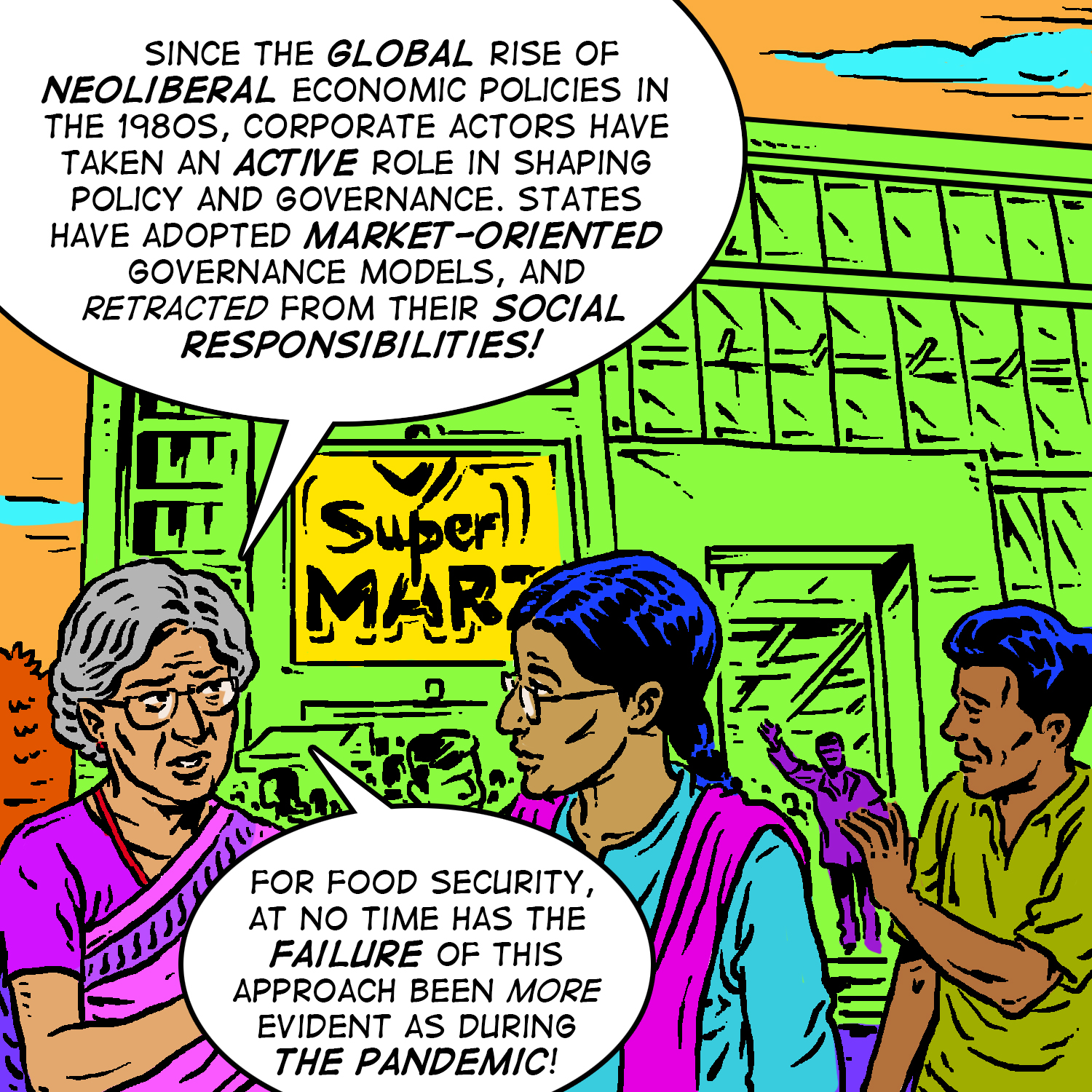
Chapter 13: Pandemic and Hunger — 3 & 5 October 2022
Lucky and Soni step into a tea shop, where they meet and talk with a group of people about the Covid-19 lockdown and how the pandemic changed their lives. In India, 80% of the working people earn less than Rs. 15,000 a month. Through their conversation, it emerges how the government expected them to deal with the lockdown, and why better provisions were not made to ensure that people did not go hungry. A livelihood survey by the Azim Premji University stated that 90% of respondents had cut down on food intake in the first year of Covid-19 alone. Millions of poor are not covered under the food security system, especially migrant workers who often do not have the necessary address-proofs and documents to get a ration card made in the cities in which they work. Finally, the discussion is about the suspension of the mid-day meal scheme during the lockdowns and how it has created uncertainty around nutrition of children.

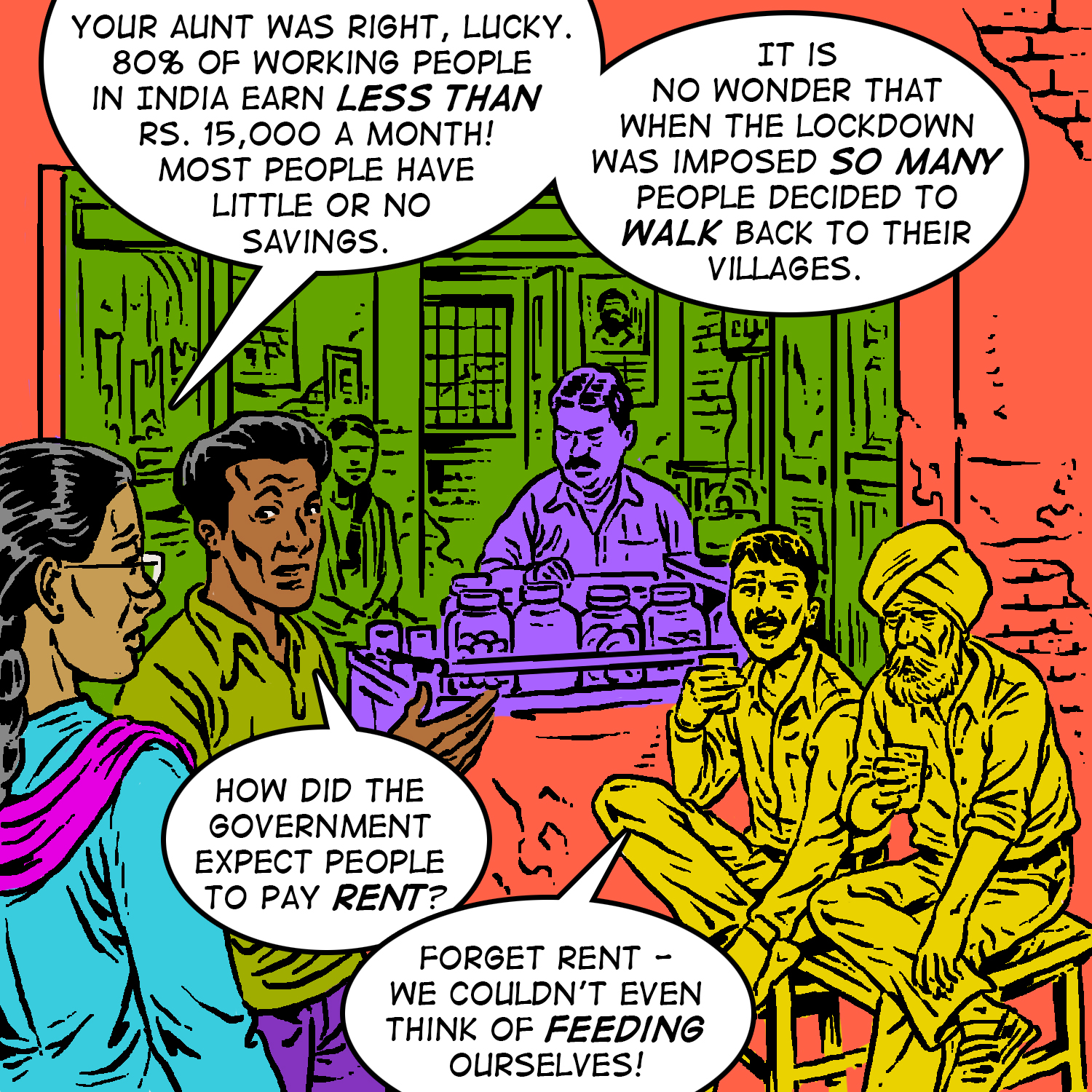

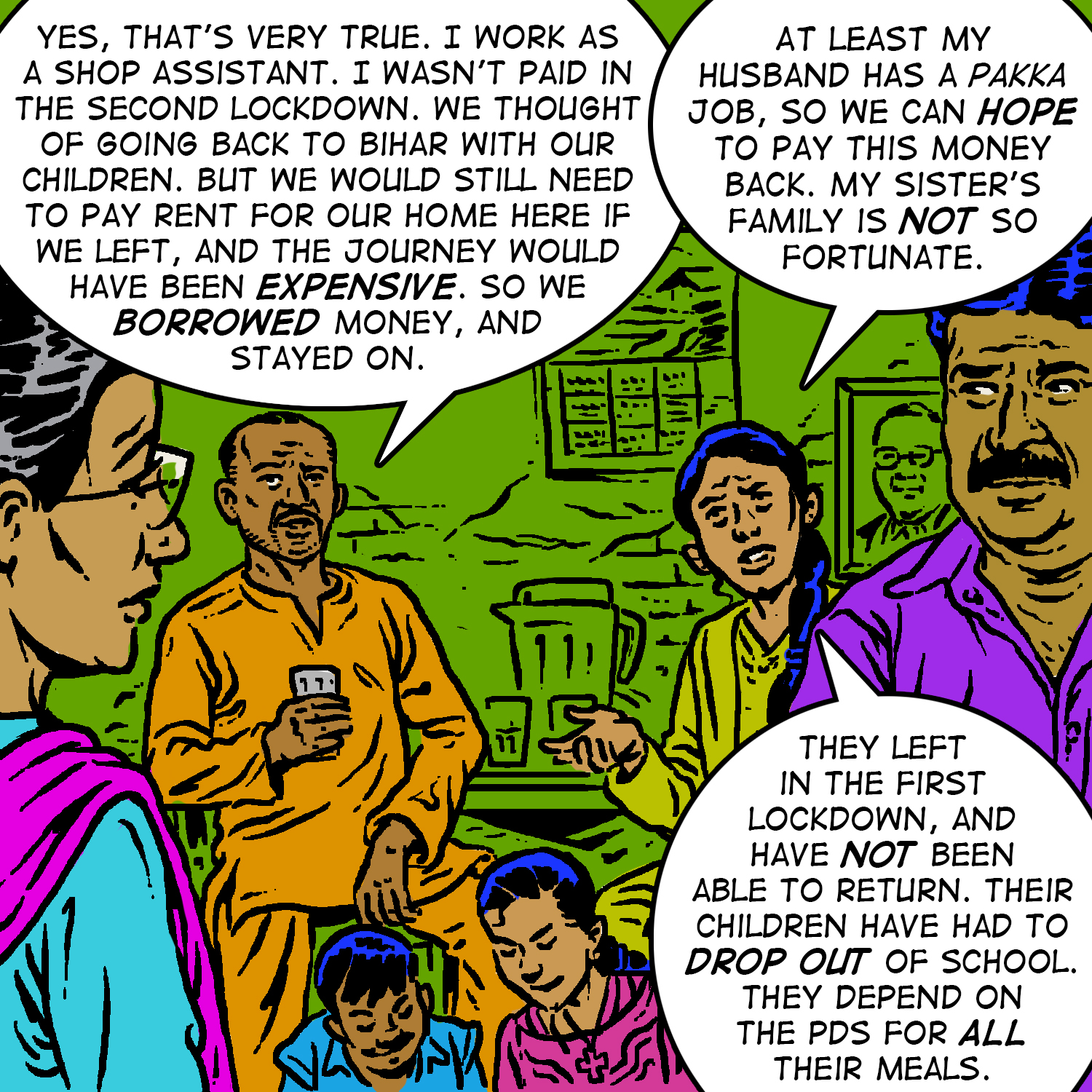
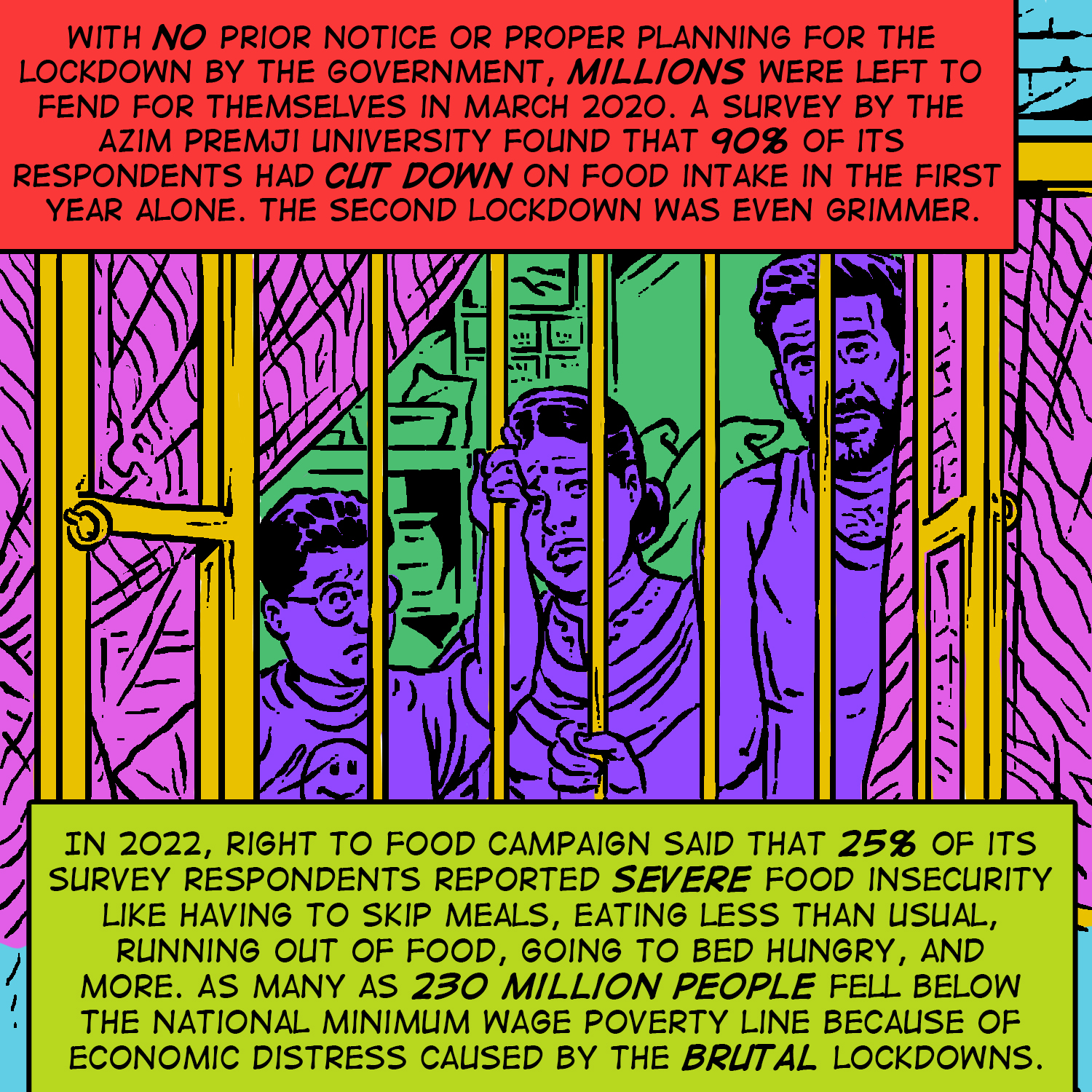
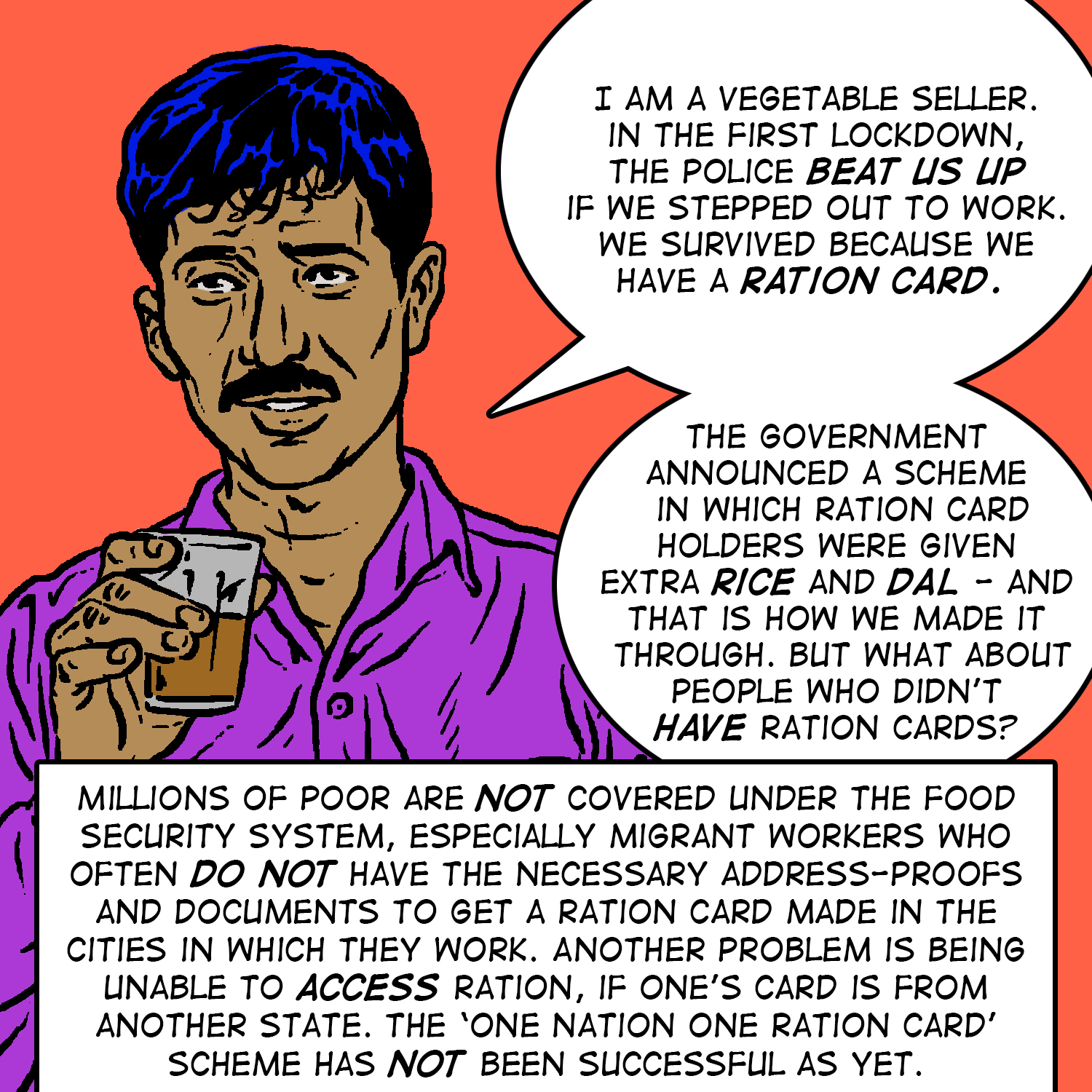
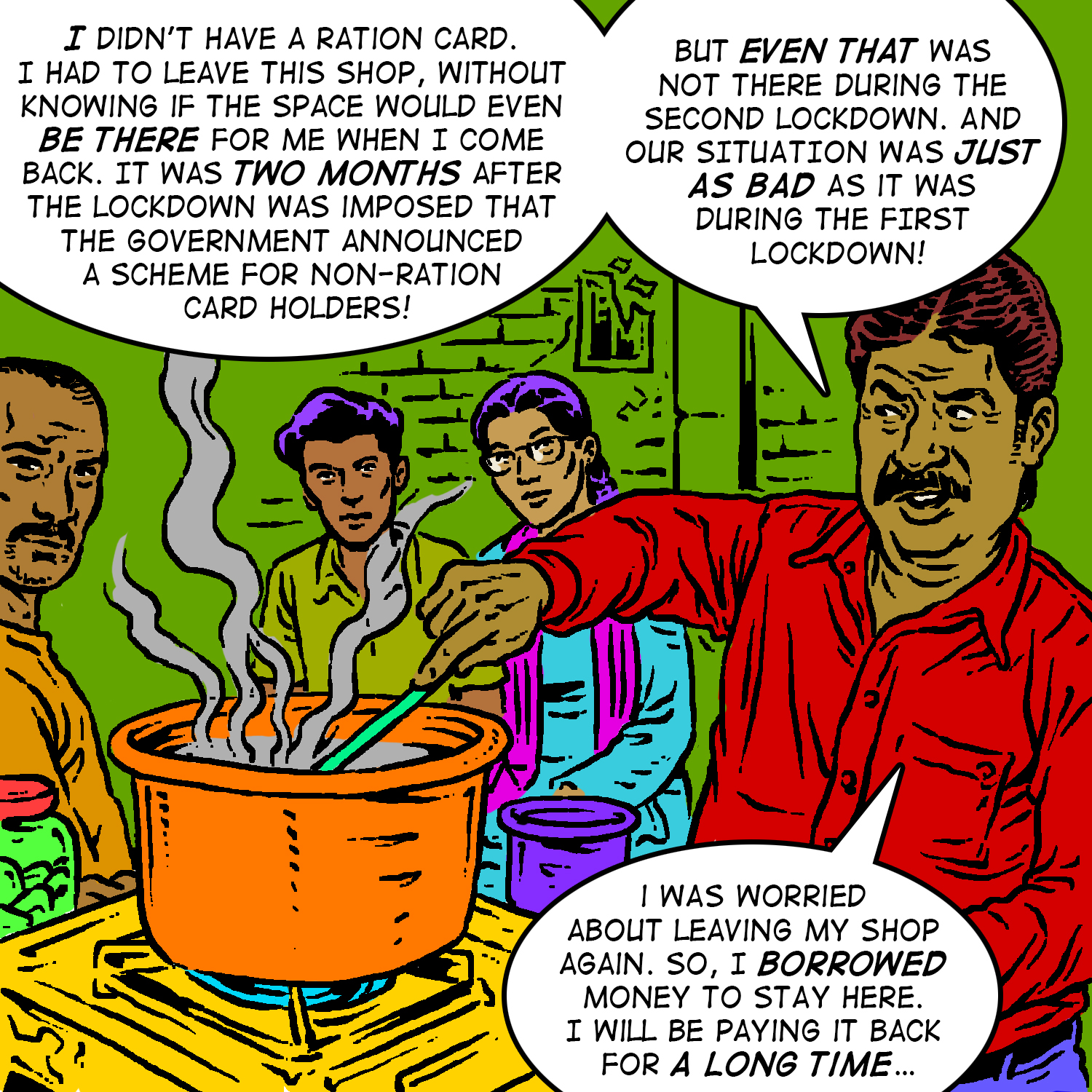
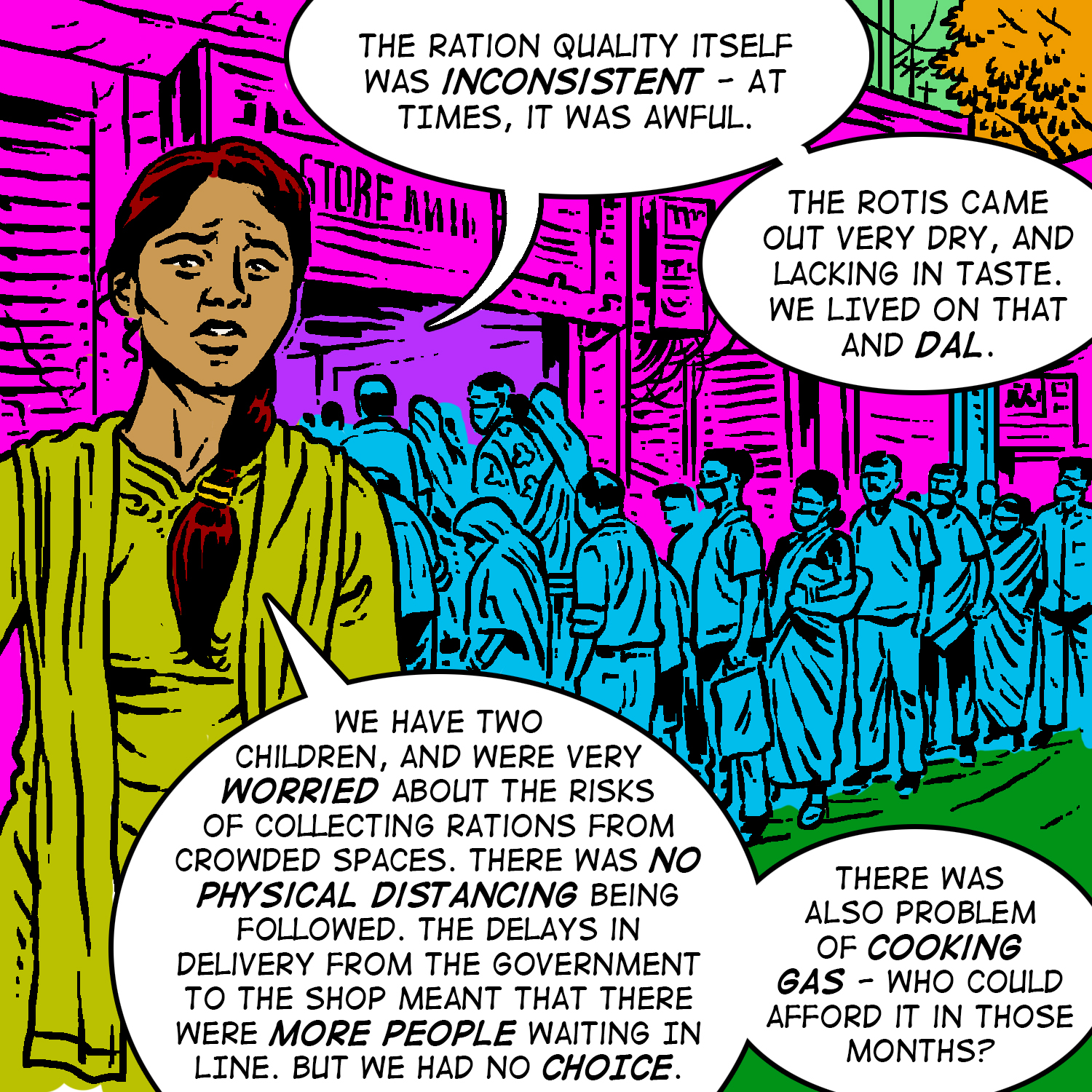


Chapter 14: The Need For Universalisation, Decentralisation and Diversification of PDS — 17 & 21 October 2022
In this chapter, Lucky and Soni travel to Odisha. On their journey, they discuss how in a country with such precarious working conditions, the PDS must be universalised. When they reach Odisha, they meet Sankalp and they discuss the shortcomings of the One Nation One Ration Card scheme and why the implementation of the PDS should be decentralised. They also found out about millets, which has been introduced into the PDS by Odisha and is being made part of the state’s nutrition programmes – a welcome step towards diversifying the PDS. Though this system too has its shortcomings, such an approach is important as it prioritizes people’s nutrition over profits.
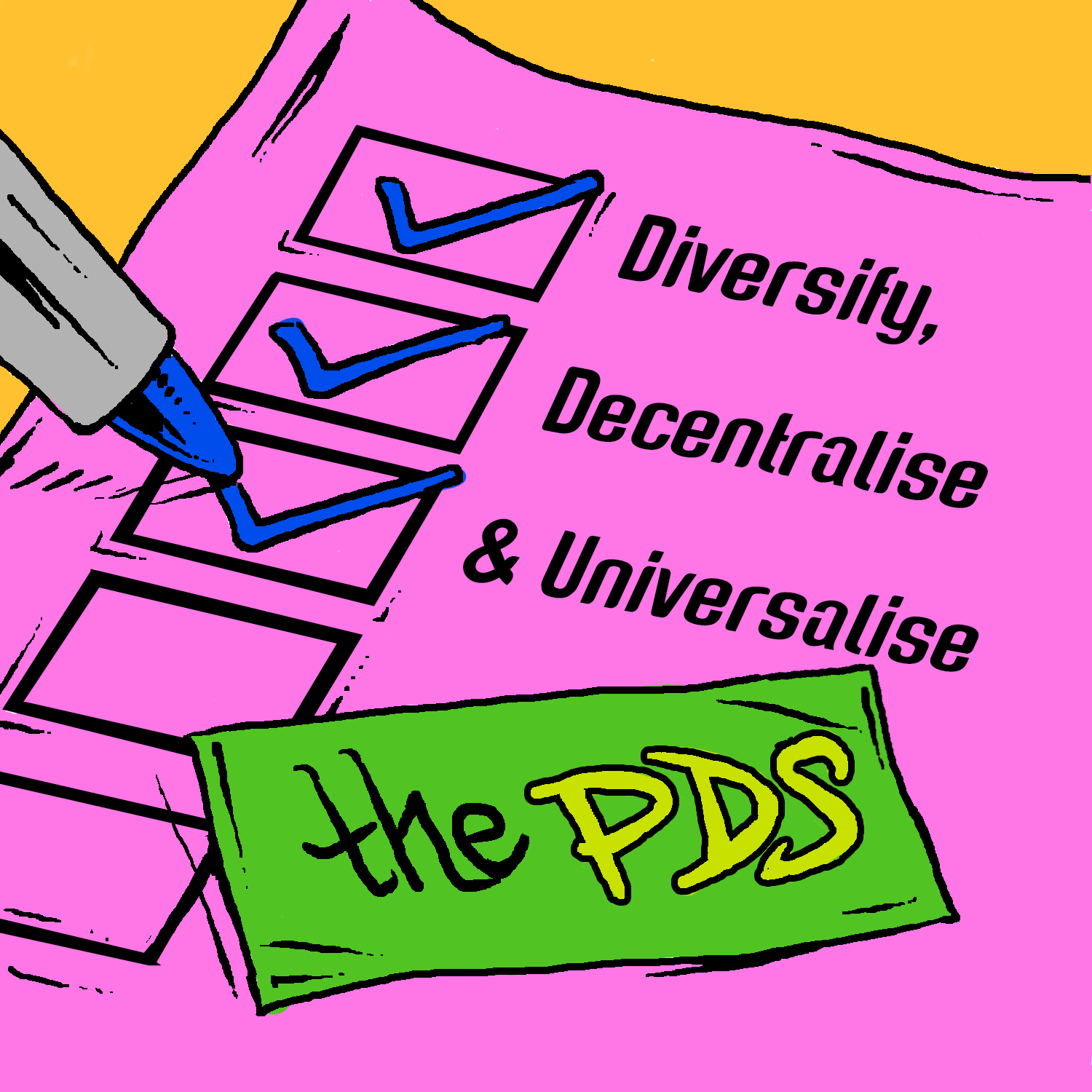
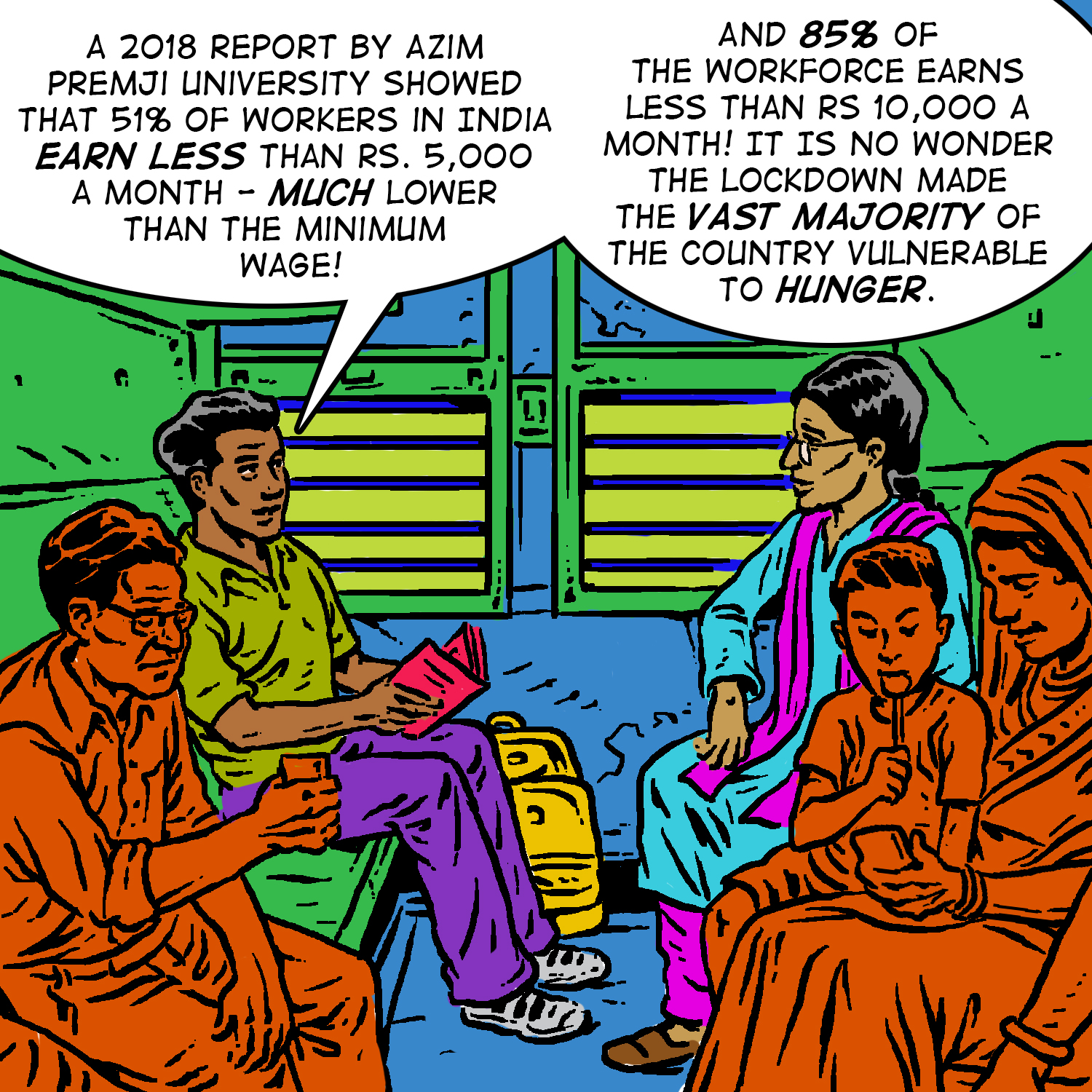
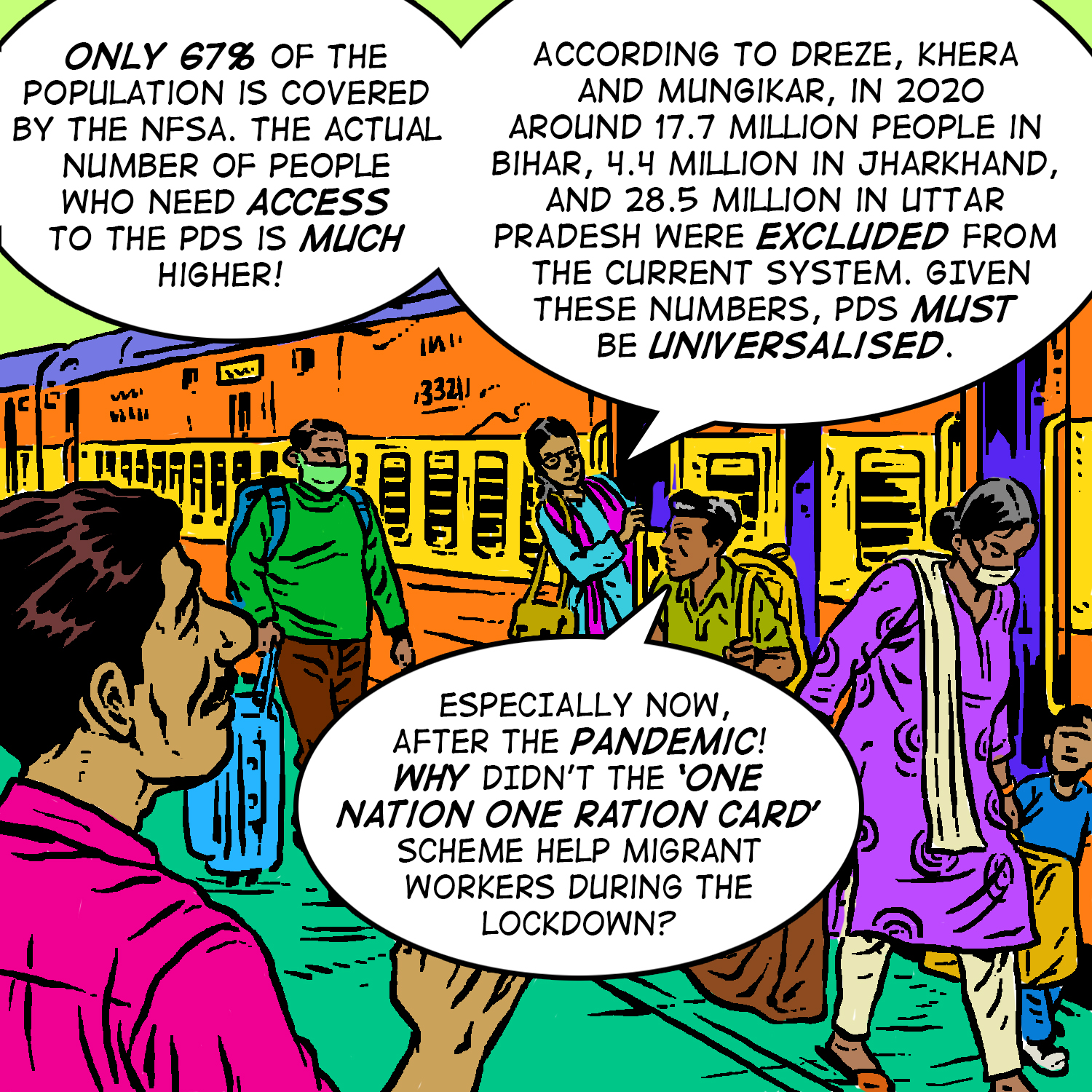
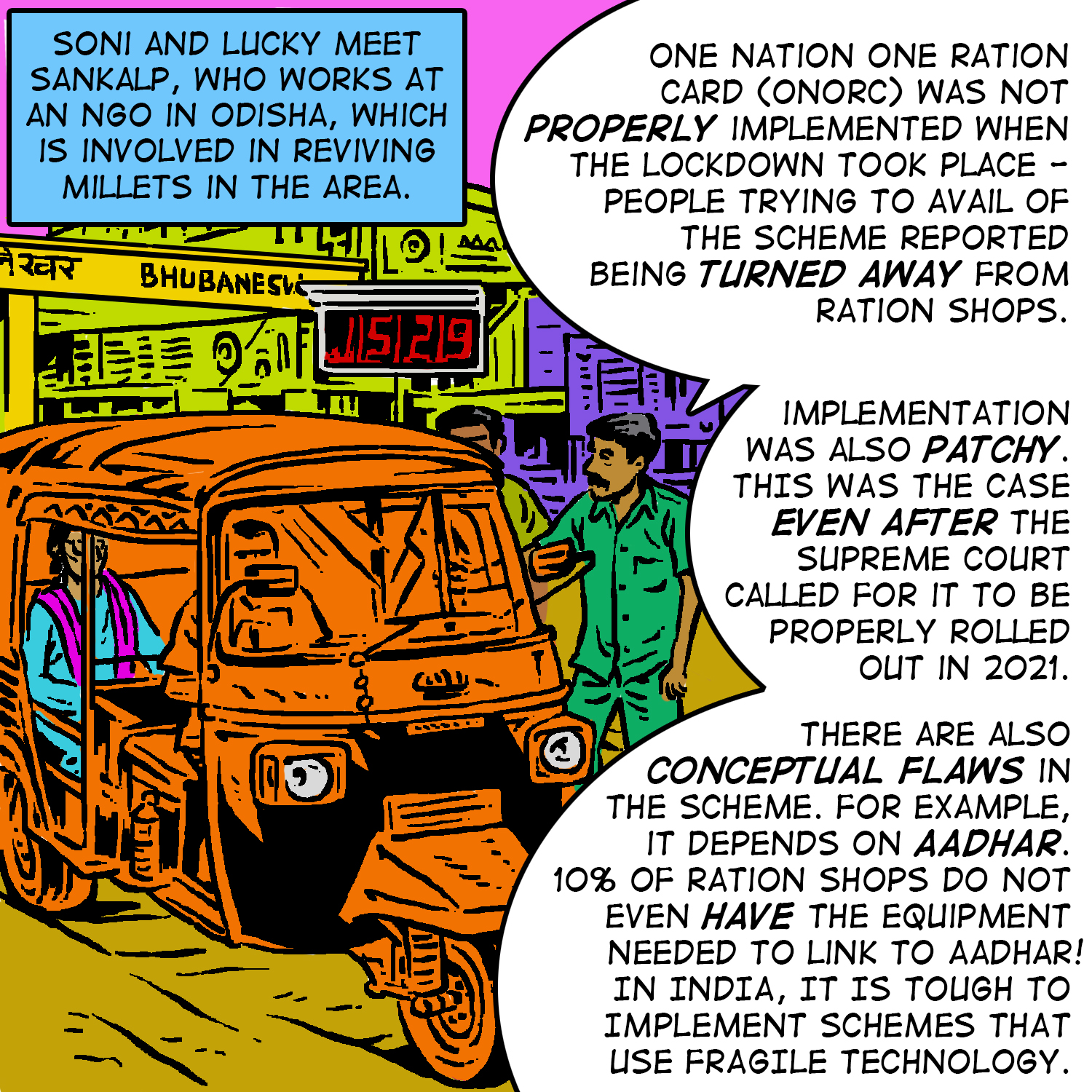
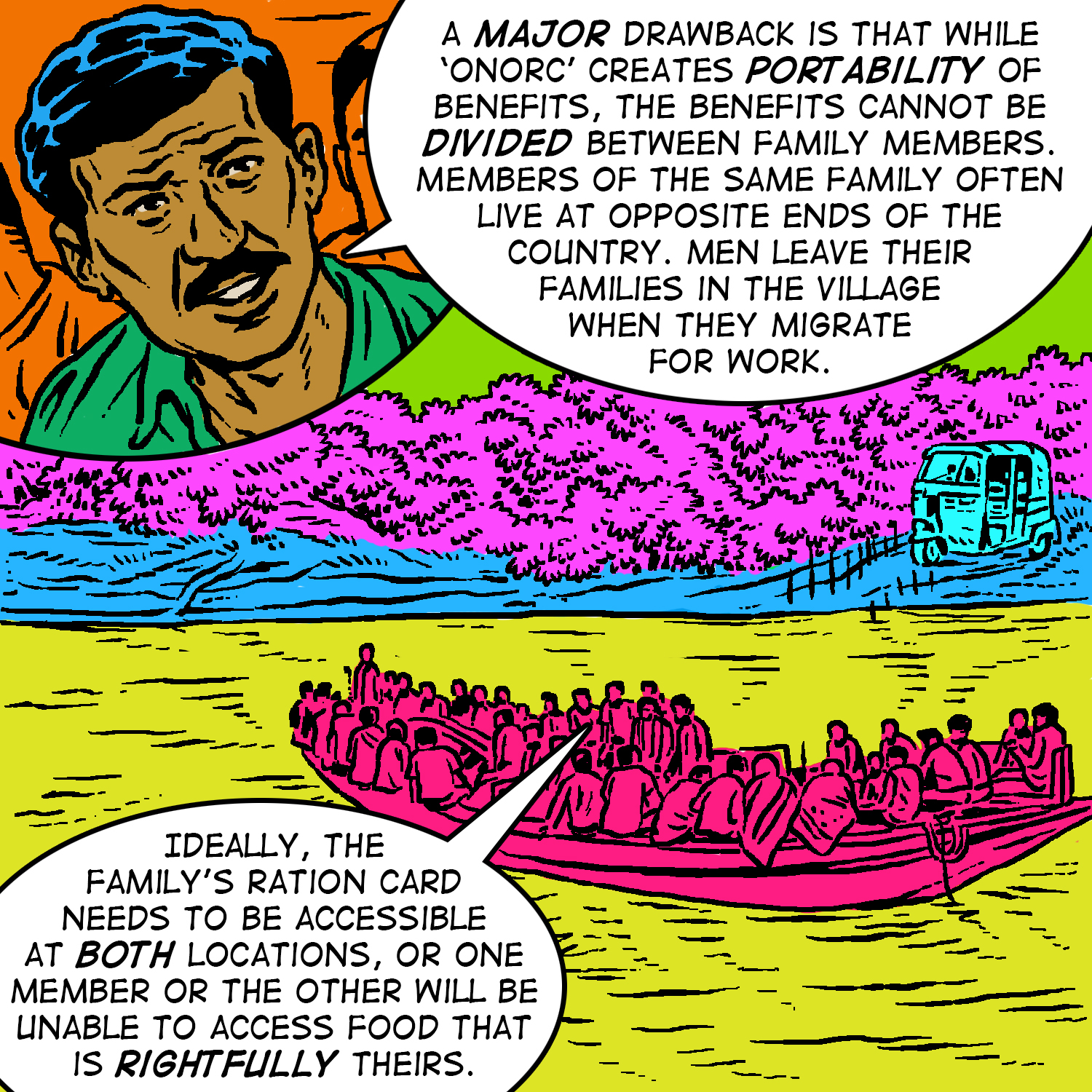
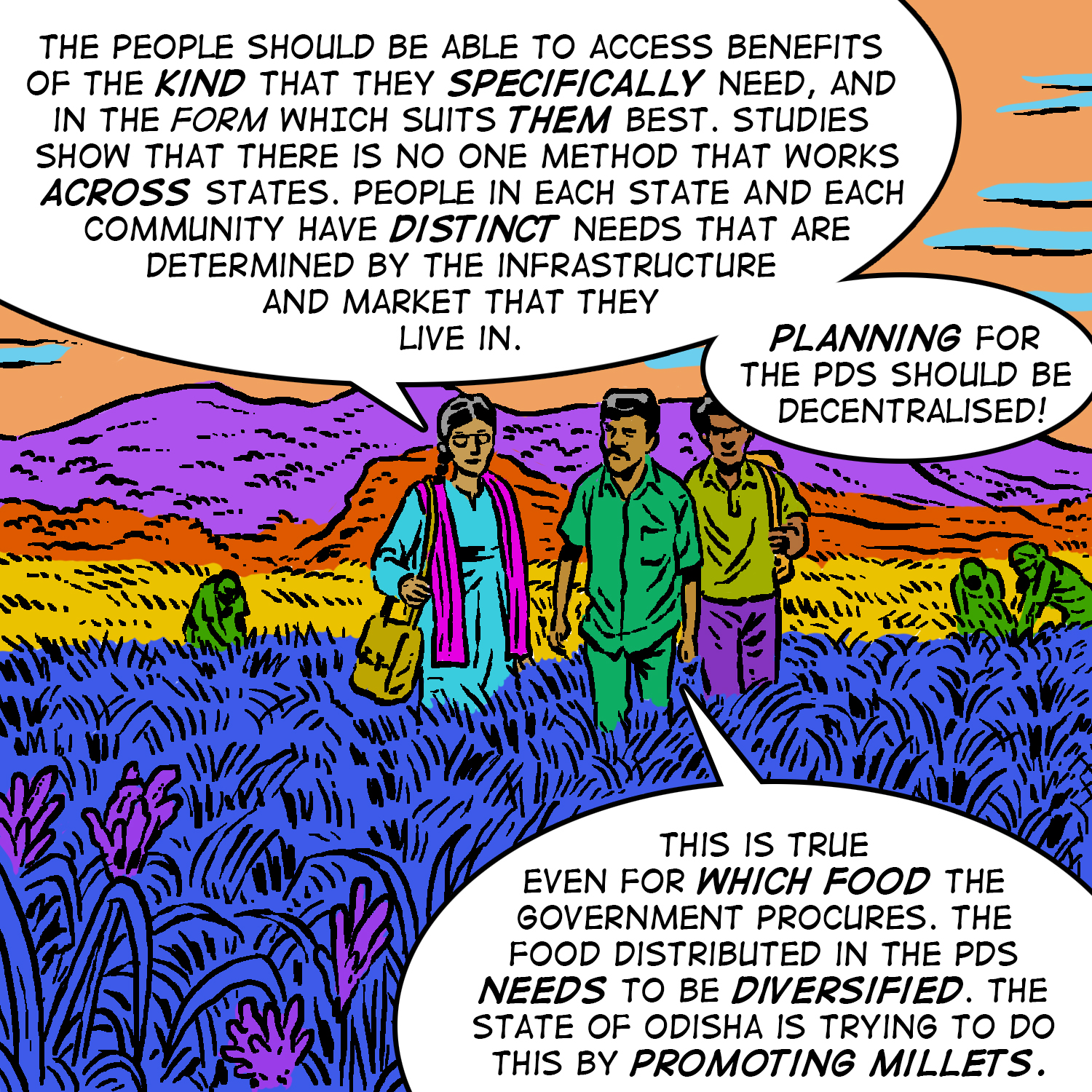
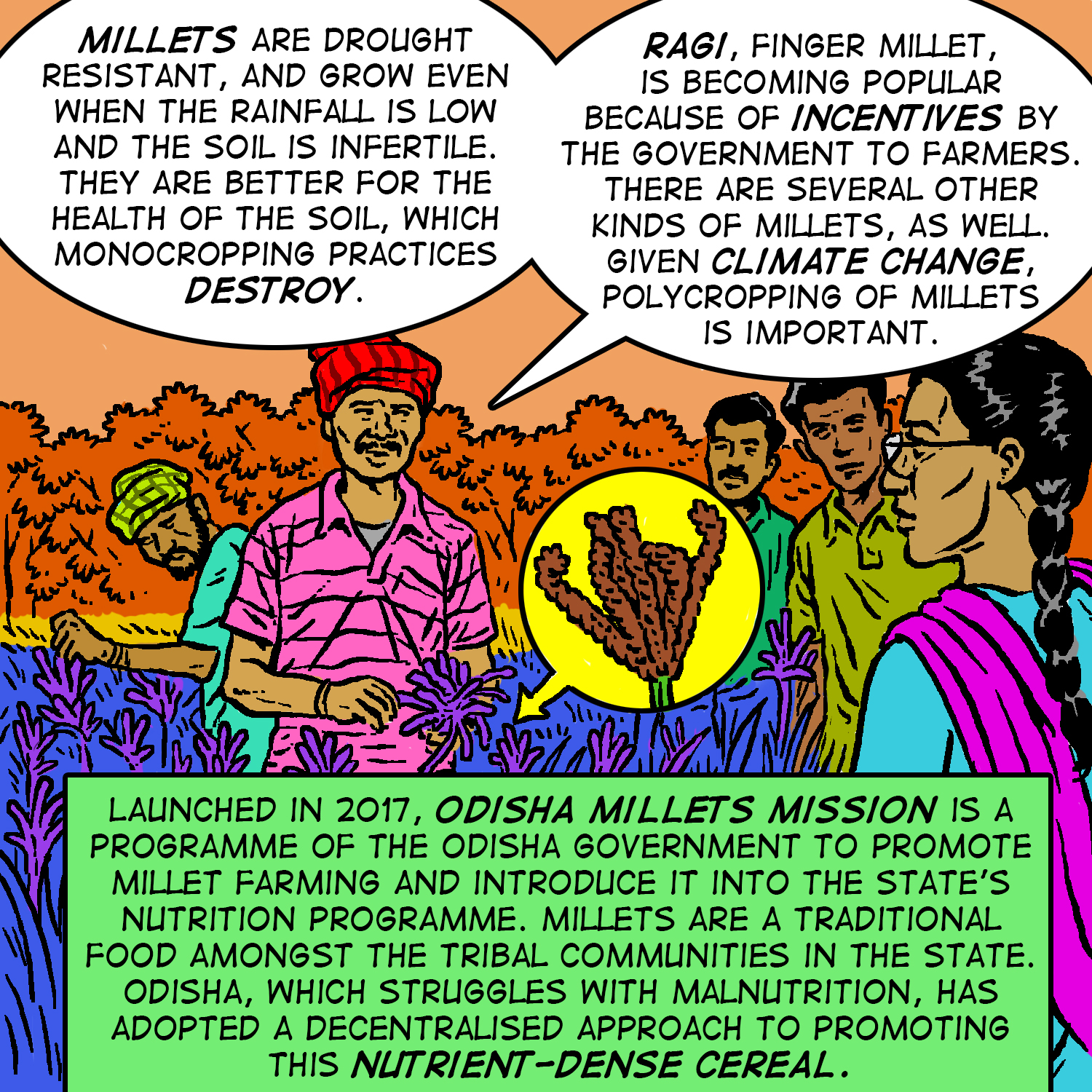

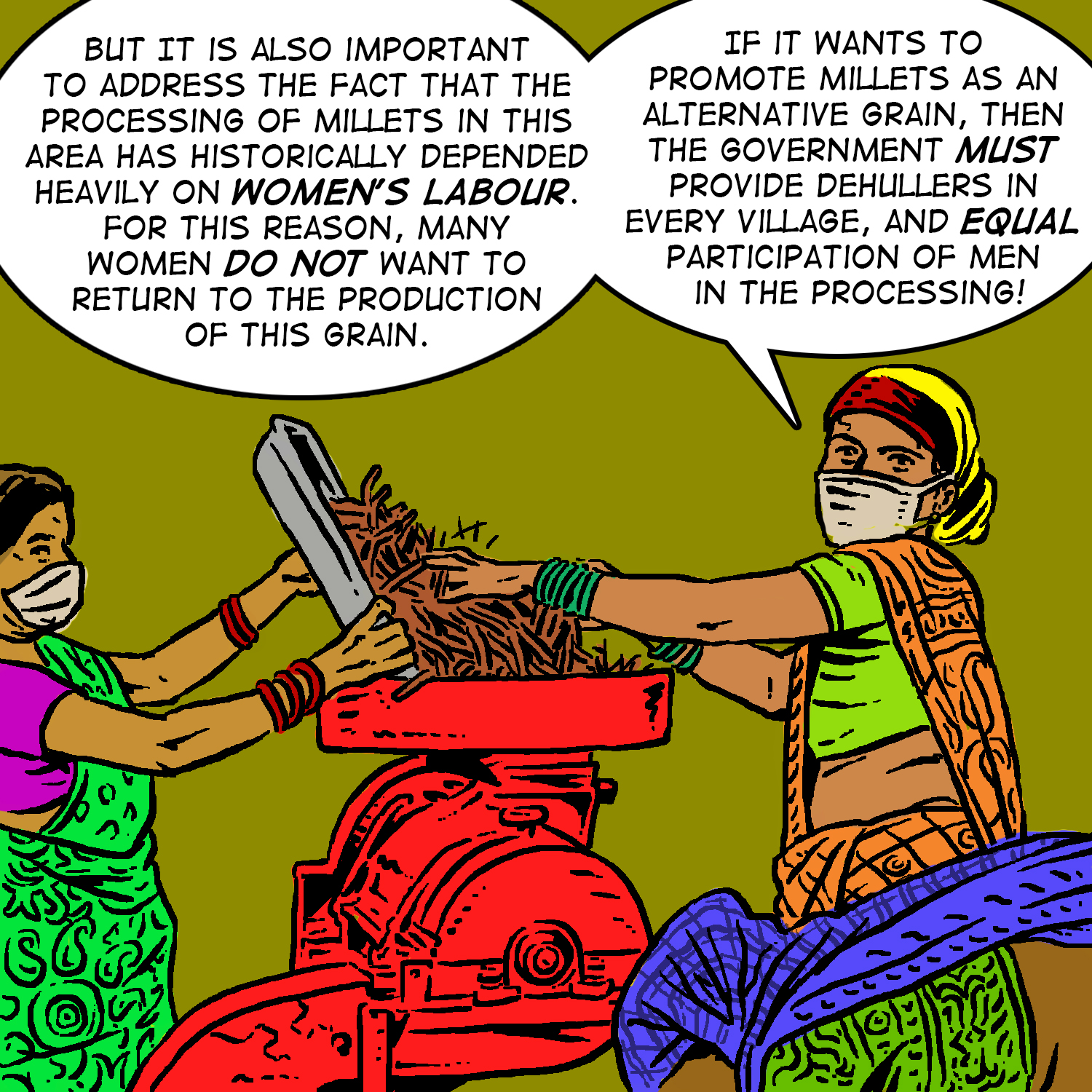
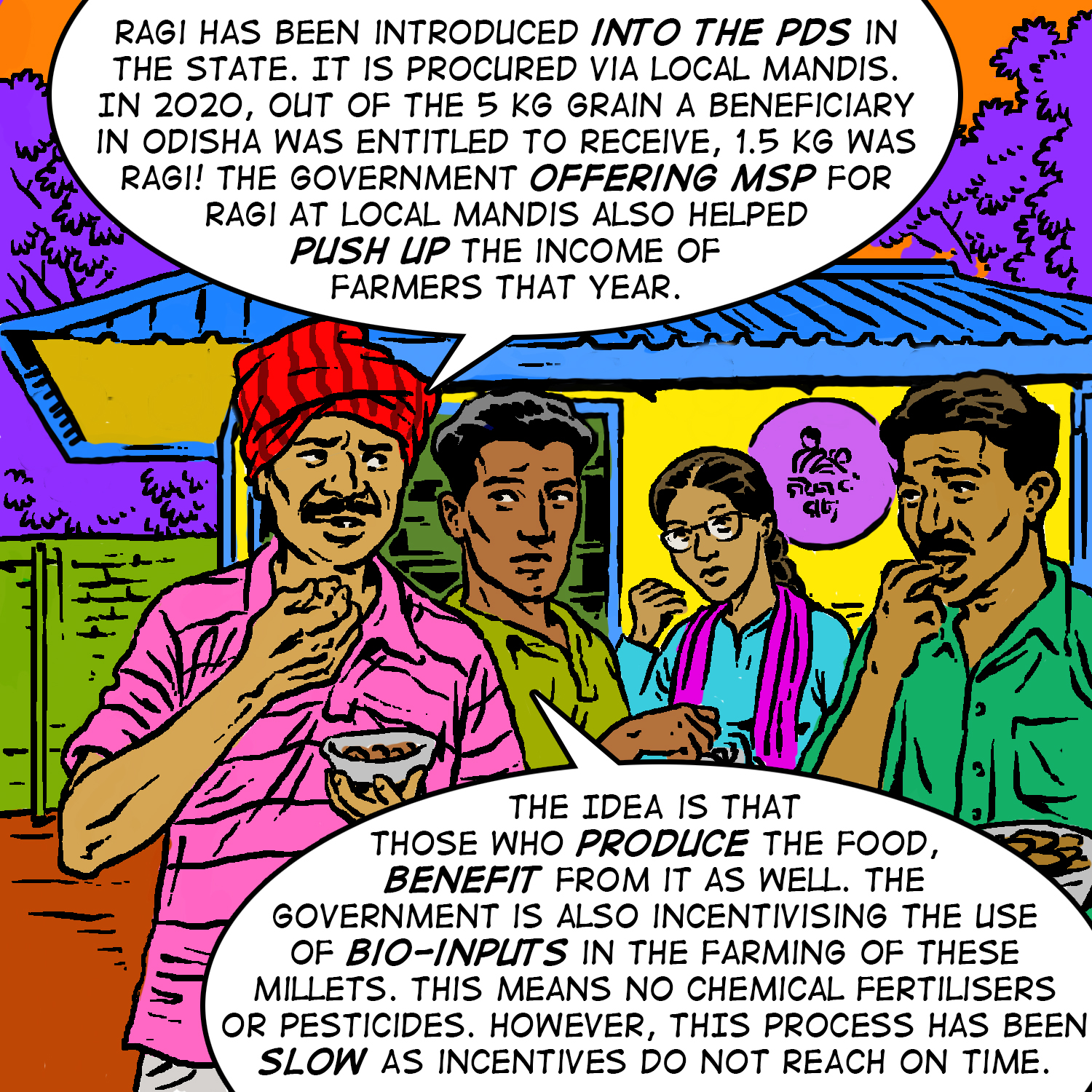

Chapter 15: Way Forward — 31 October 2022 & 2 November 2022
In this last chapter of the first part of #IndiaGraphicSeries, some of the many friends that Soni and Lucky made on their journey gather to share a meal and discuss the path to a just future from each of their perspectives.
